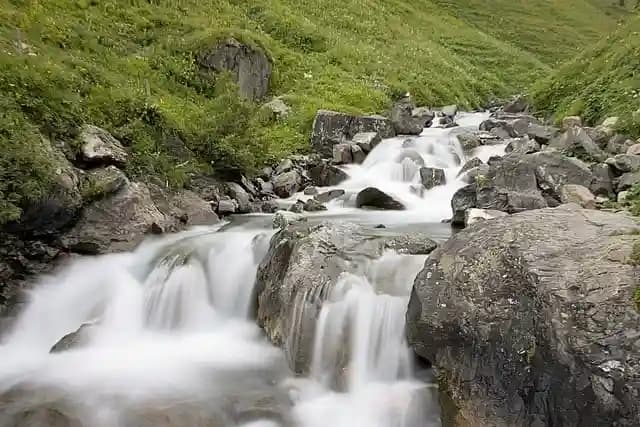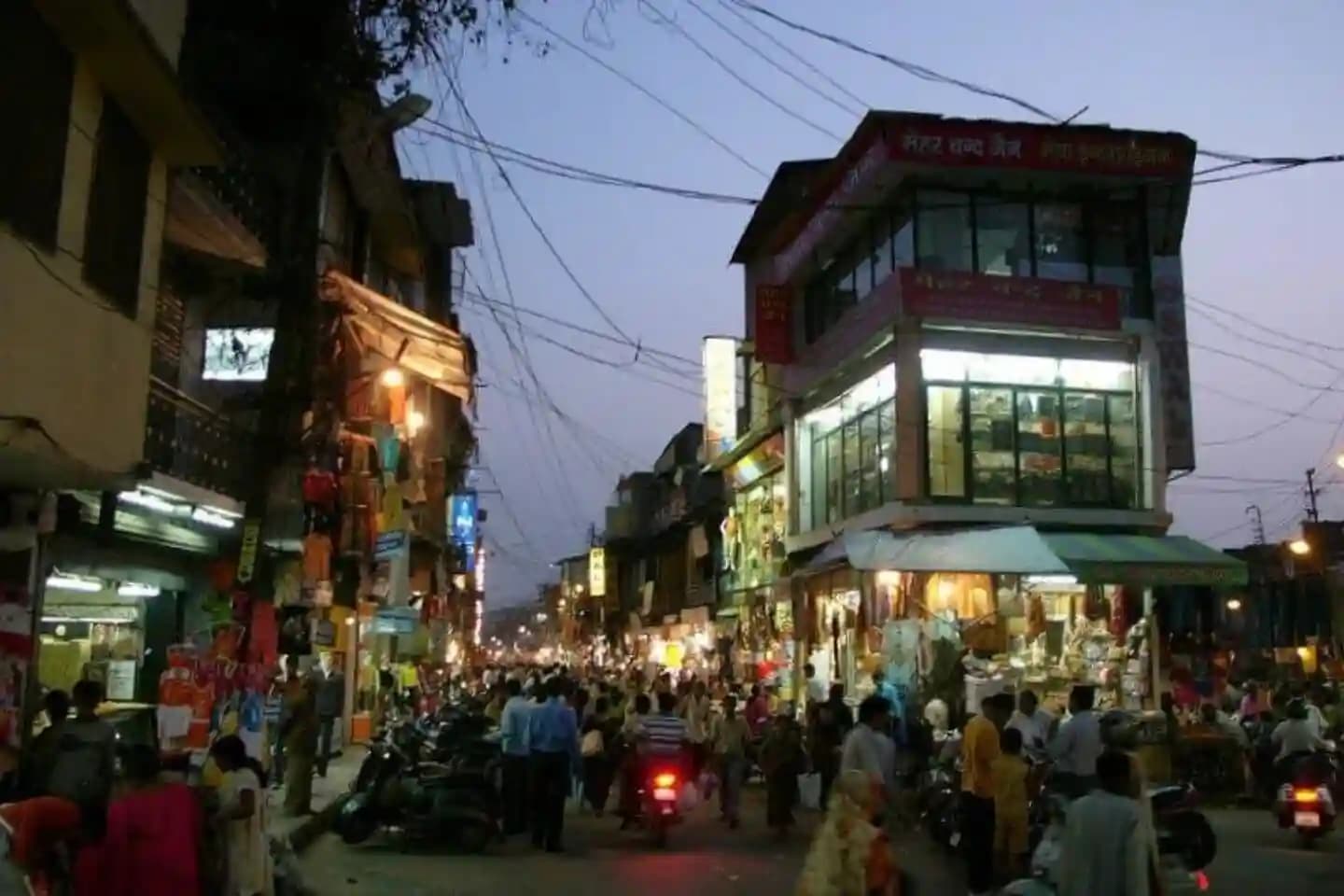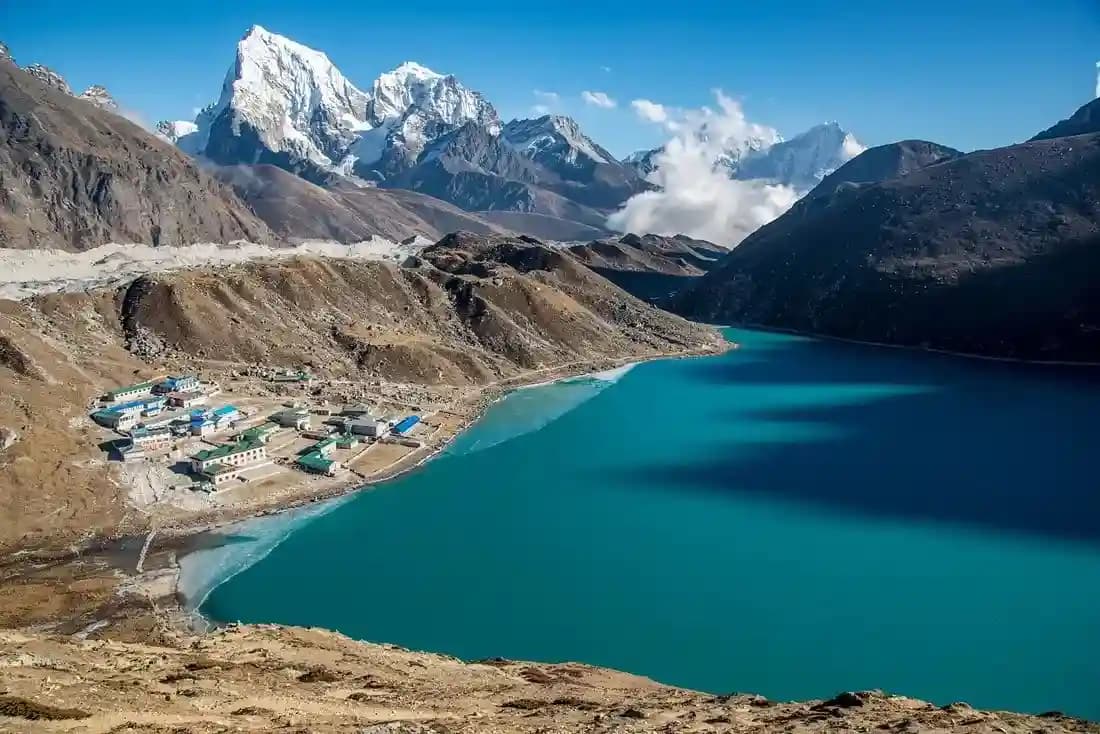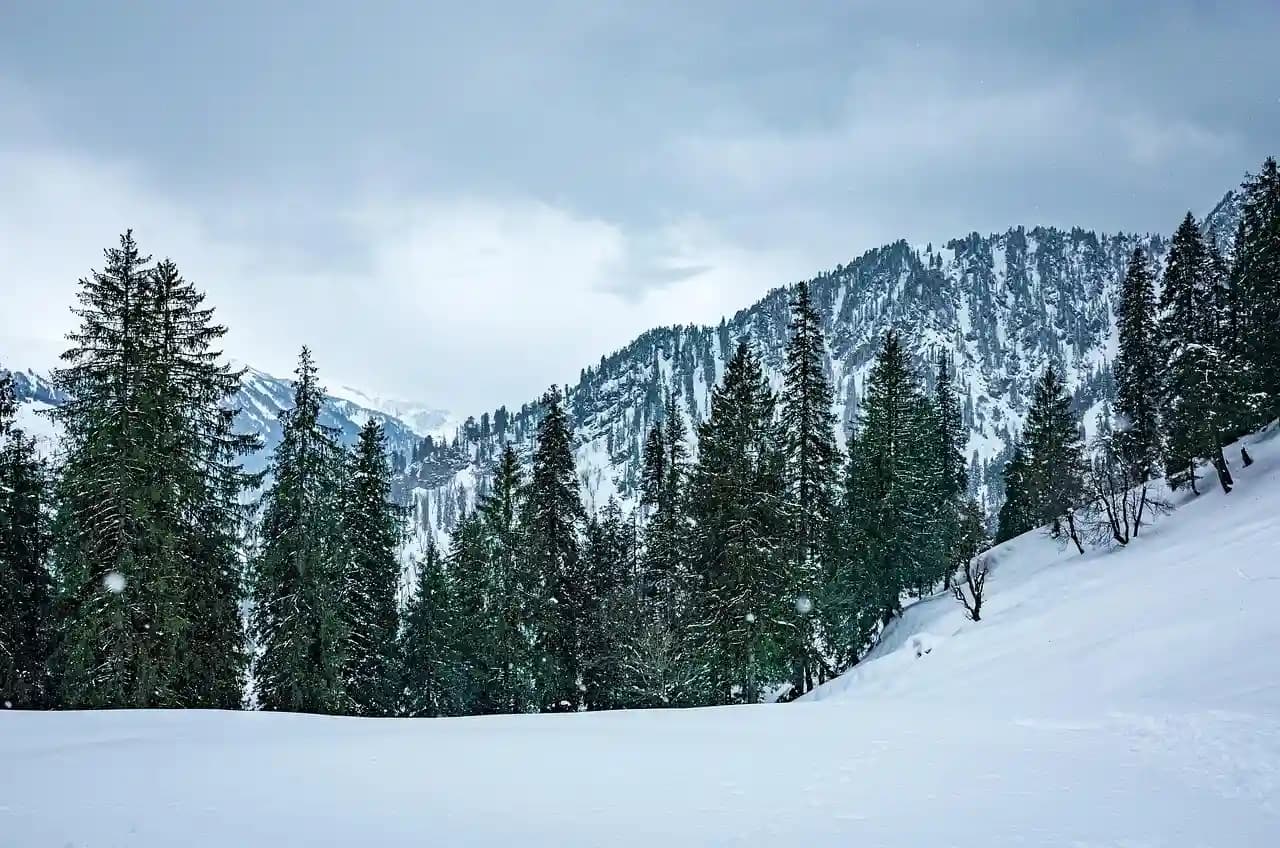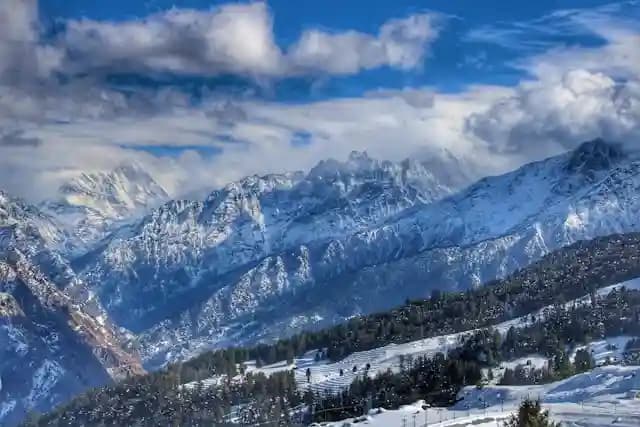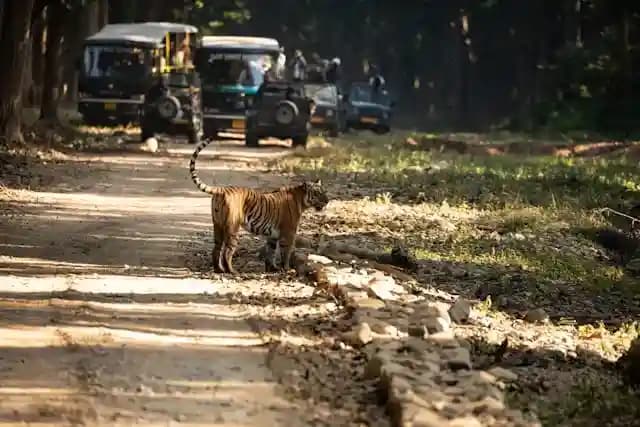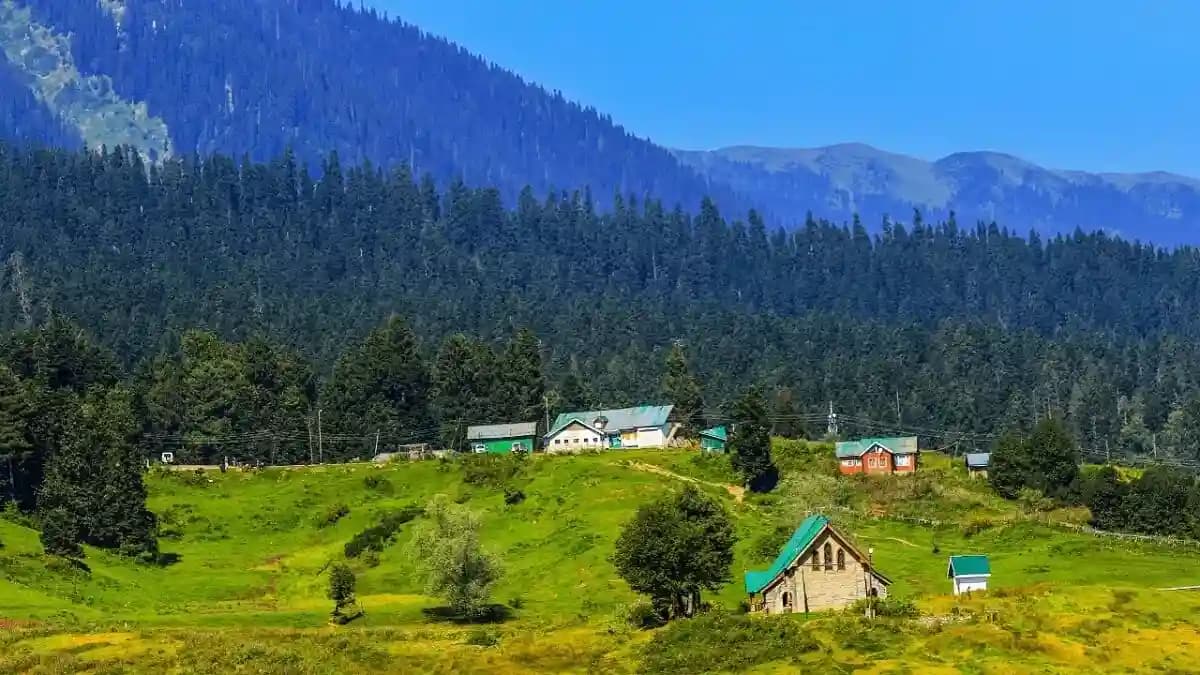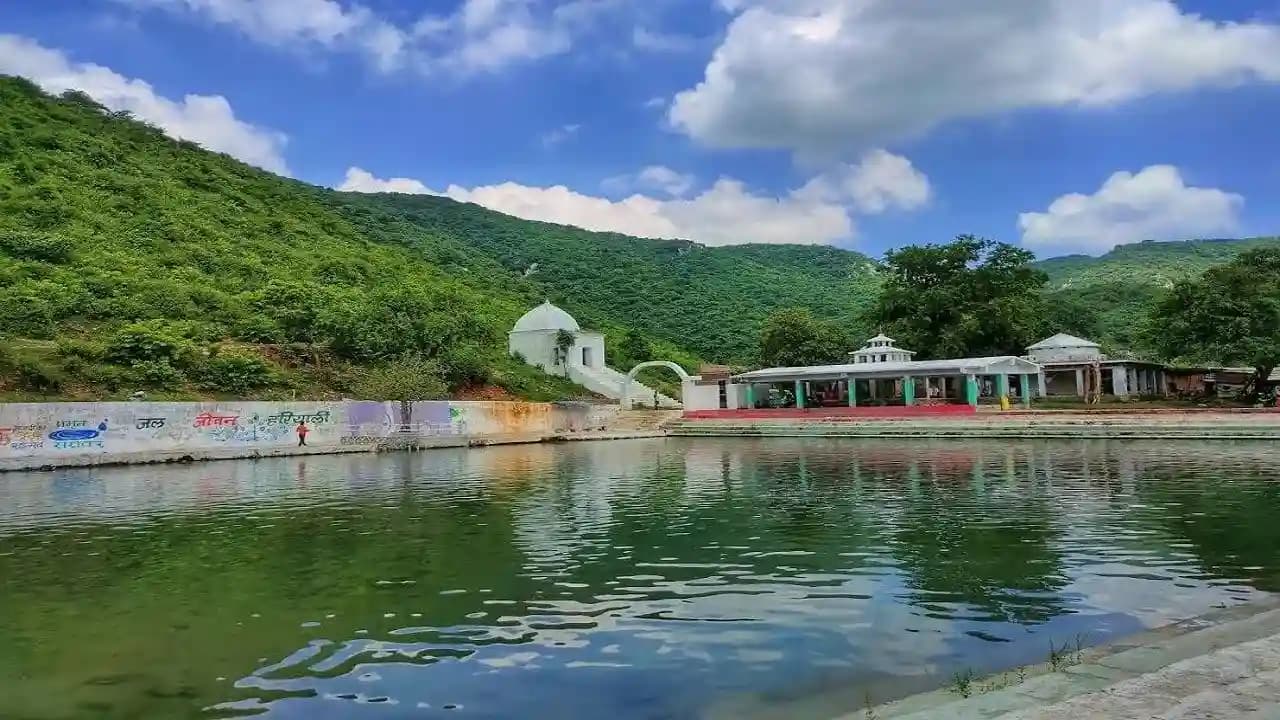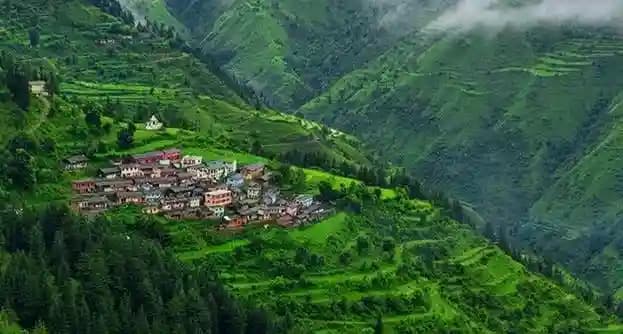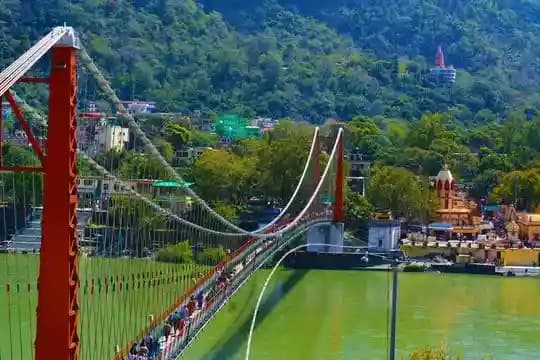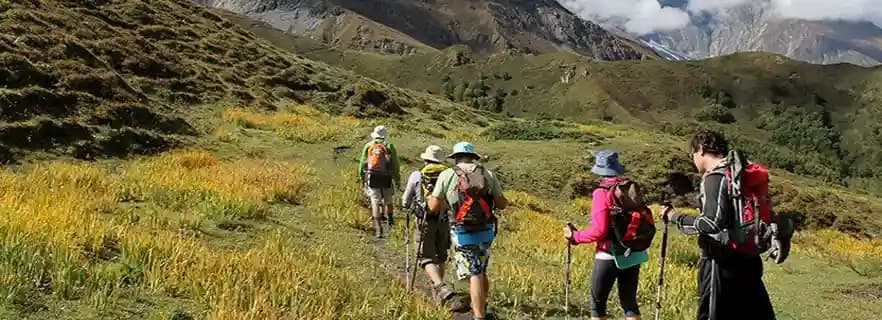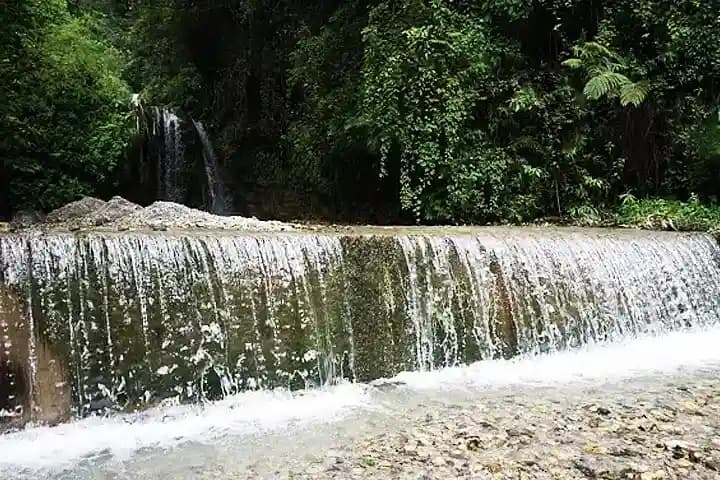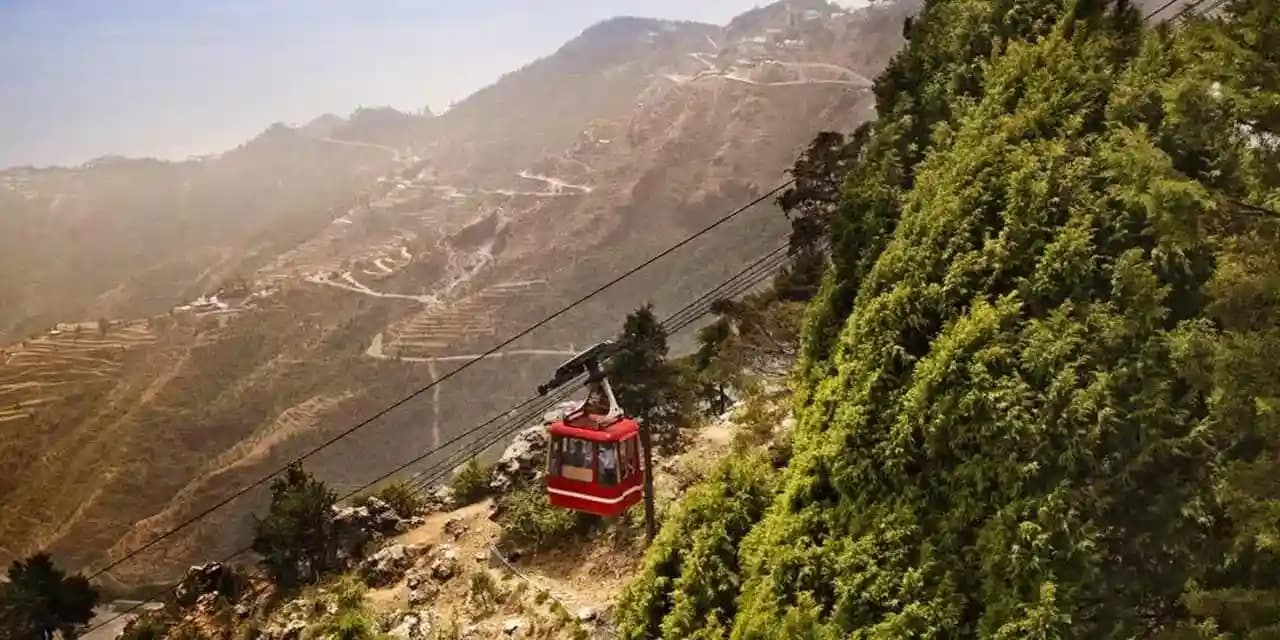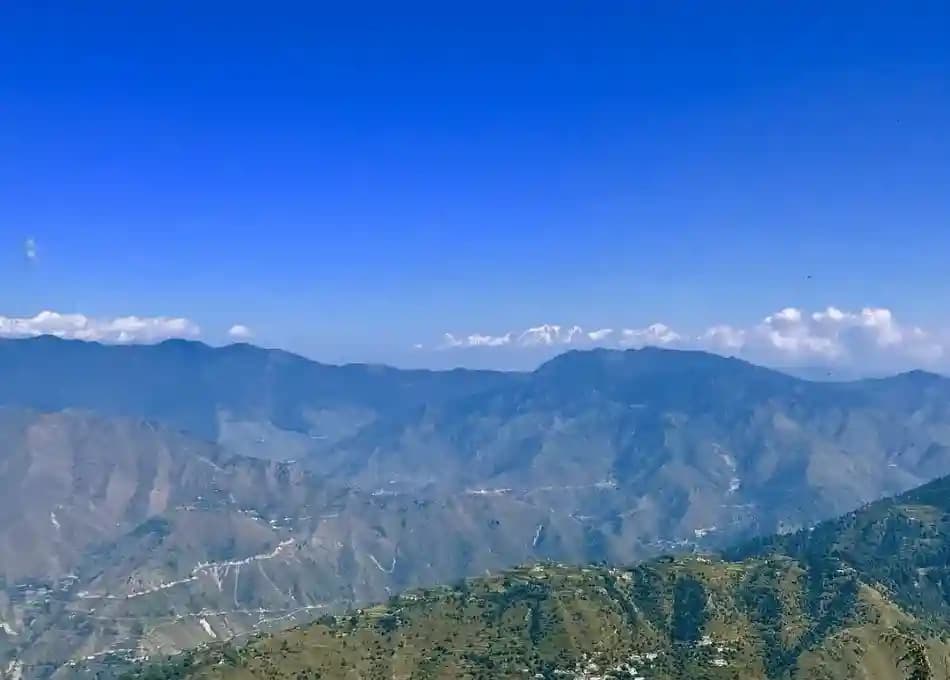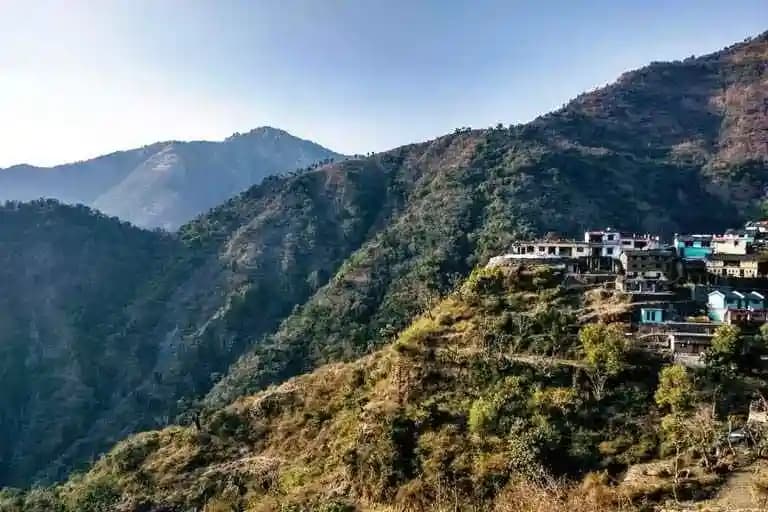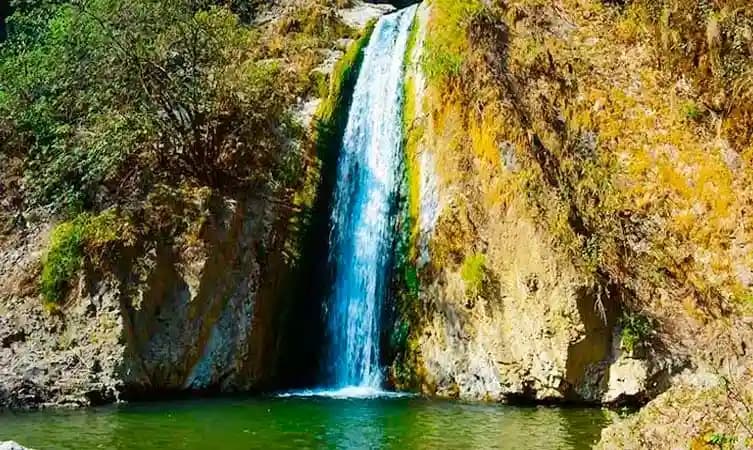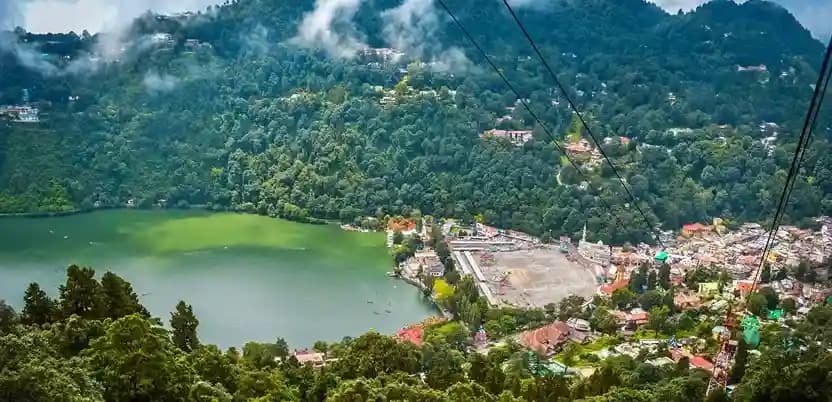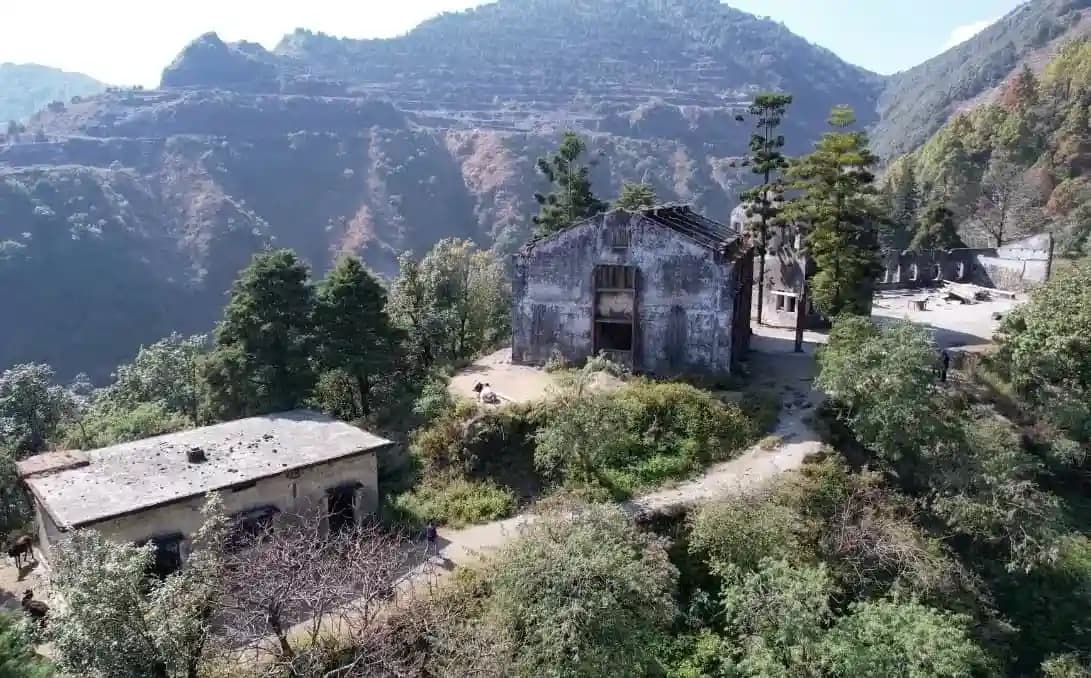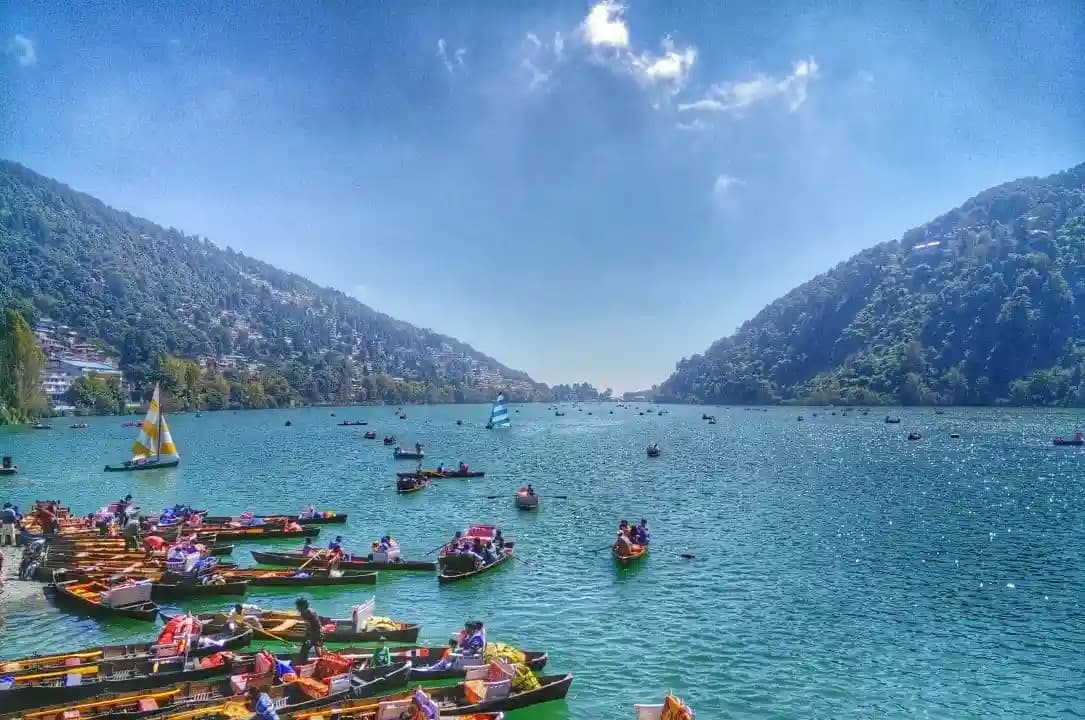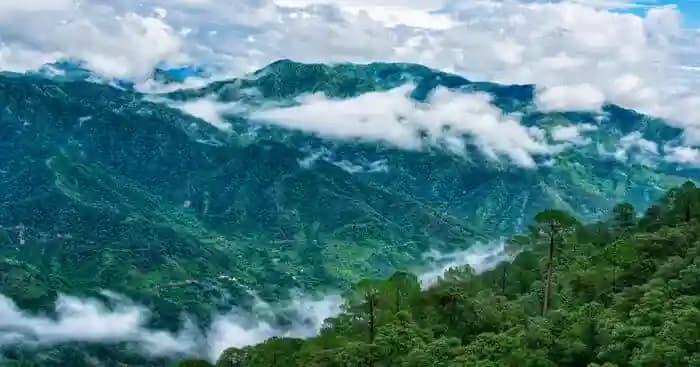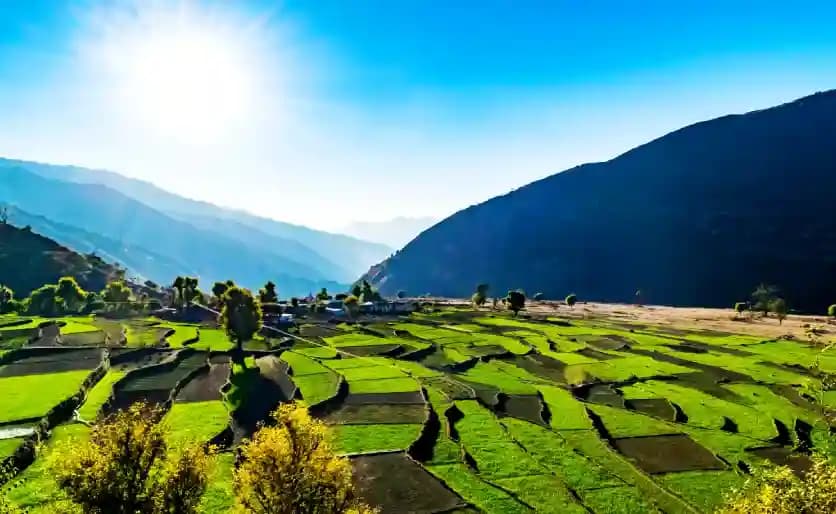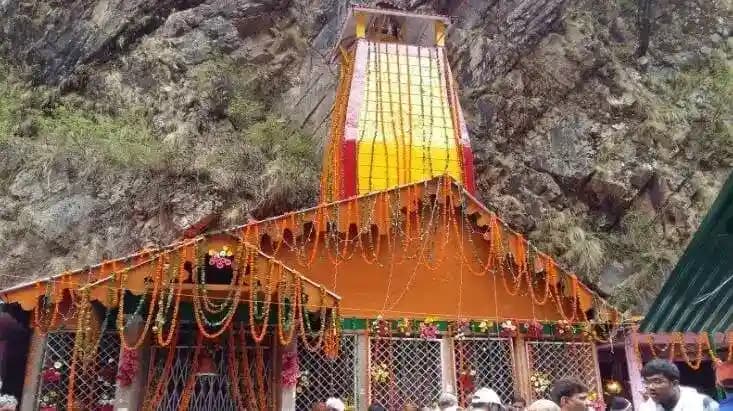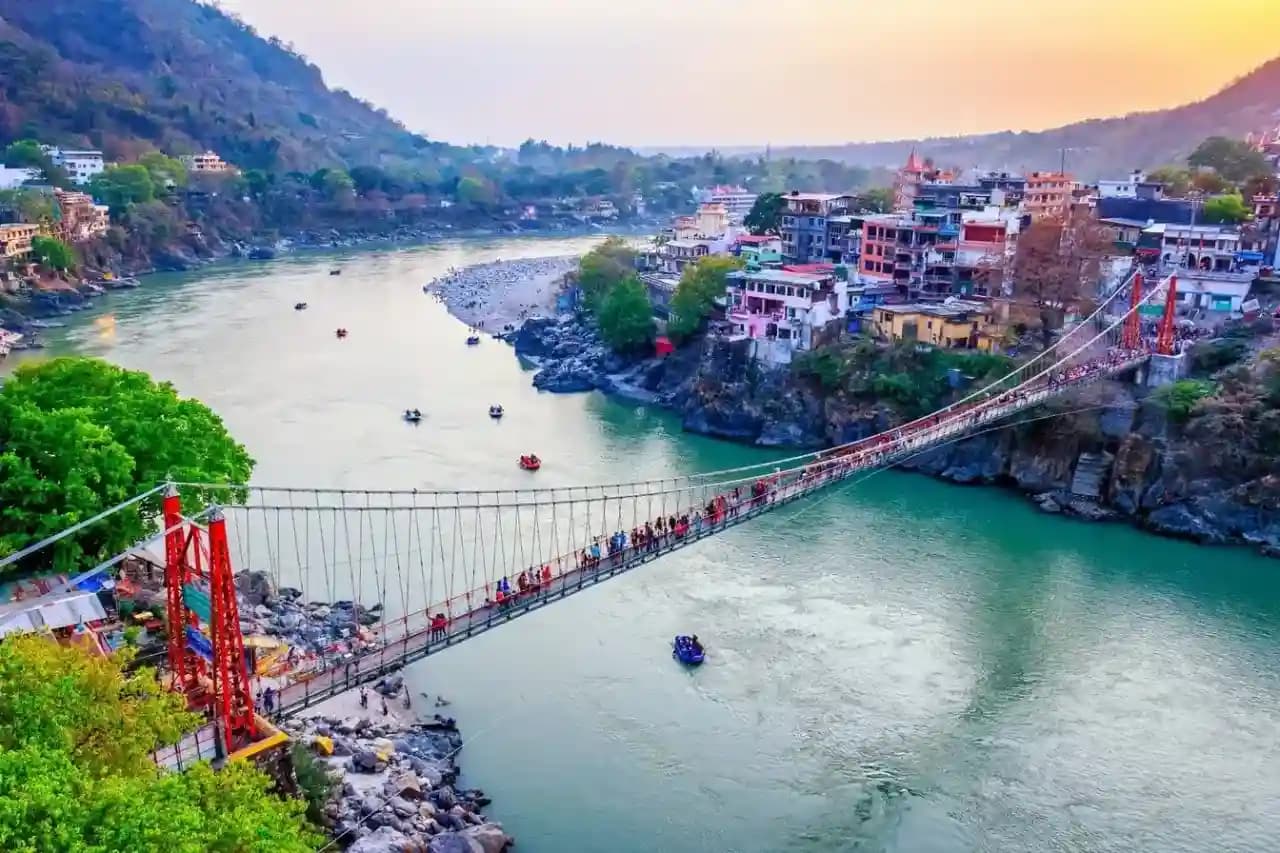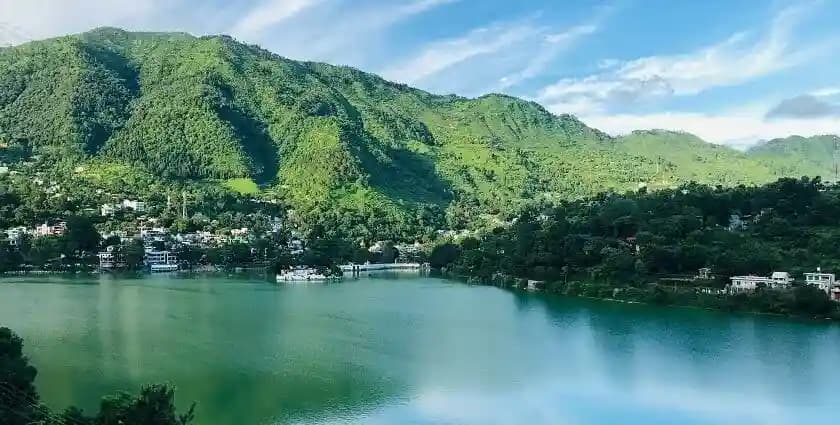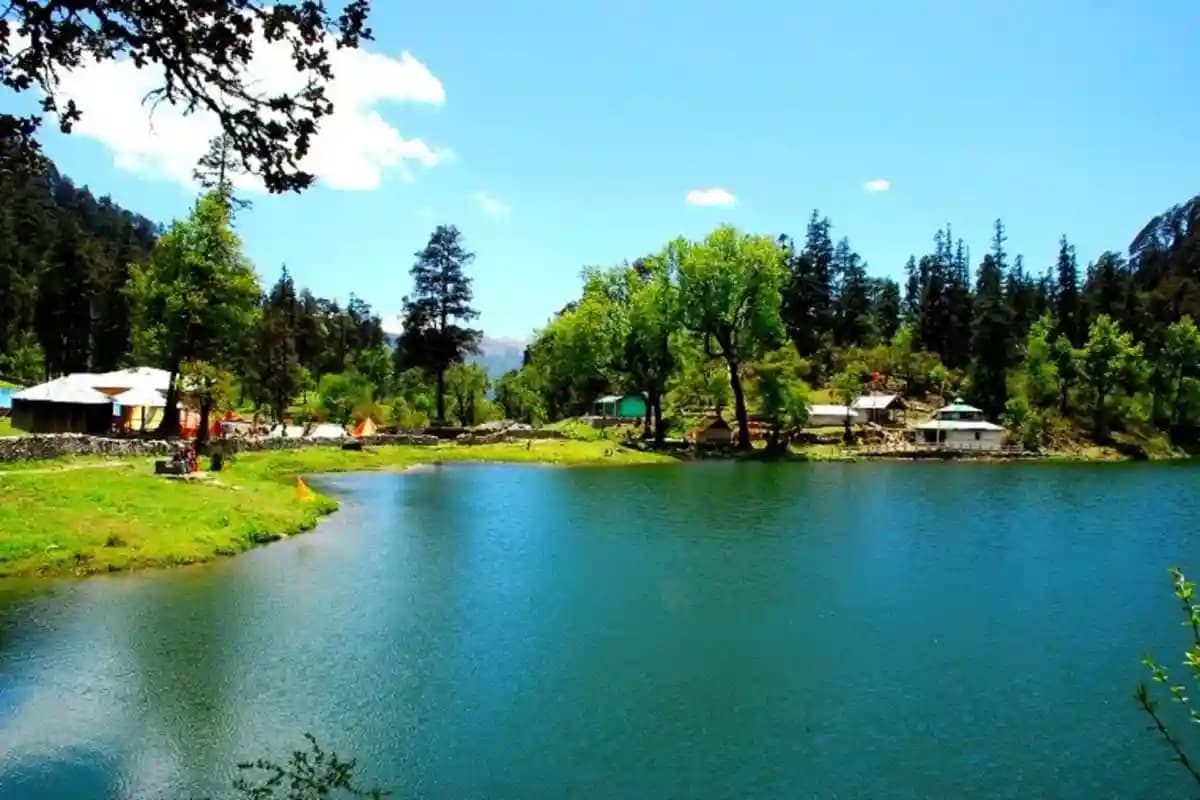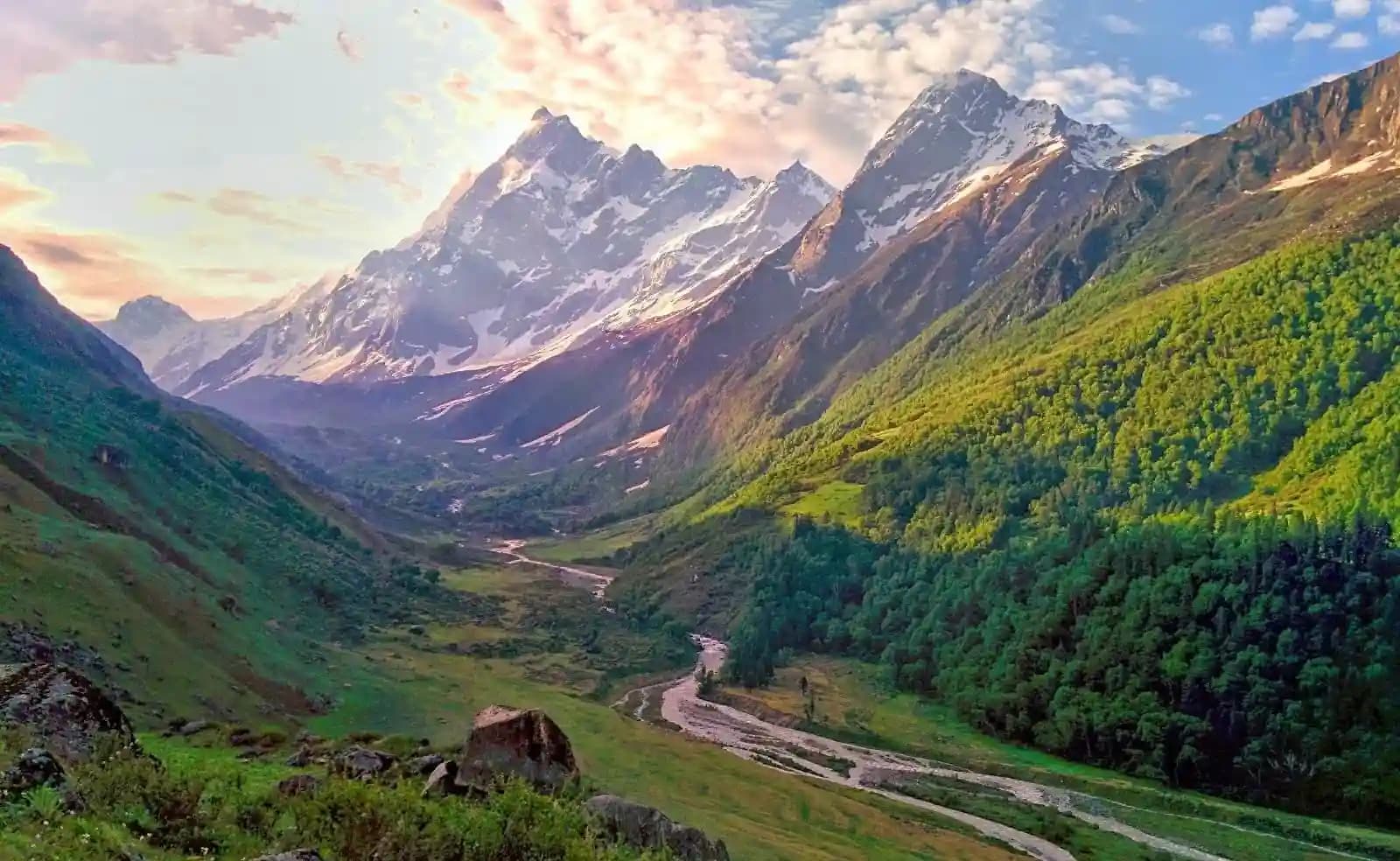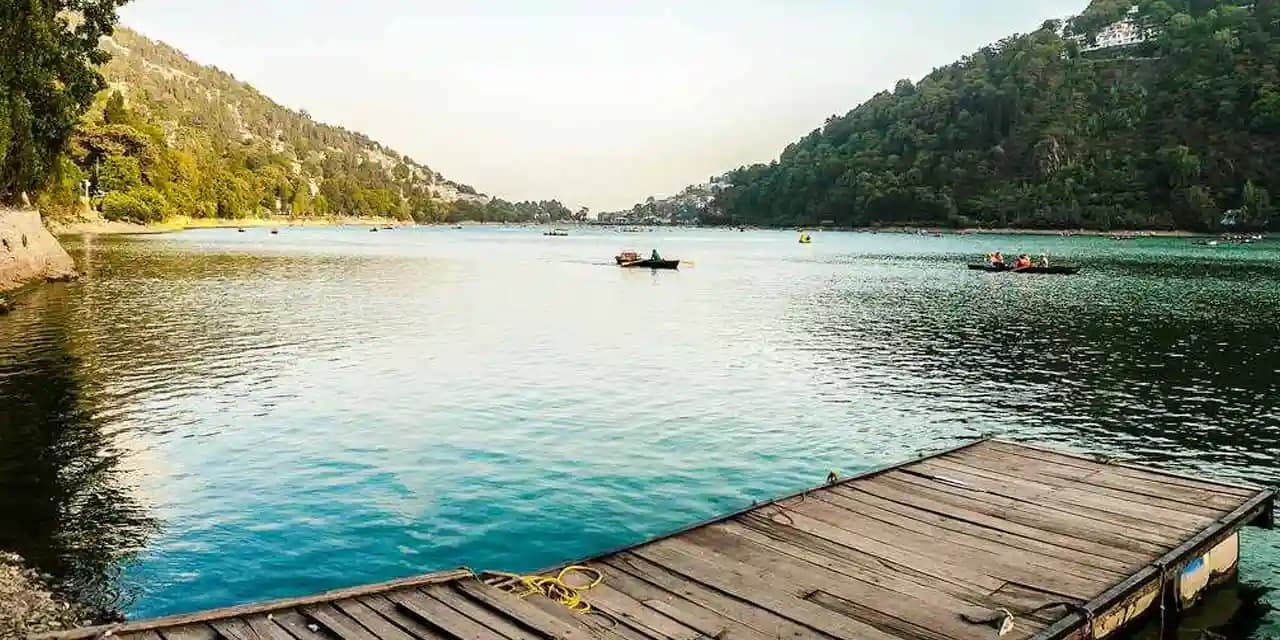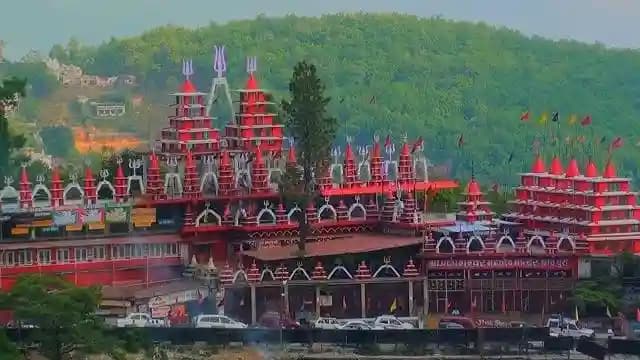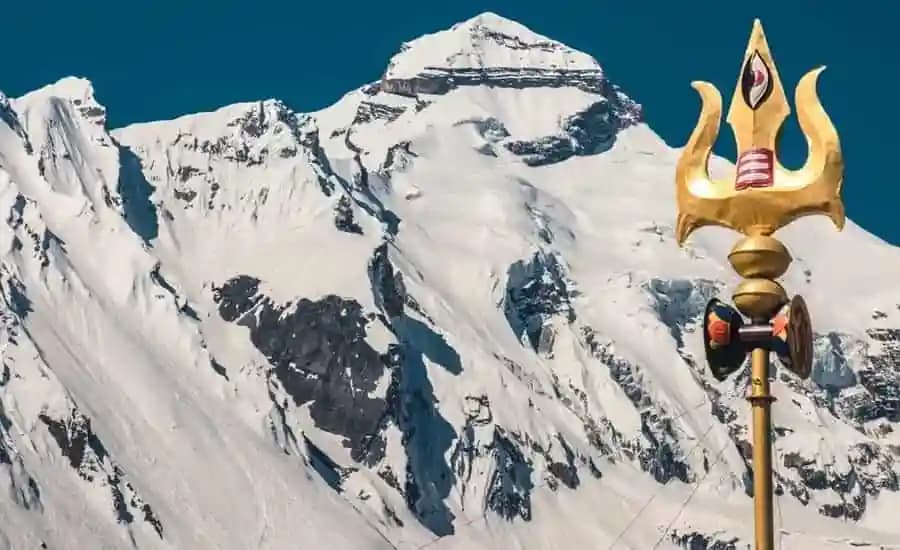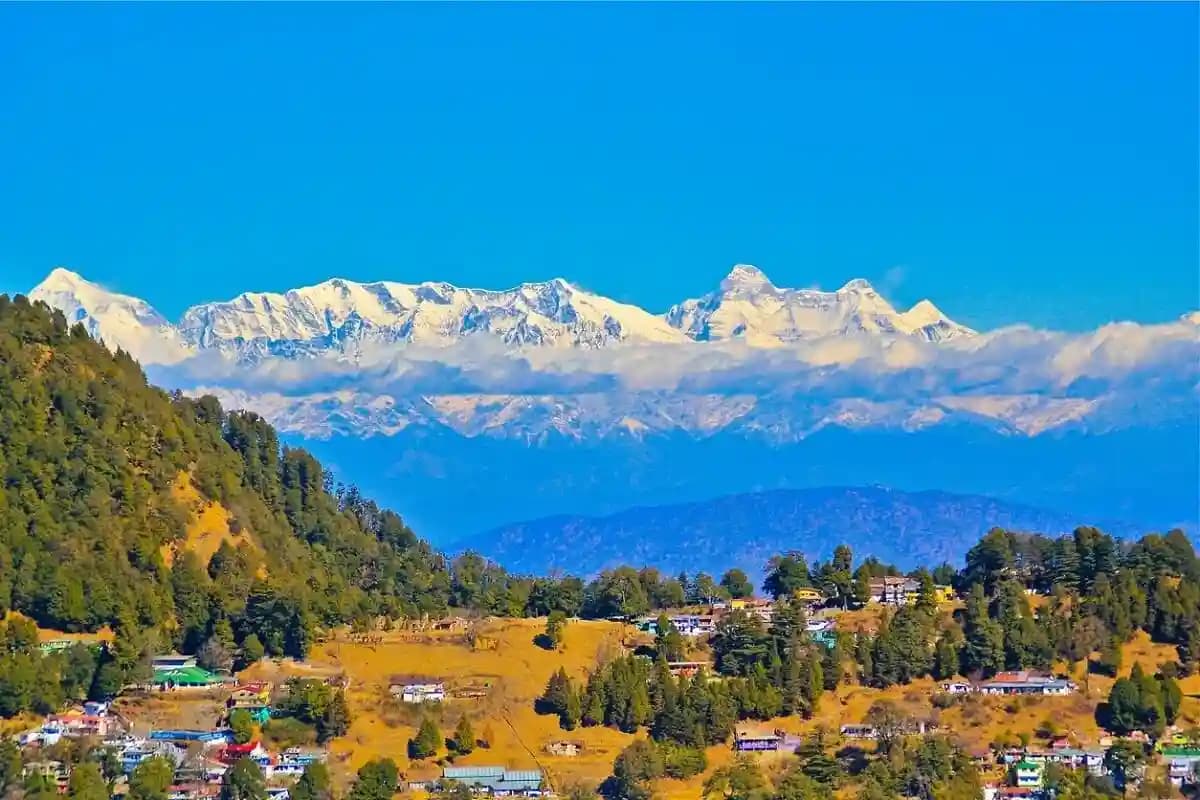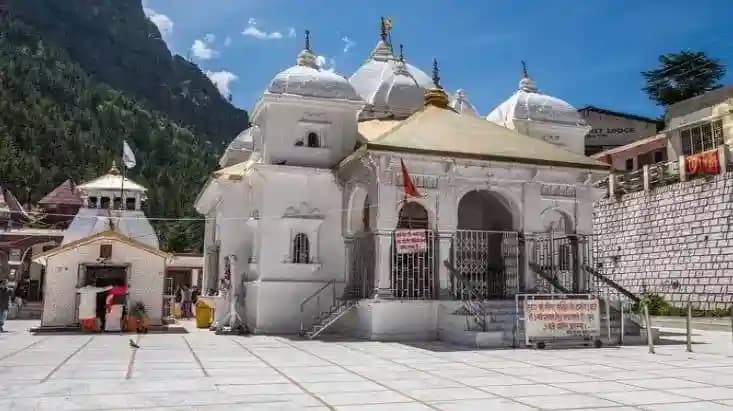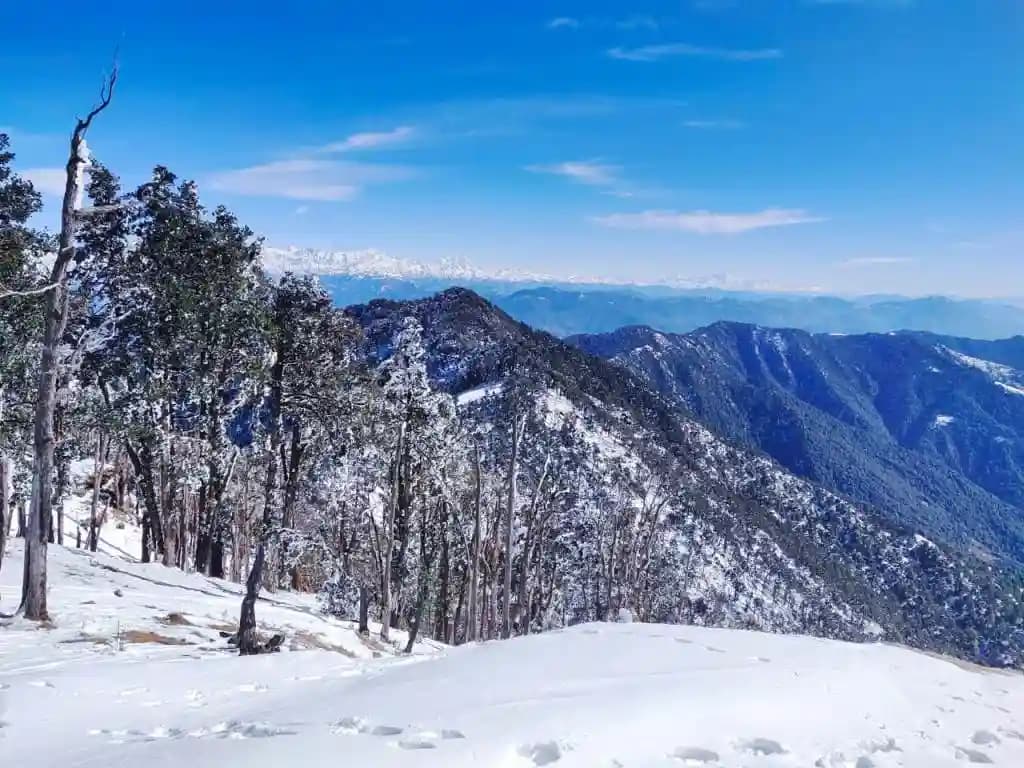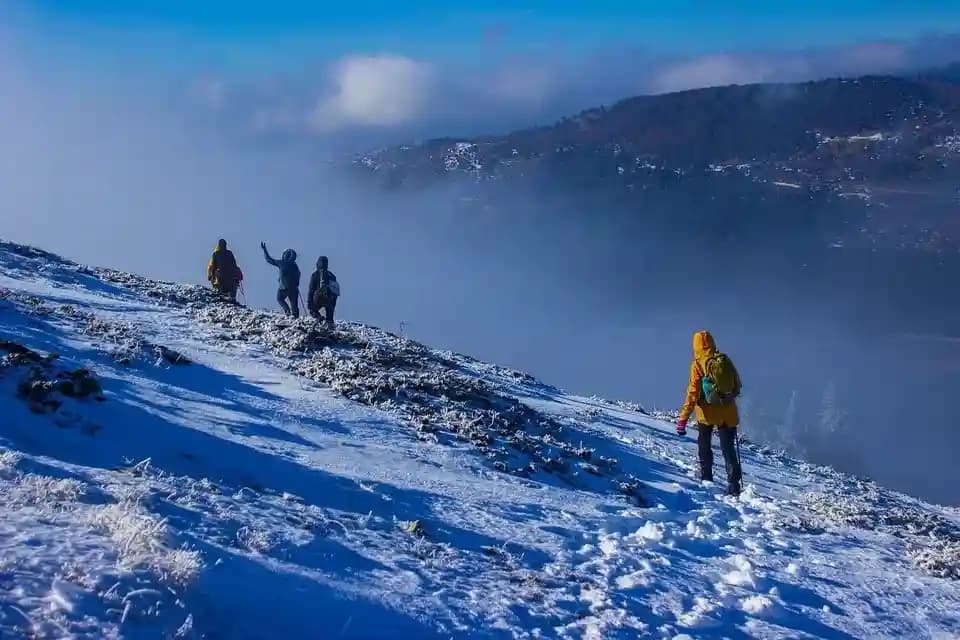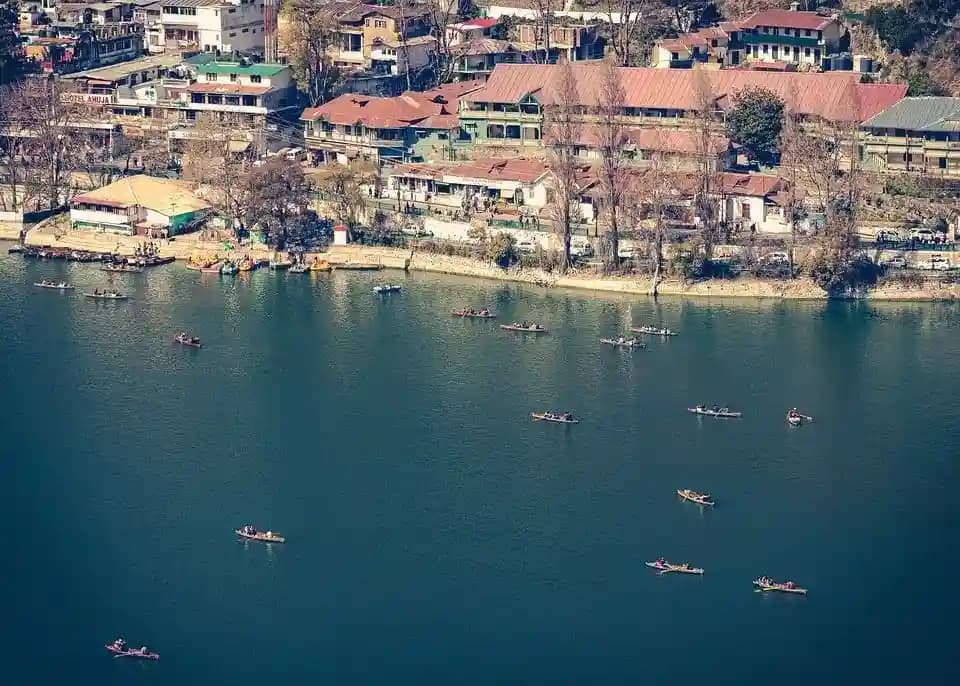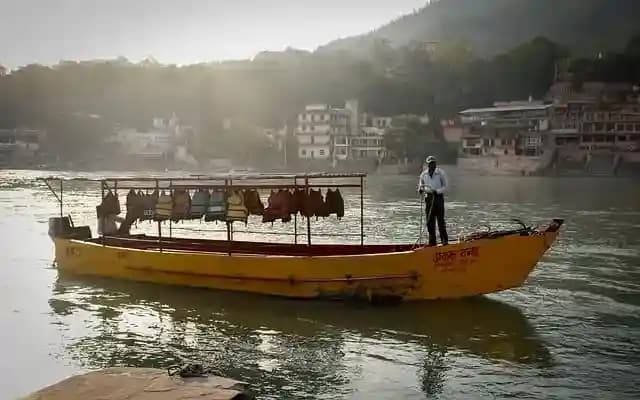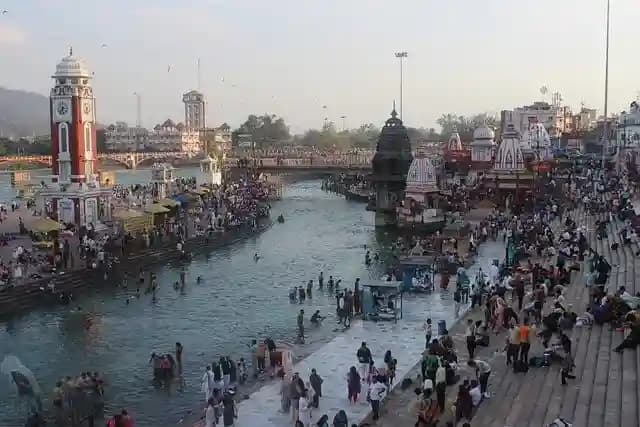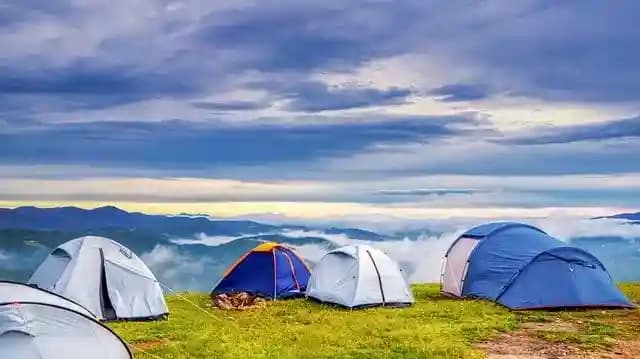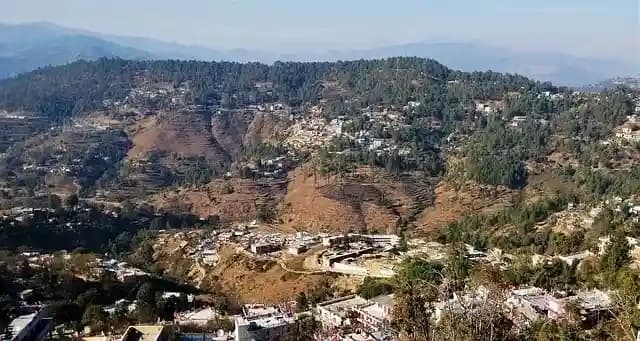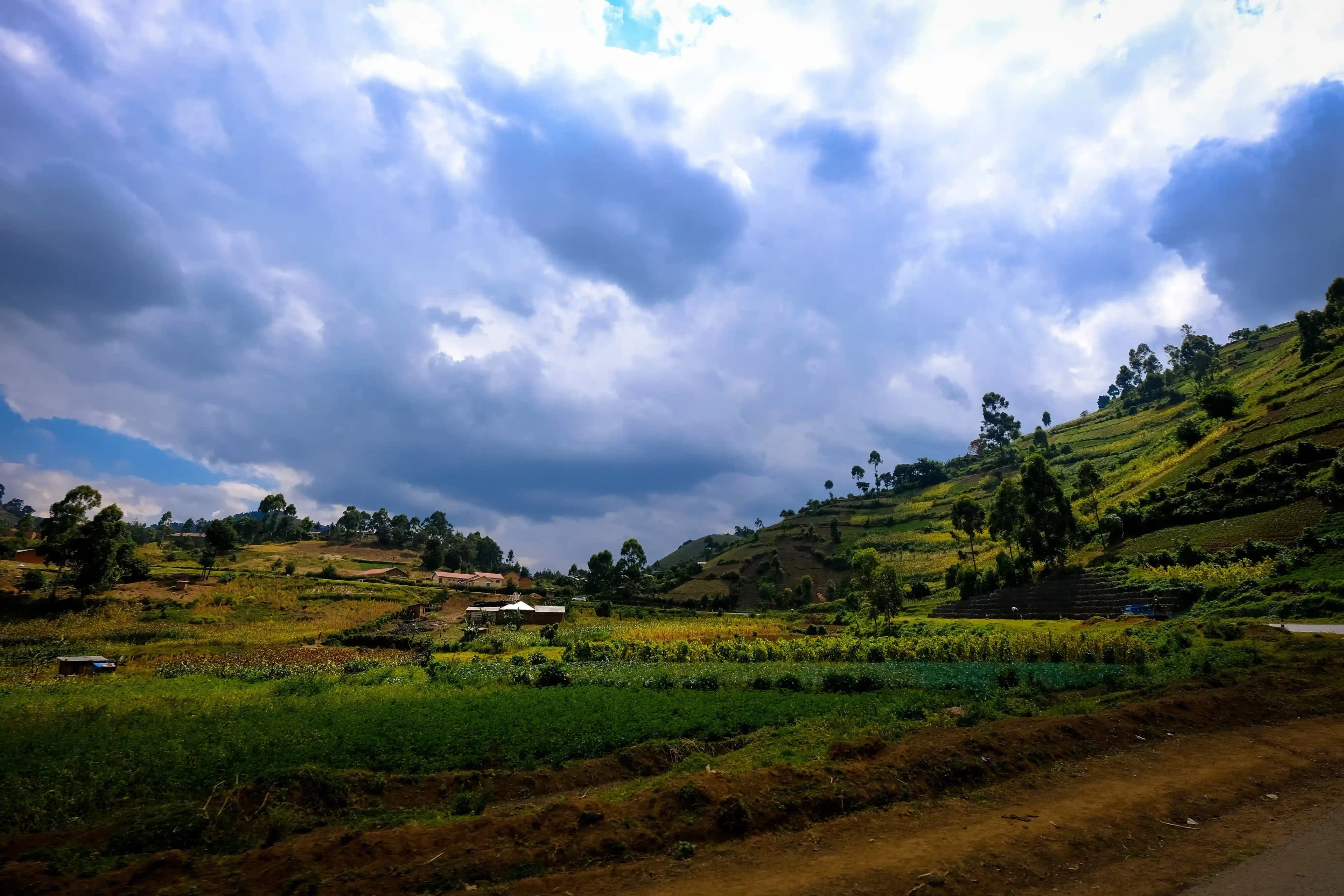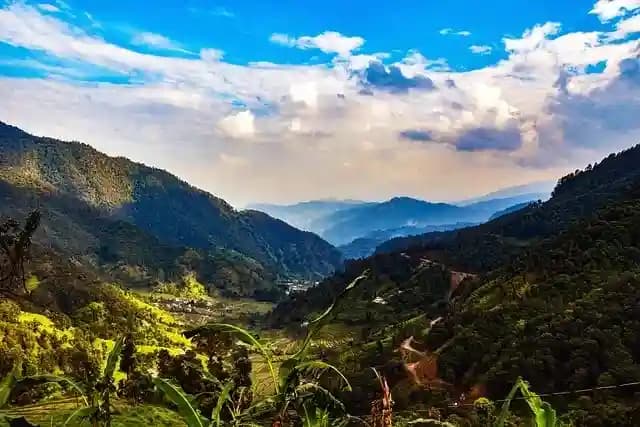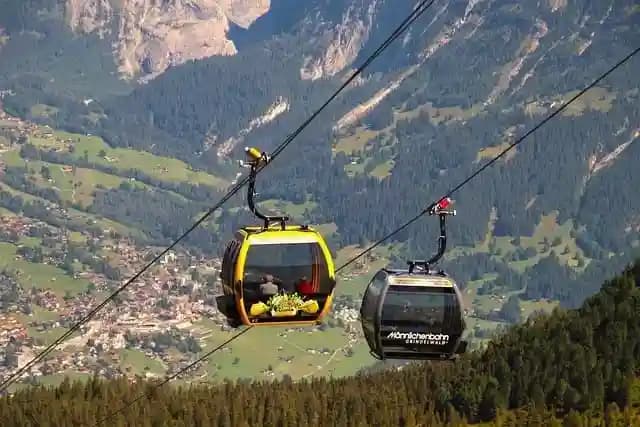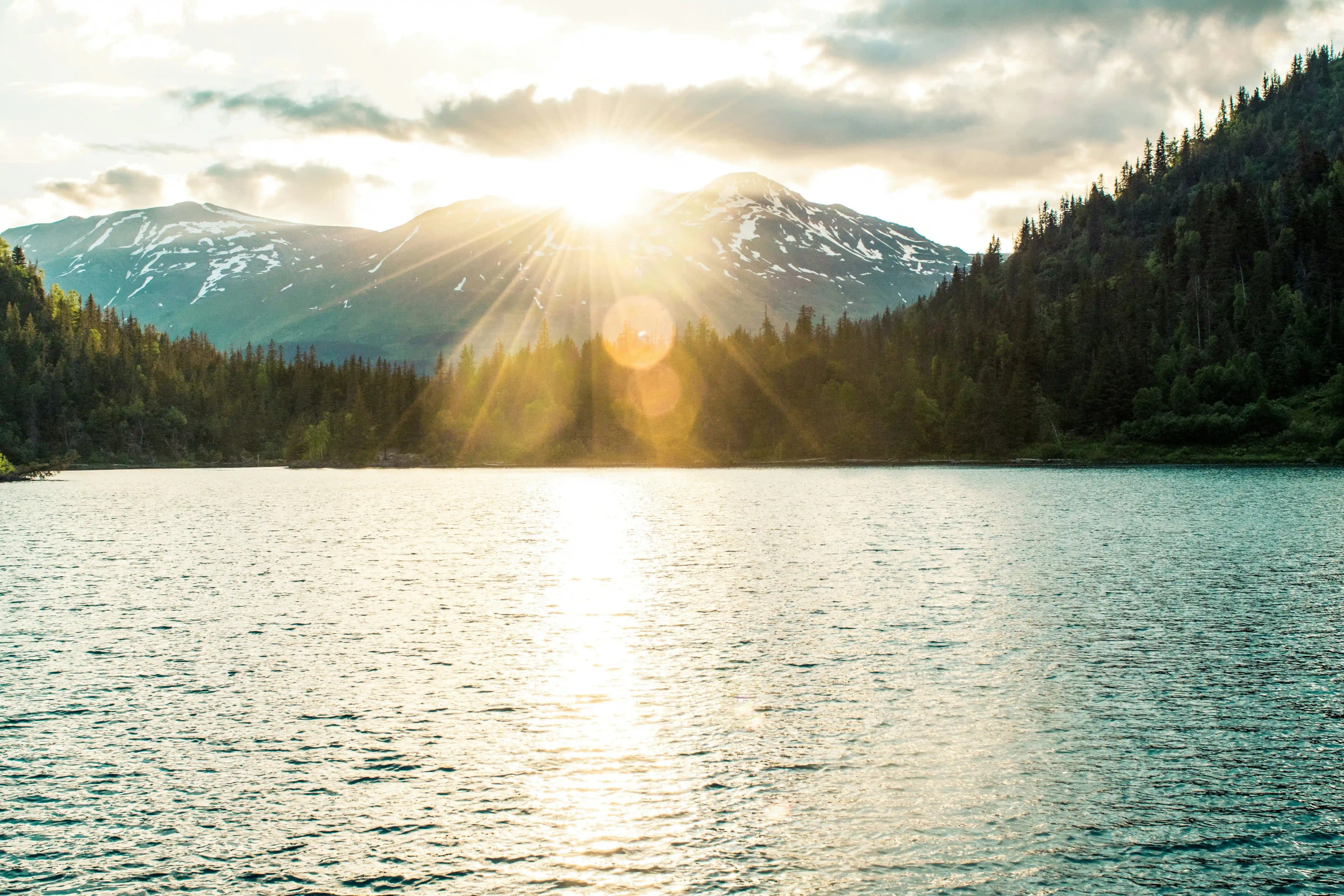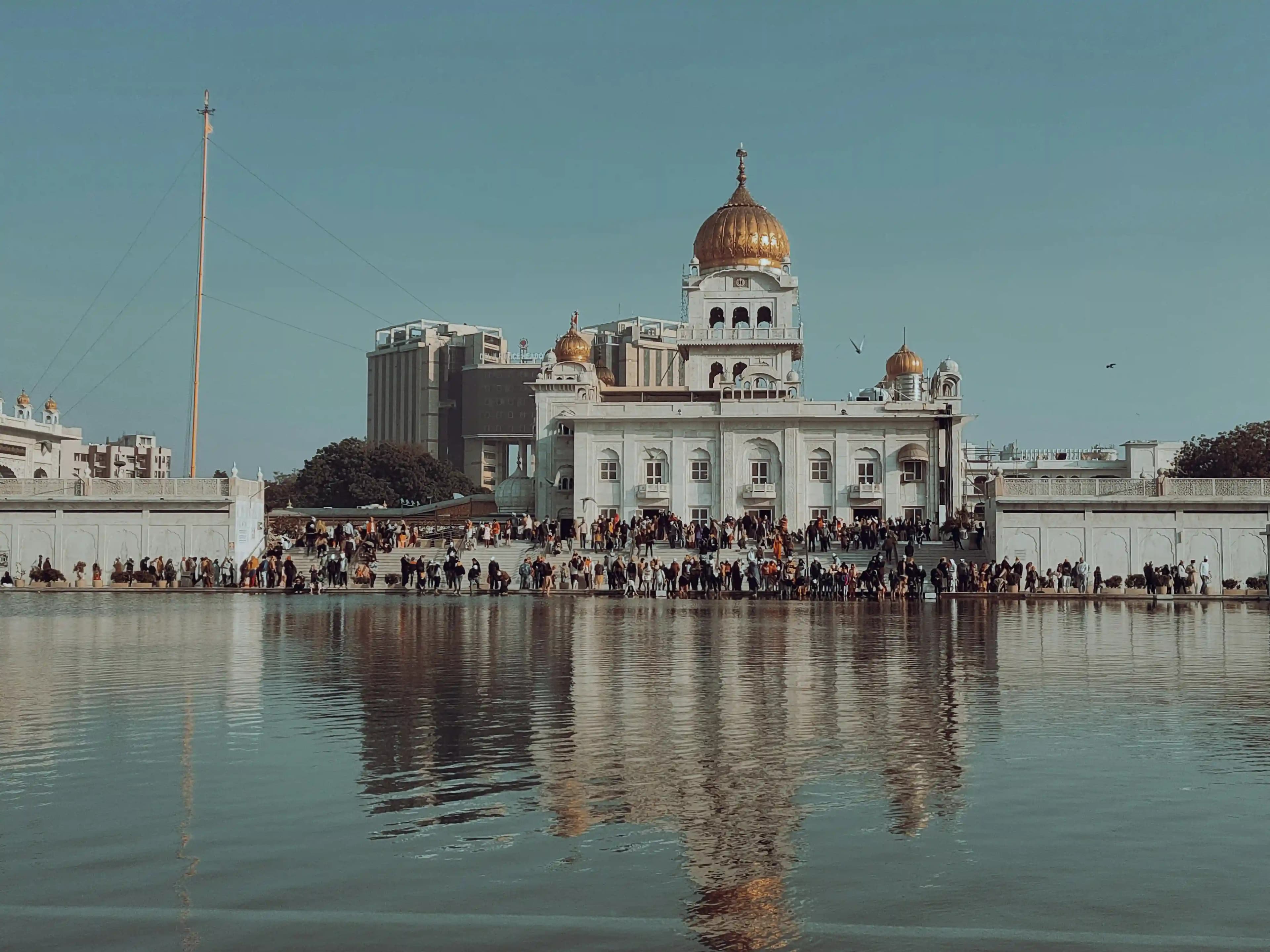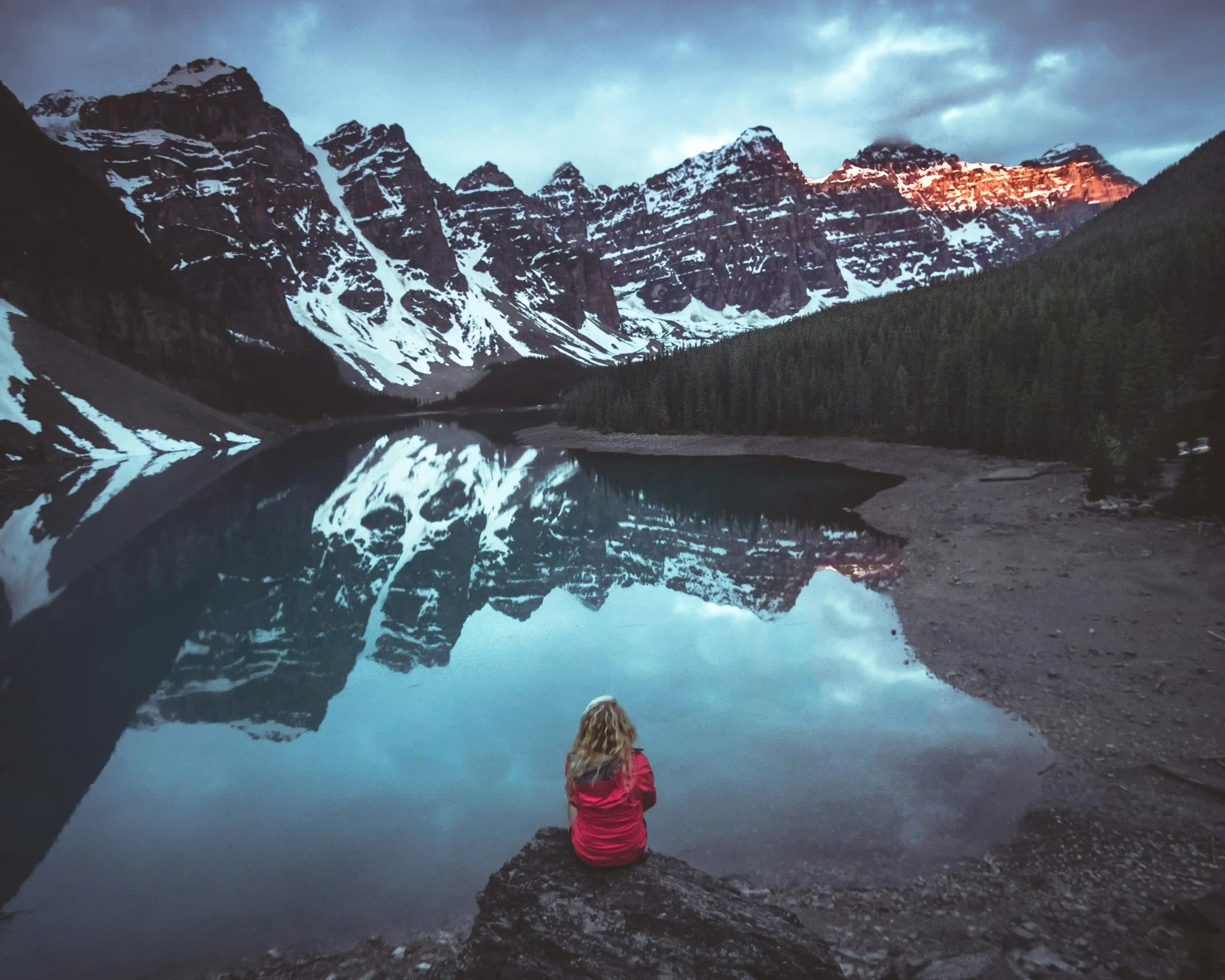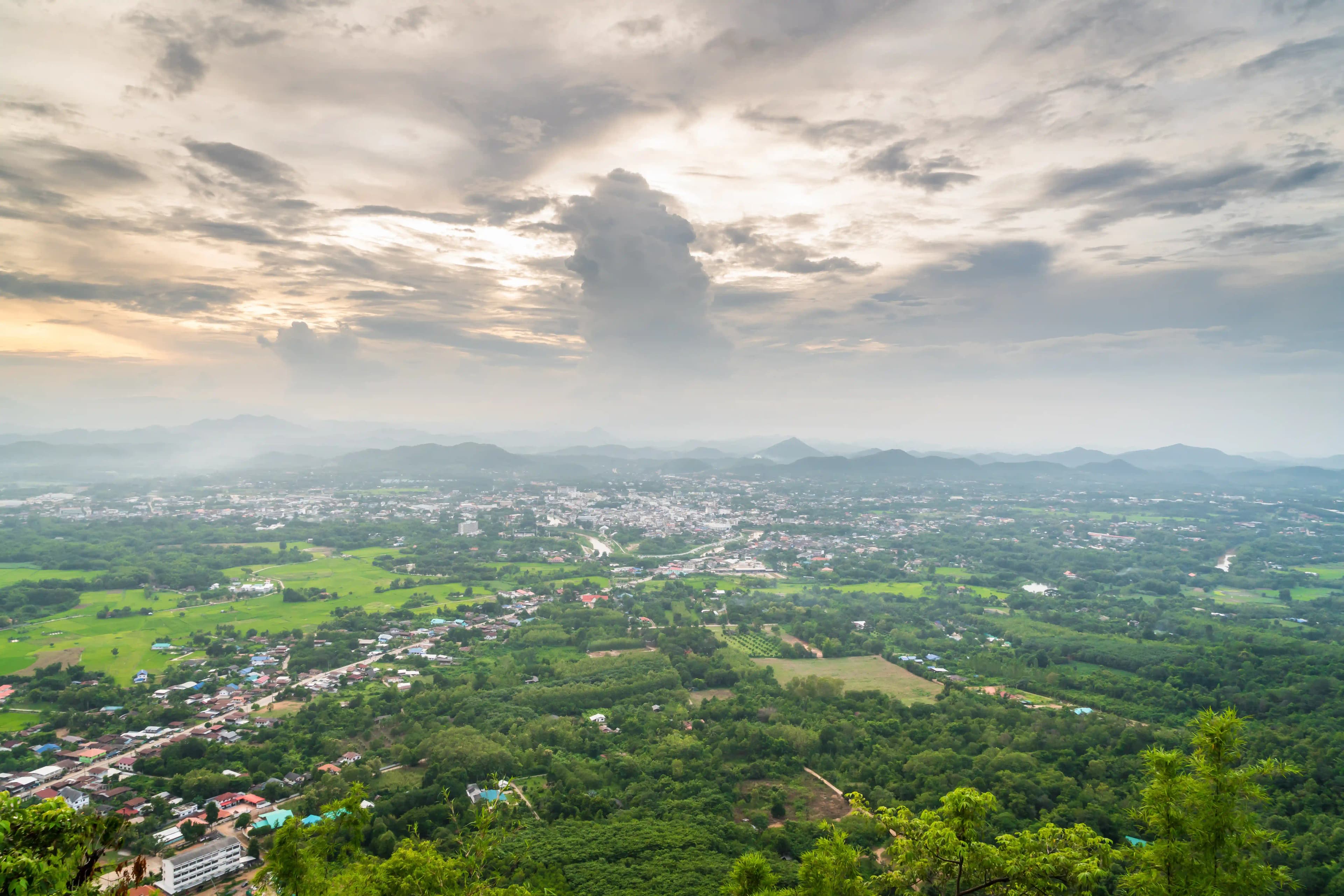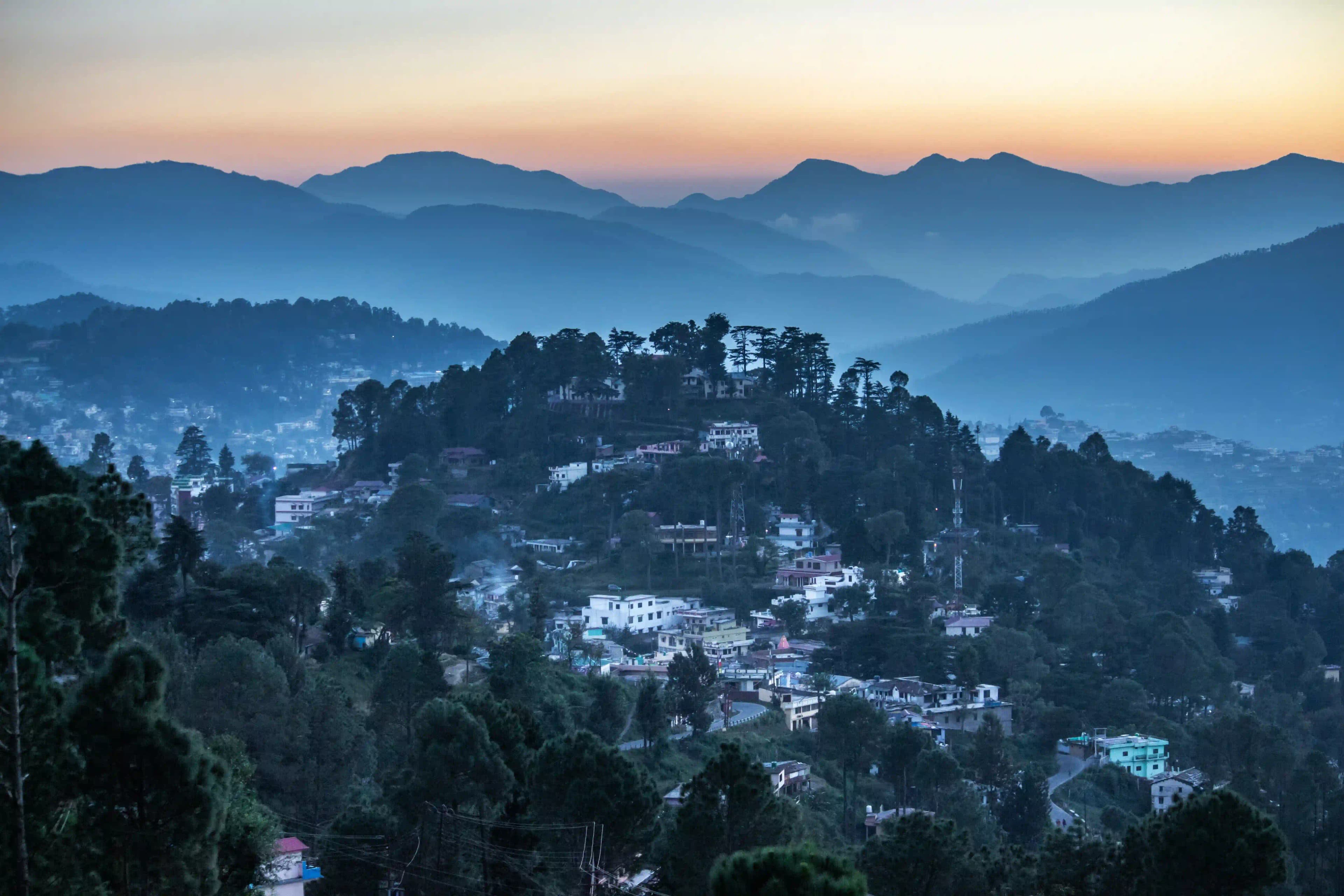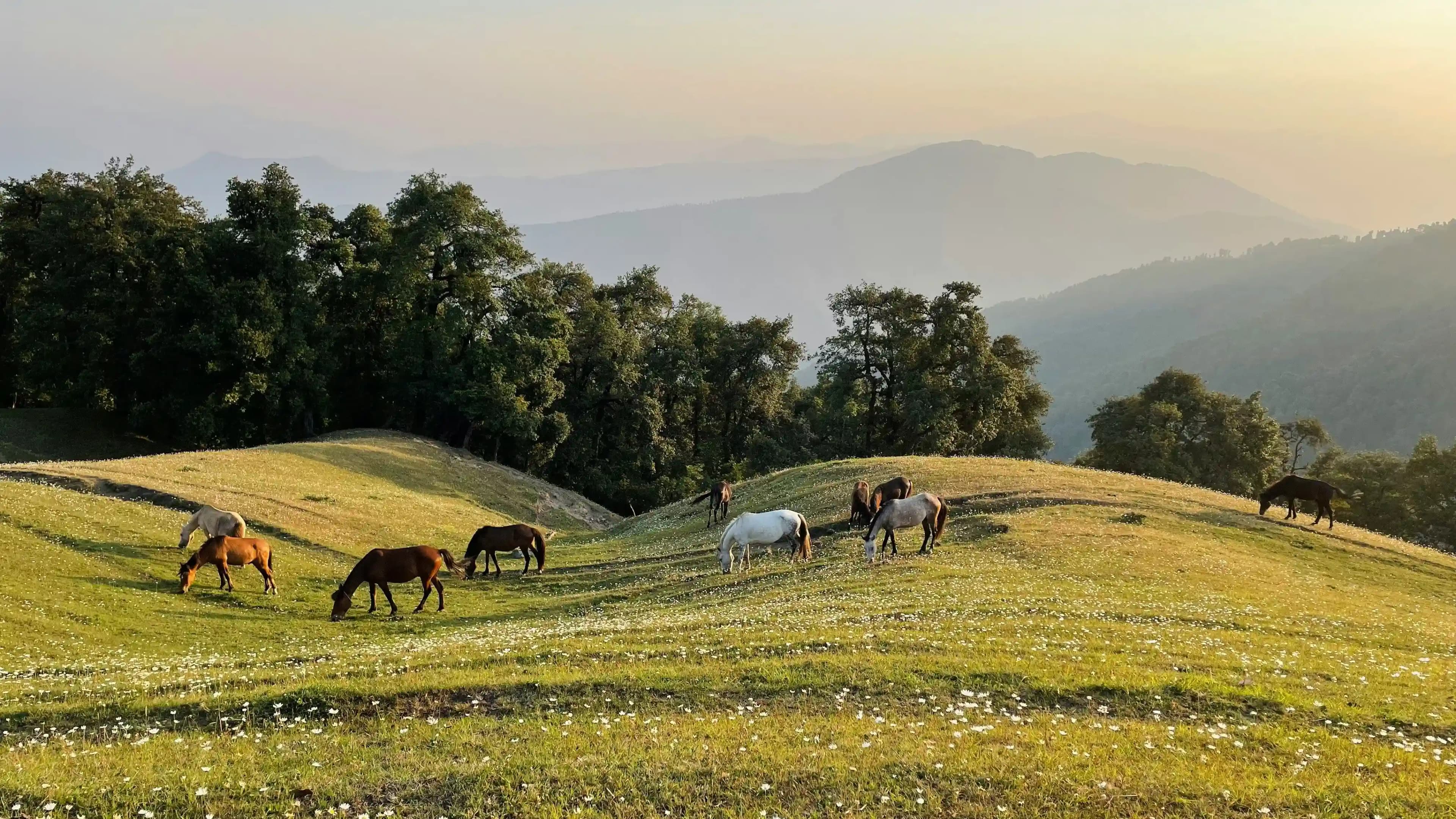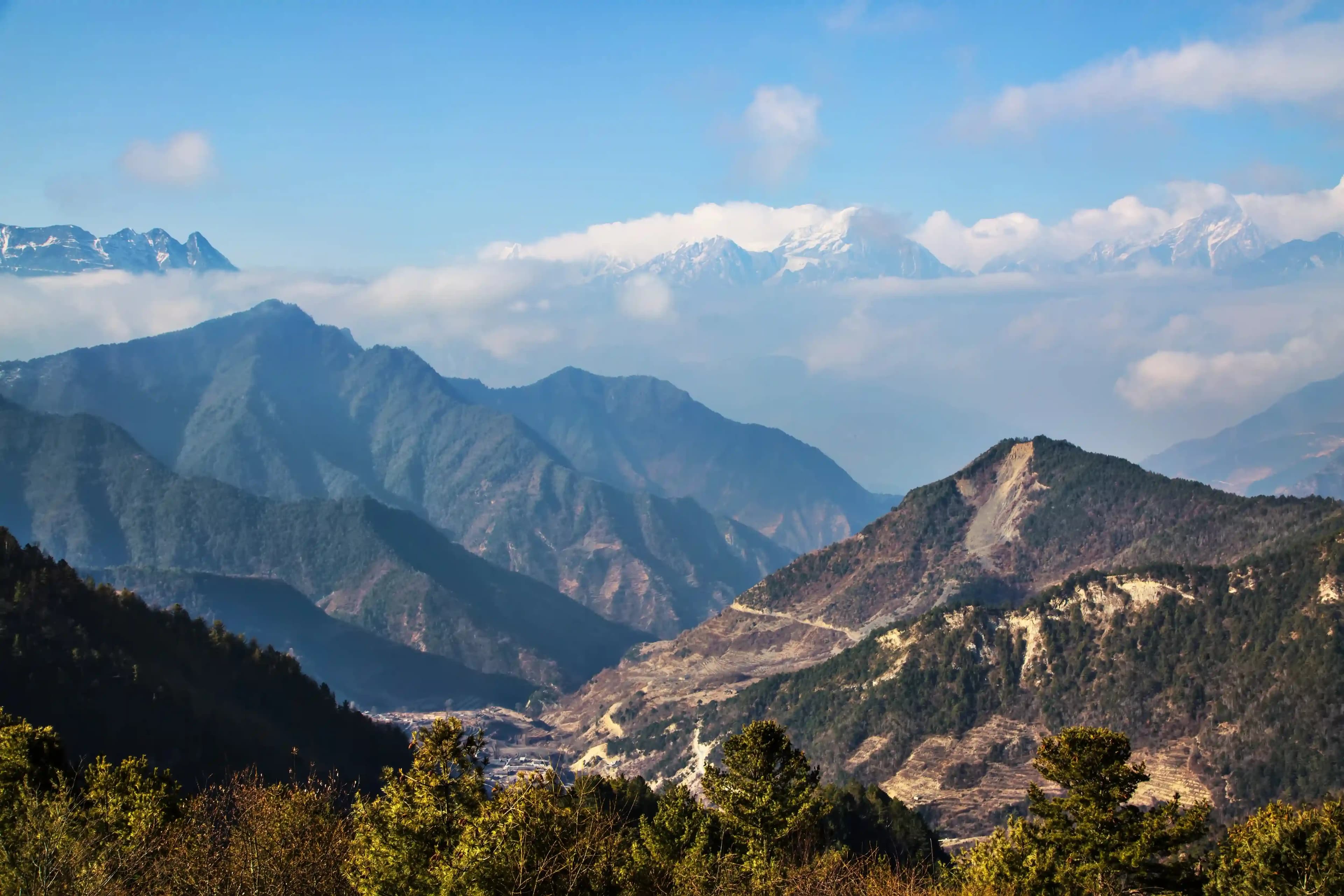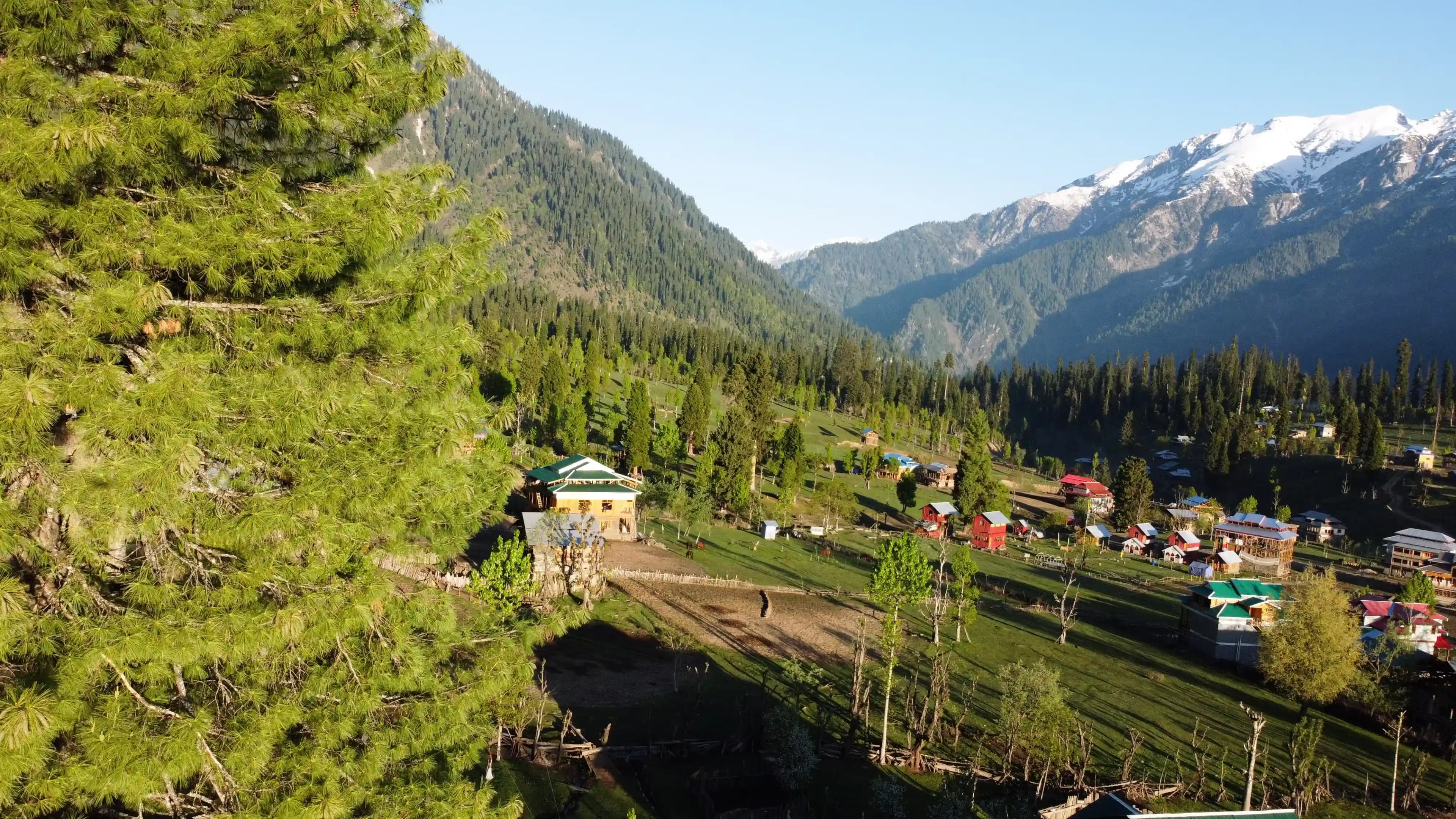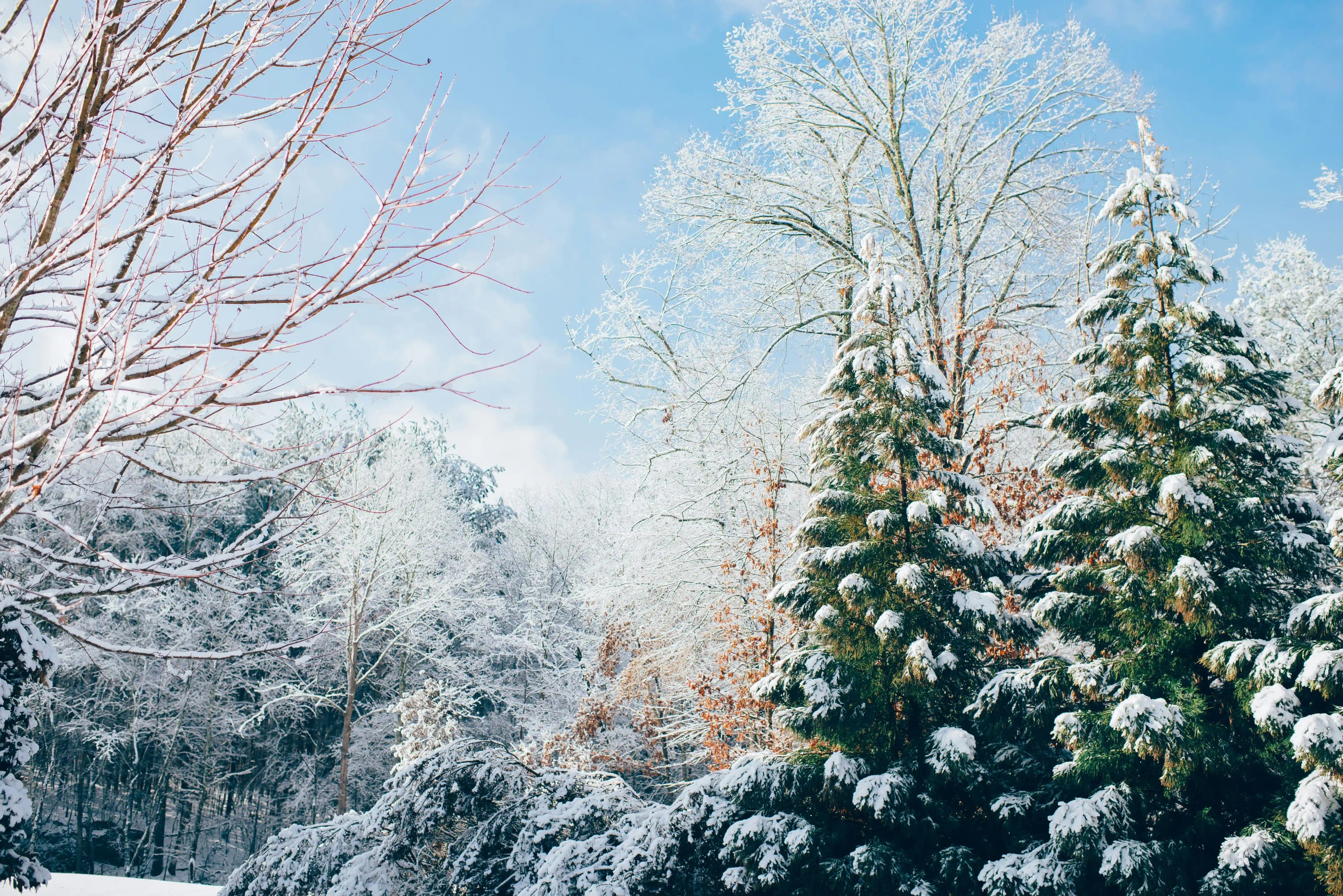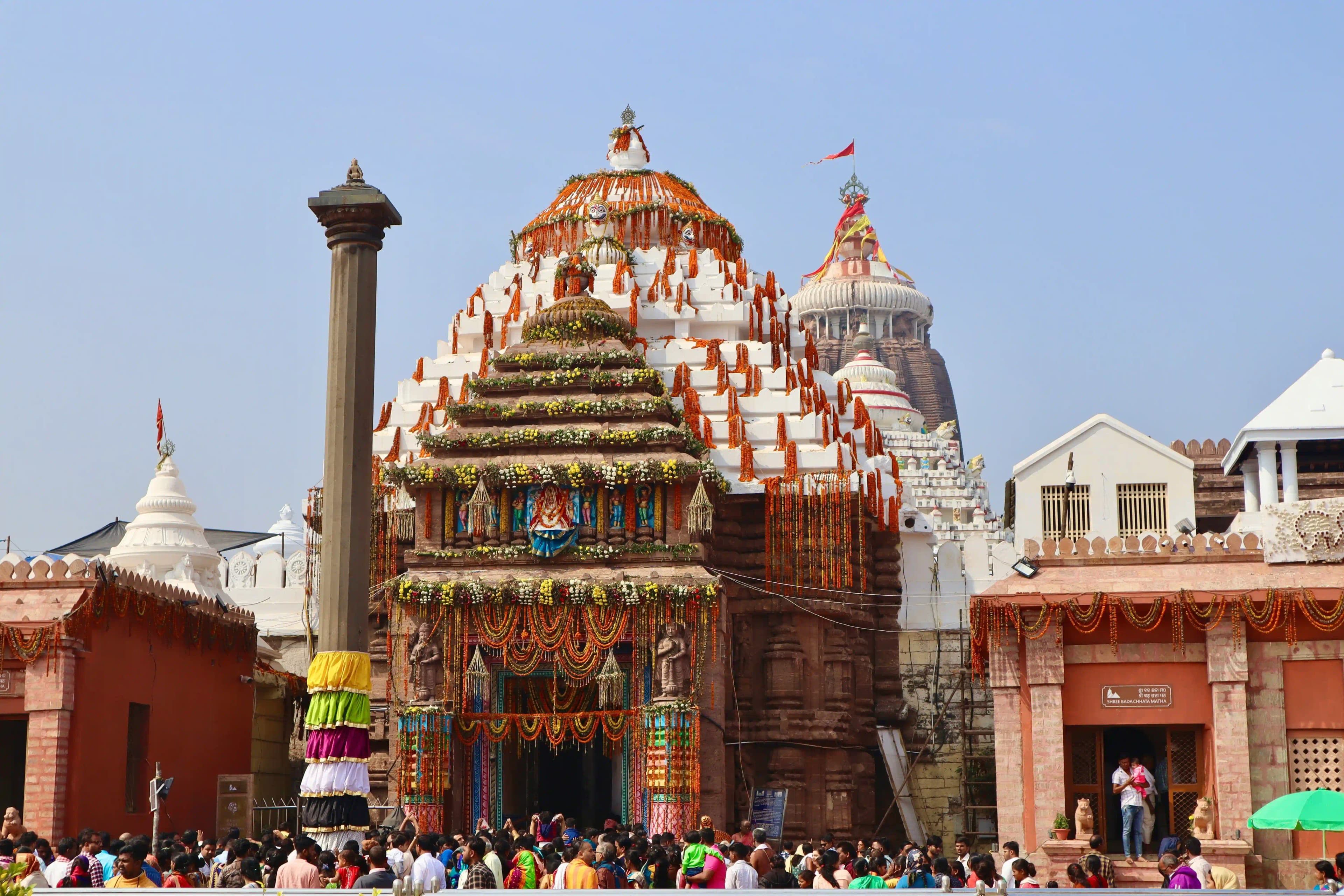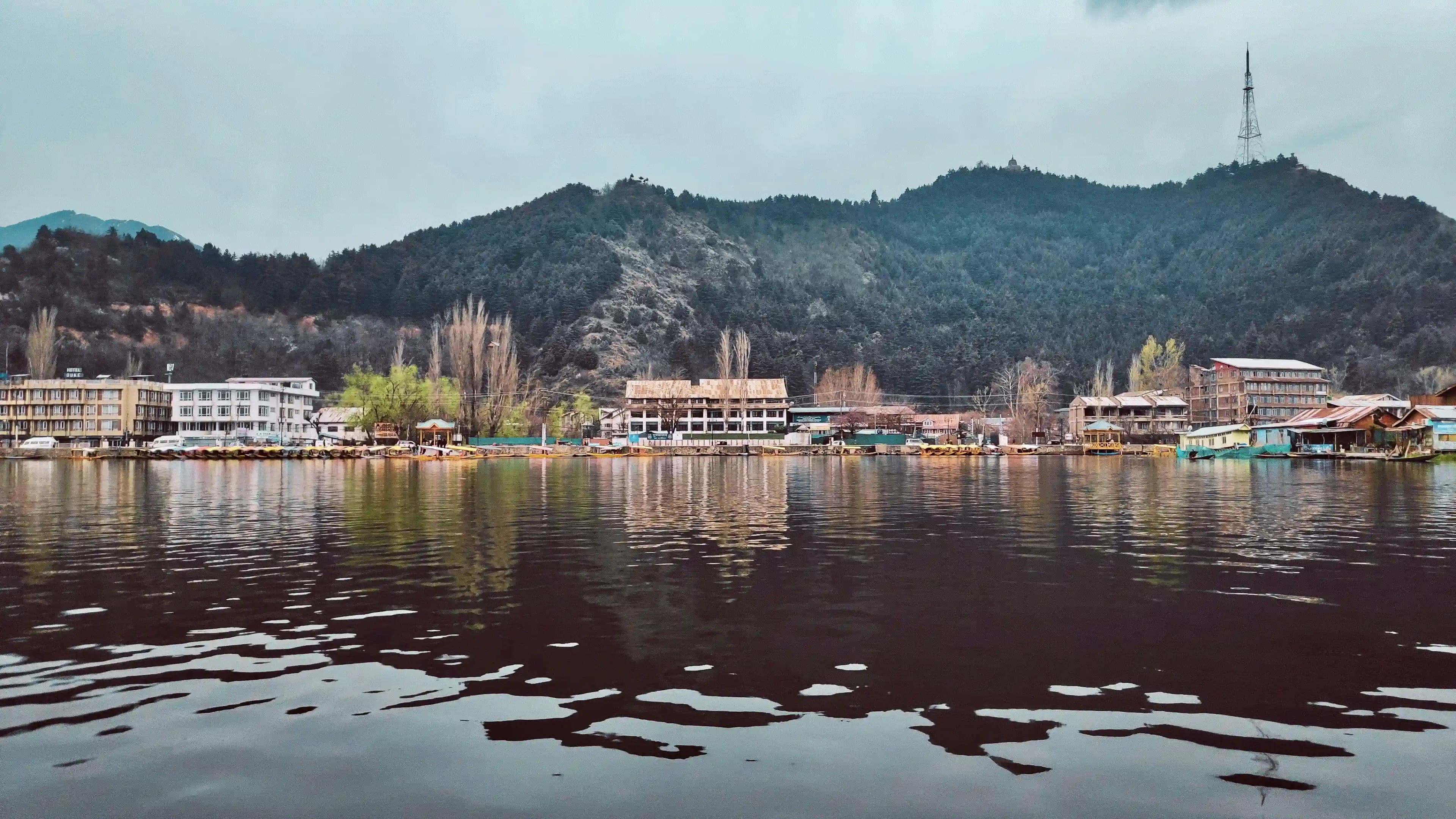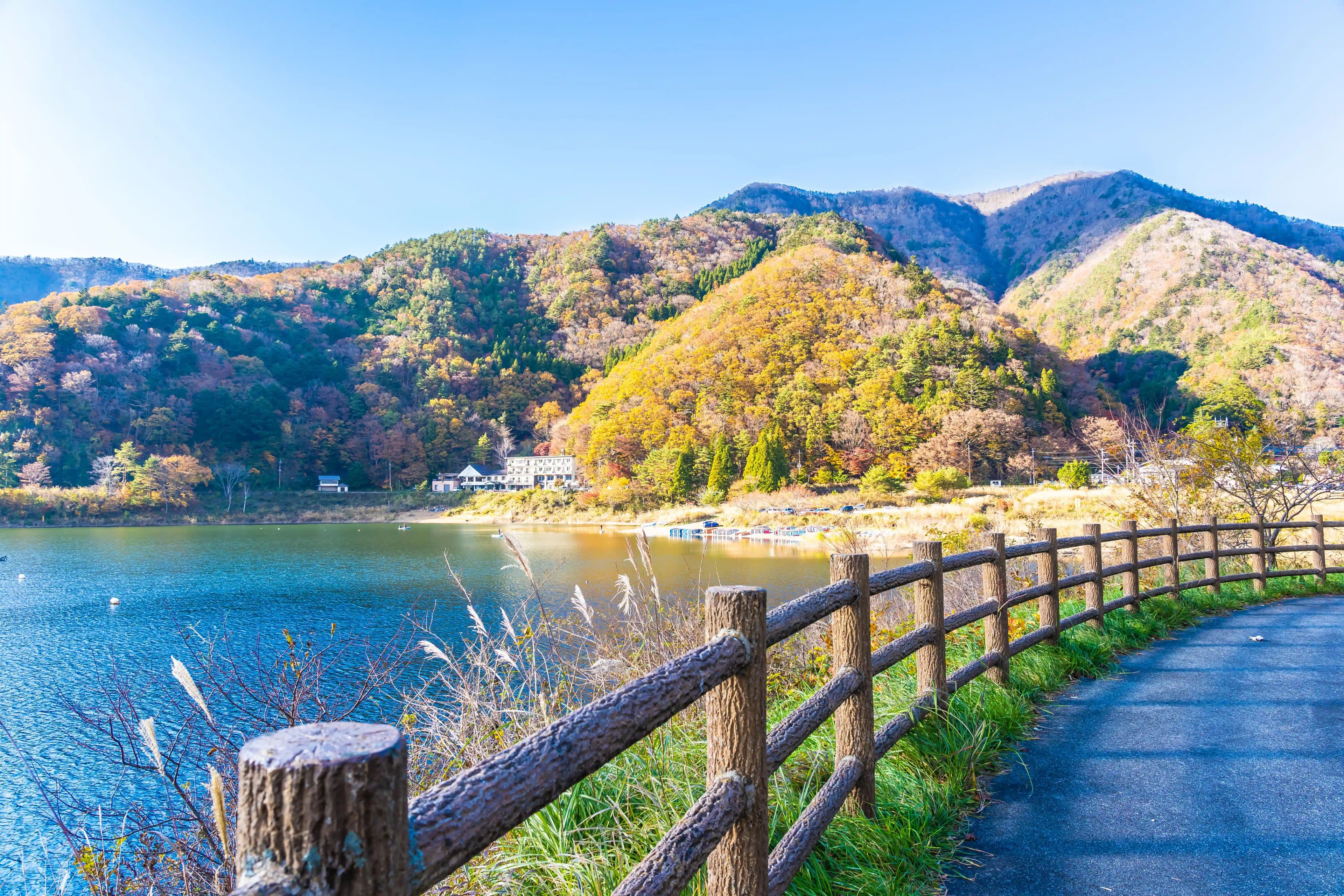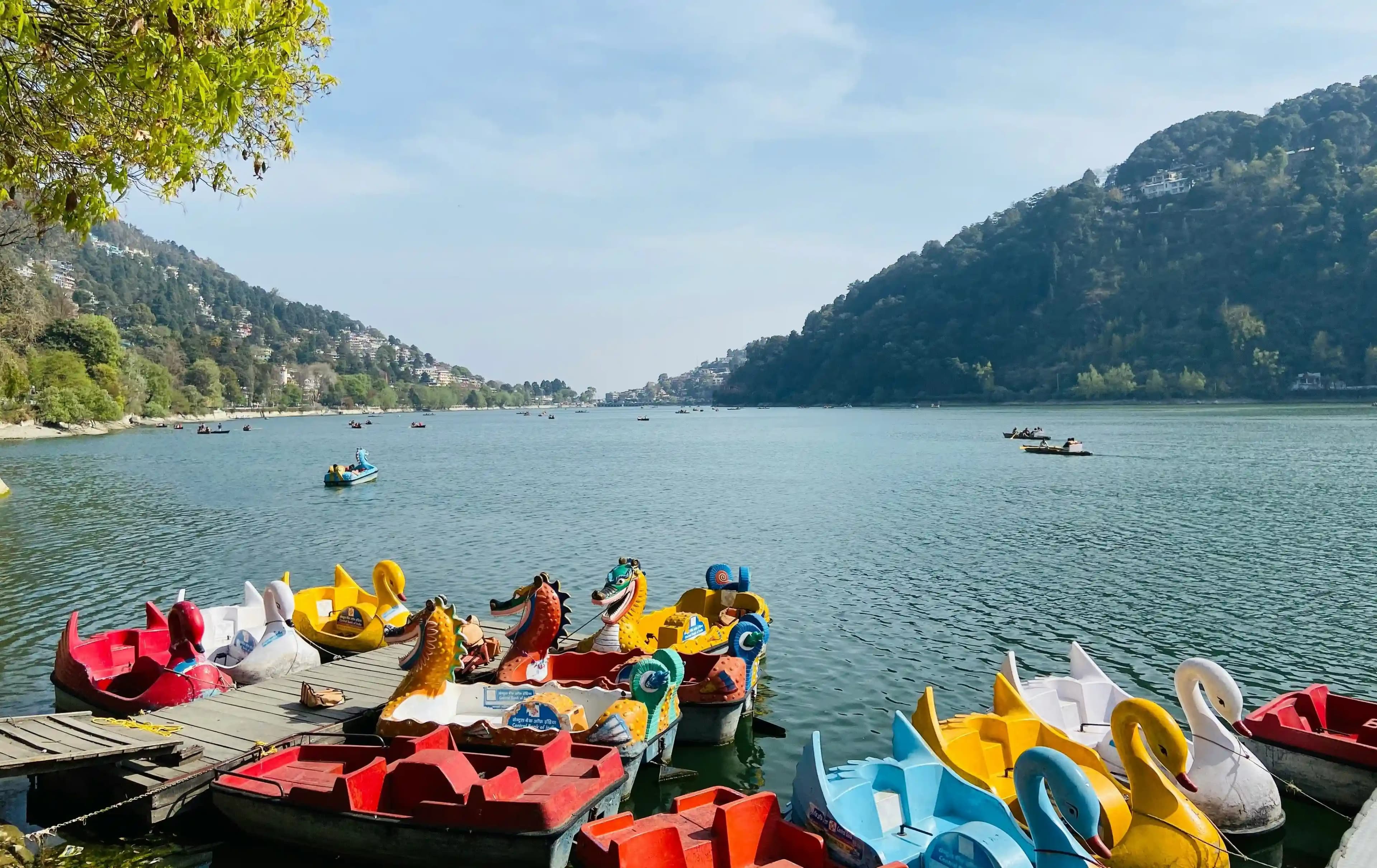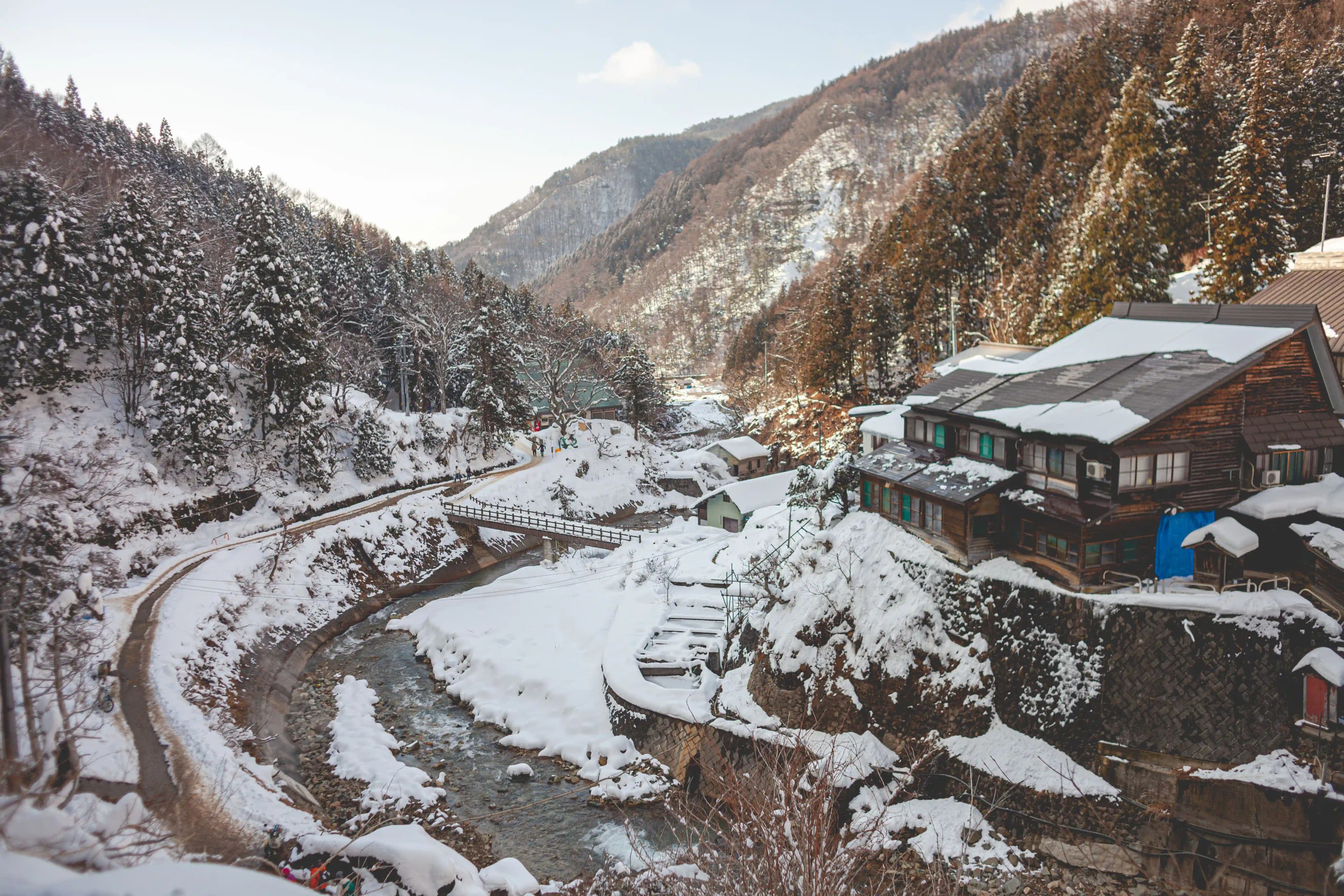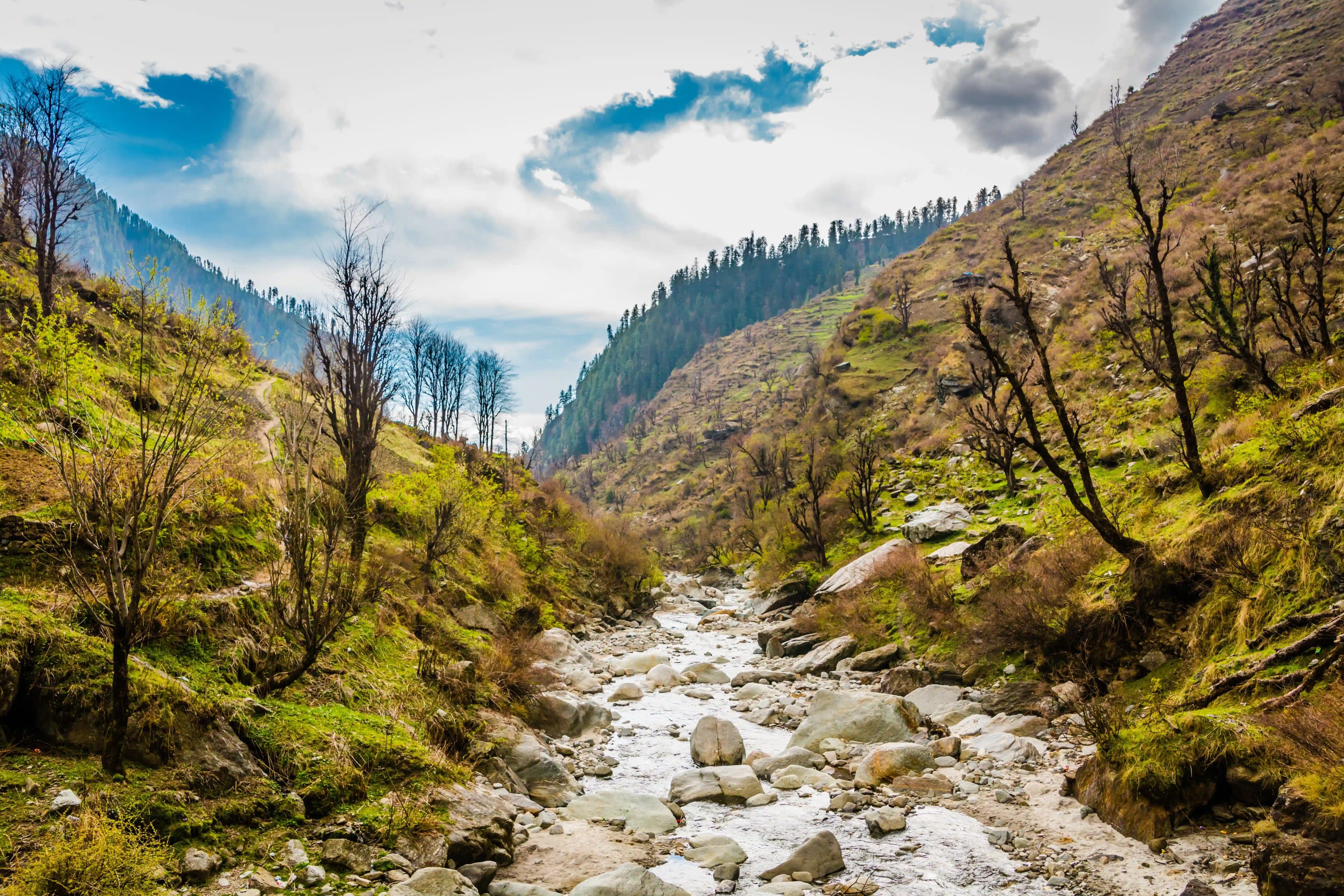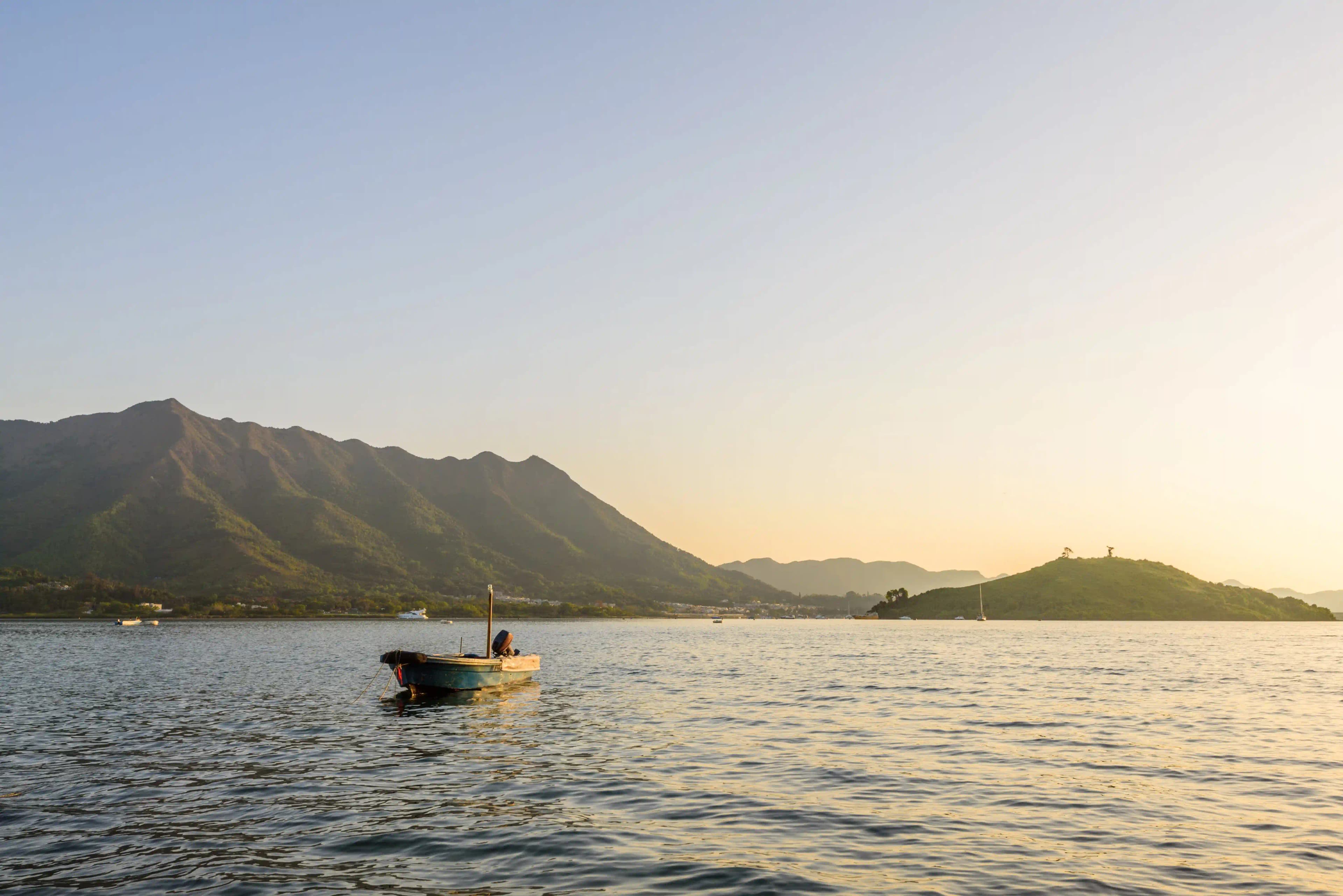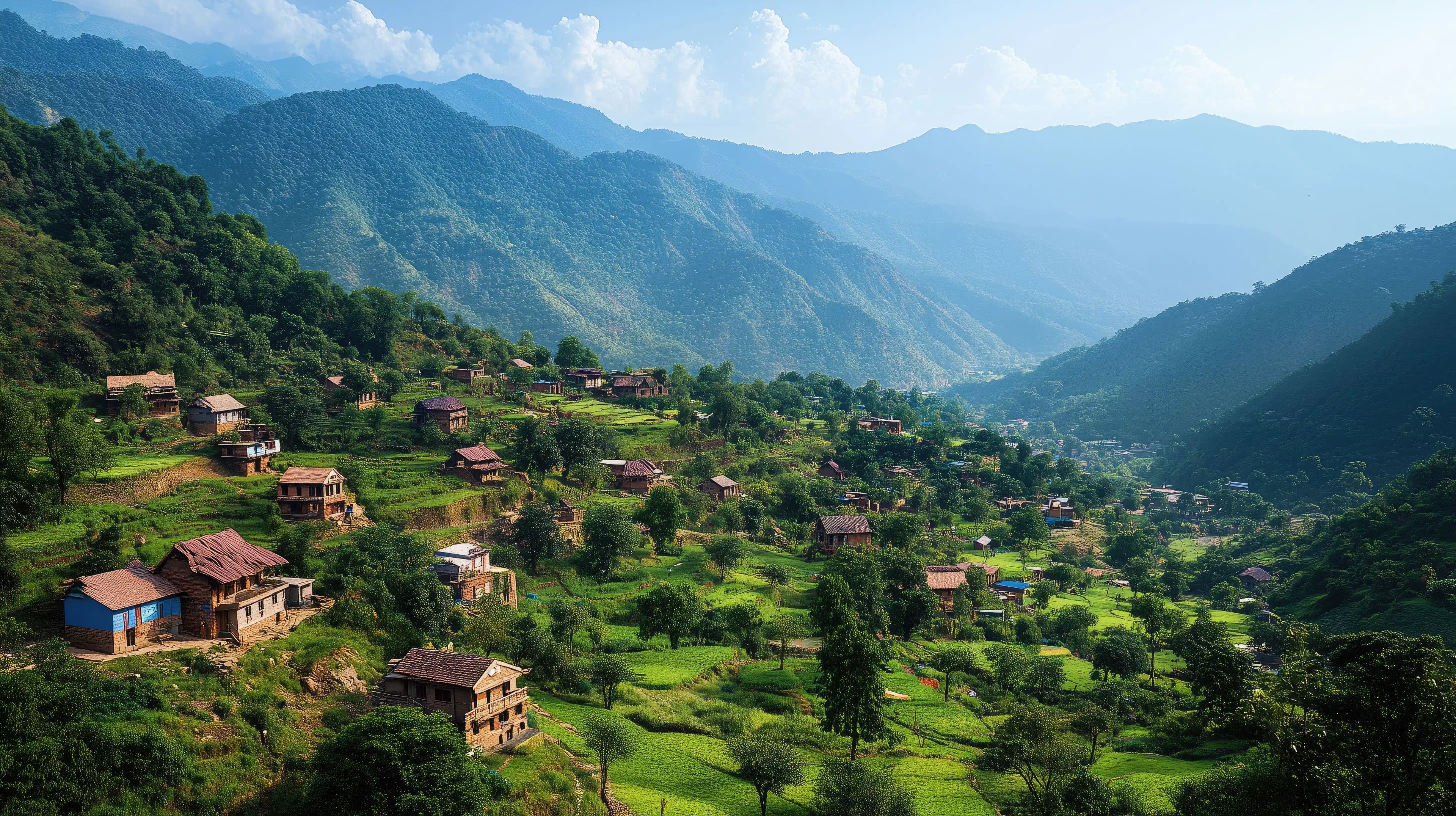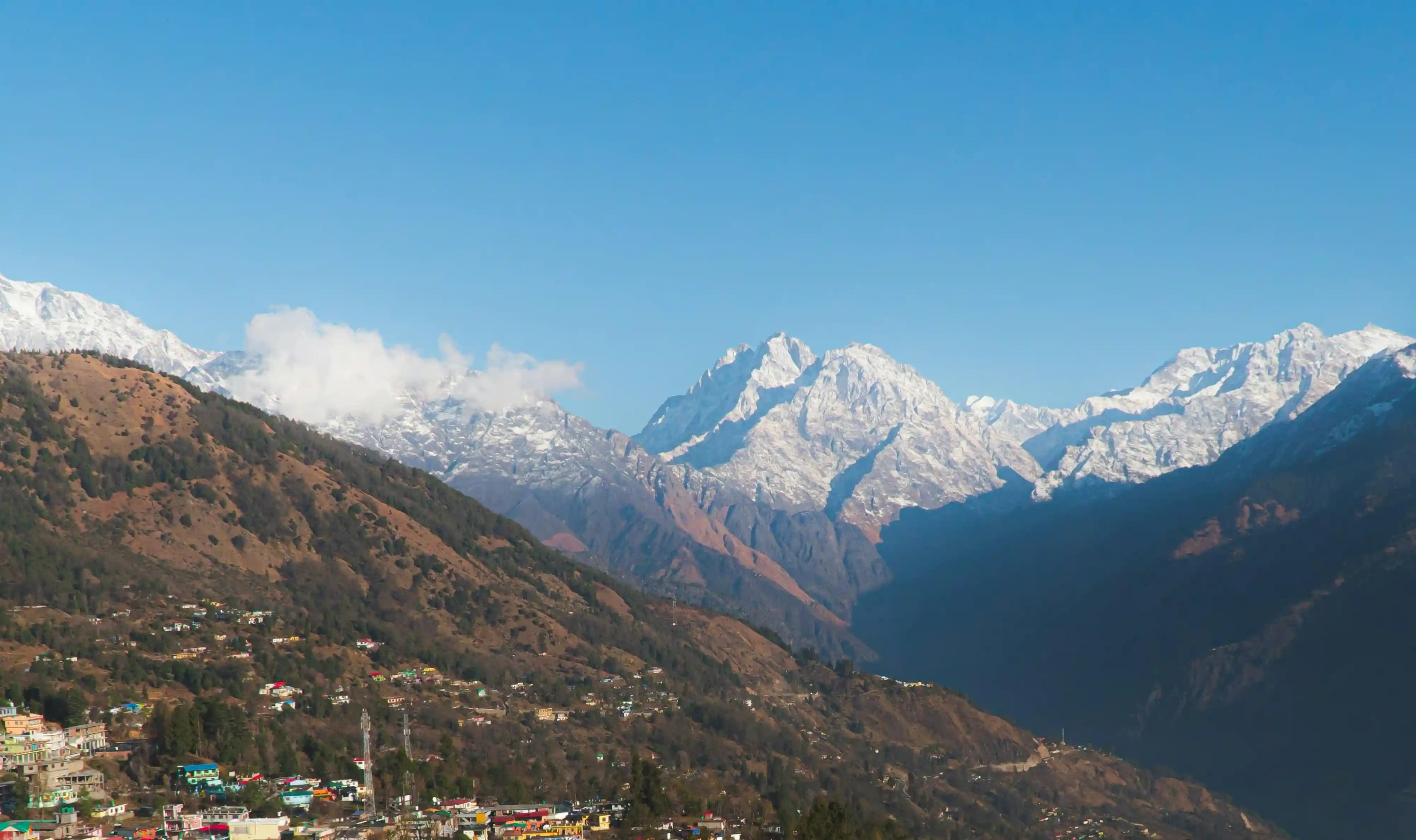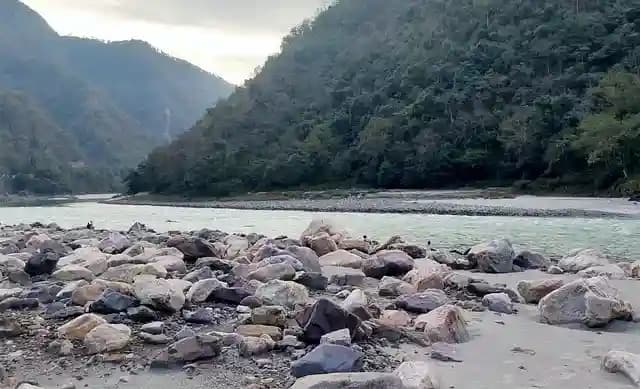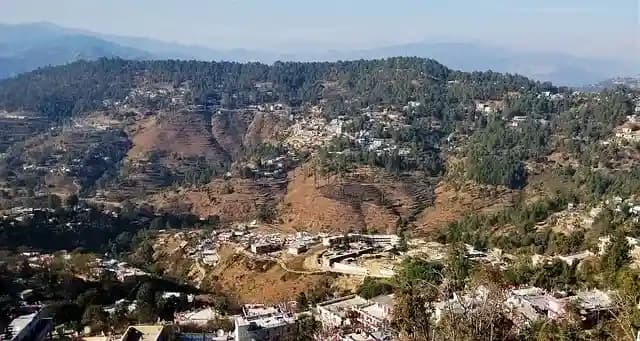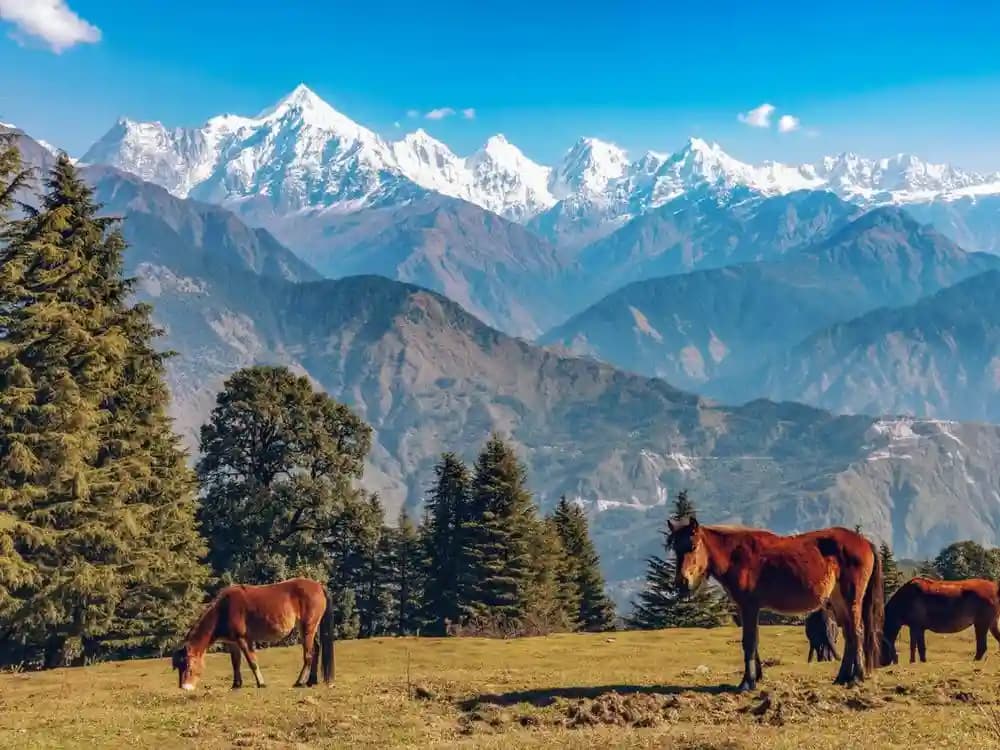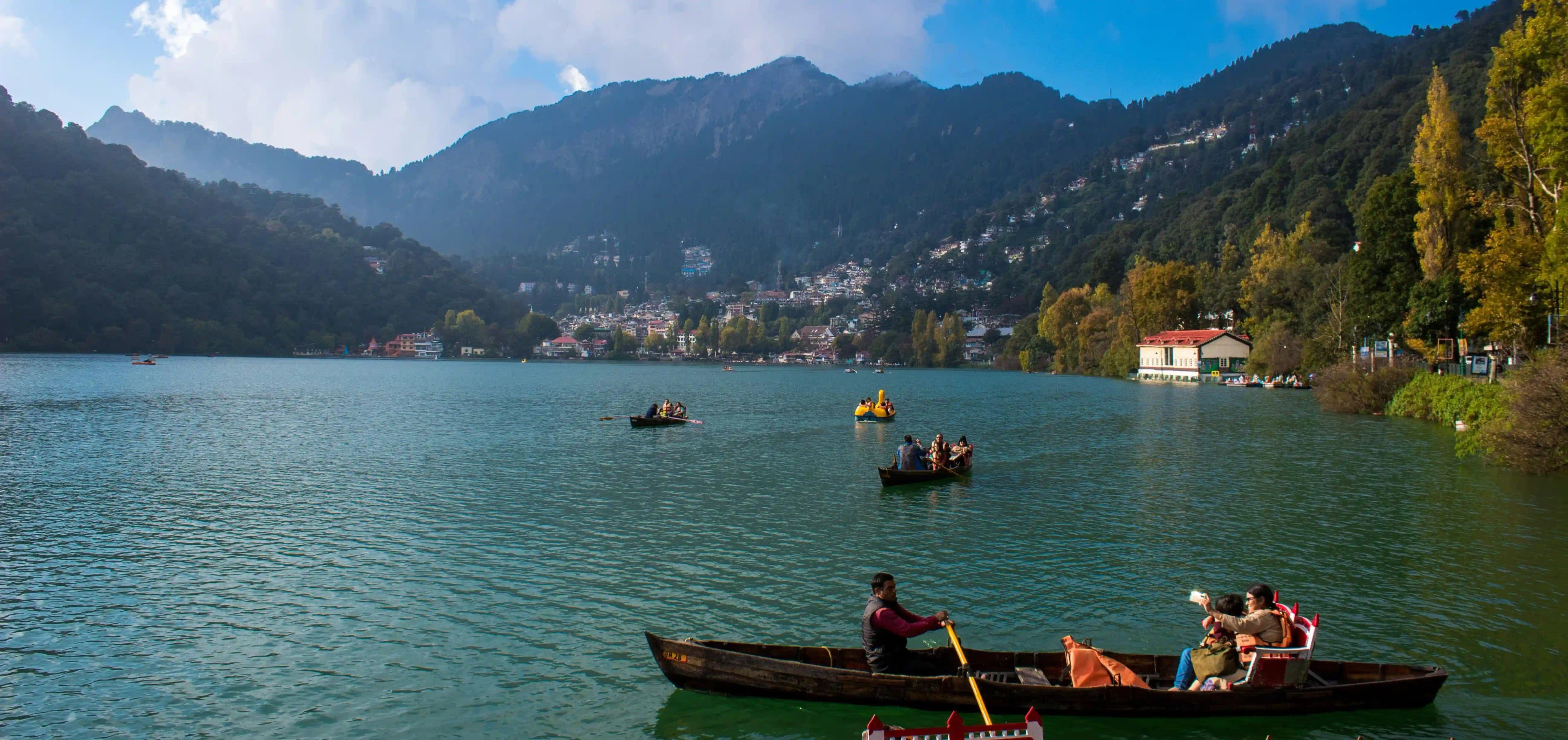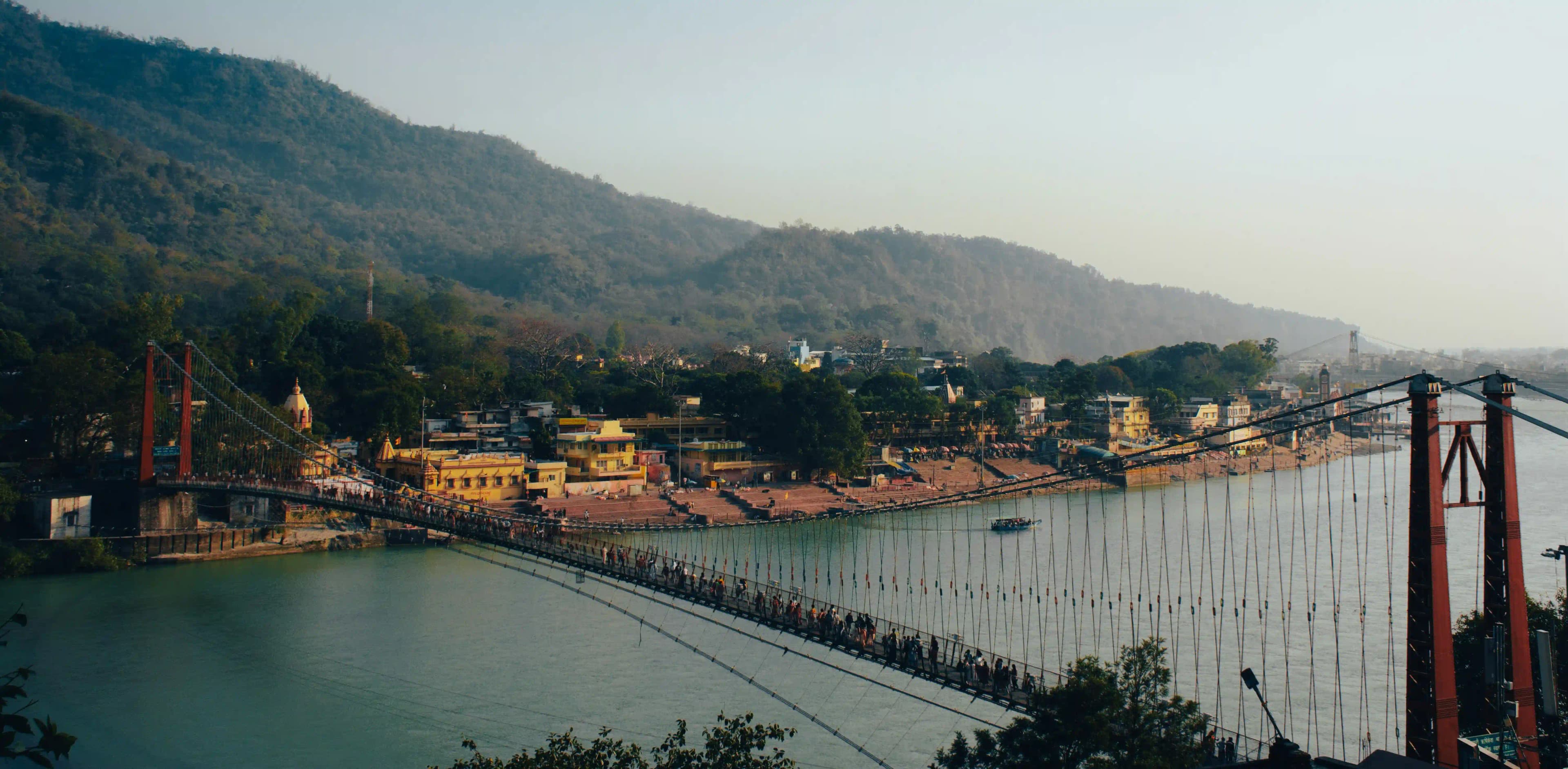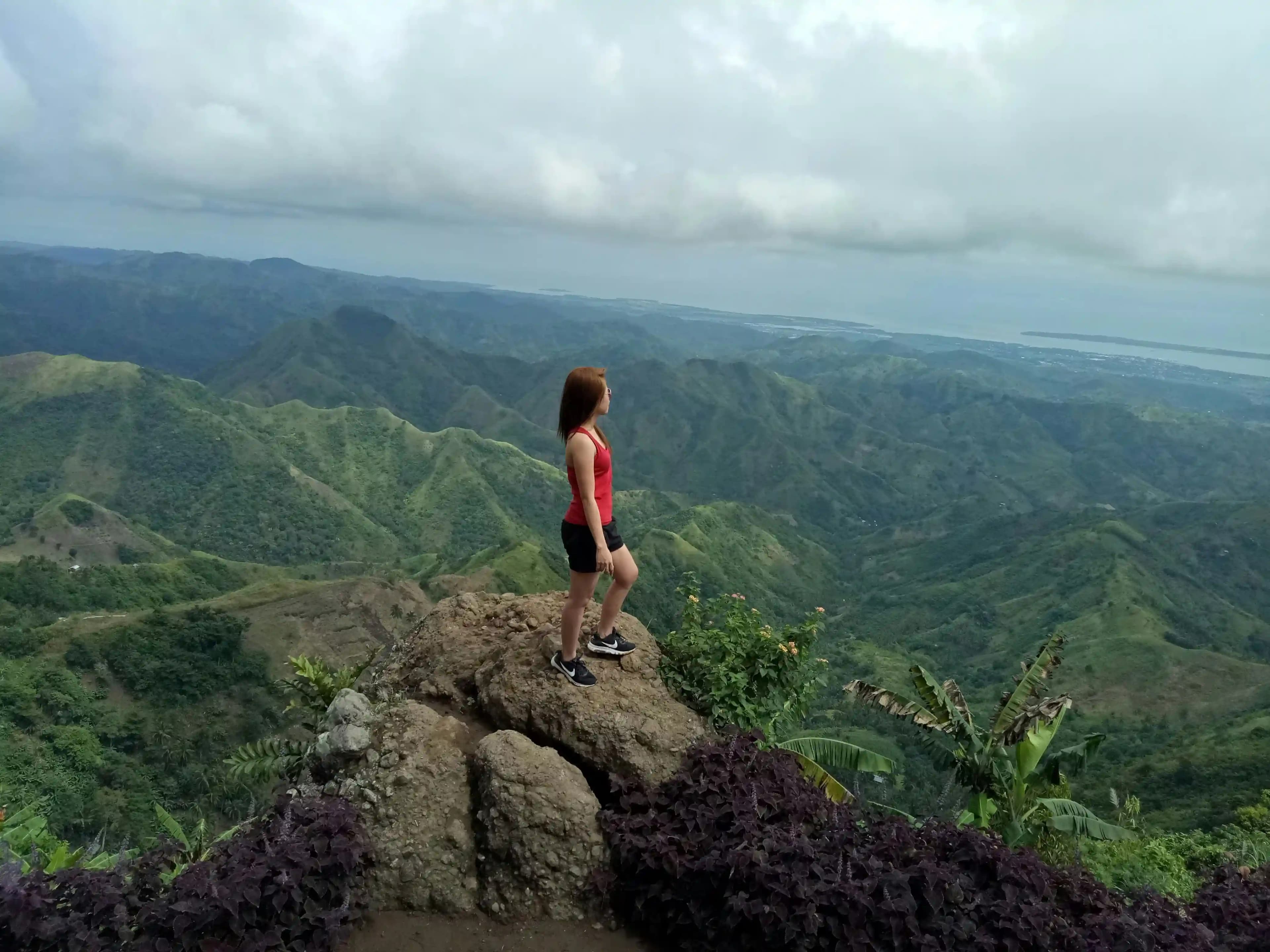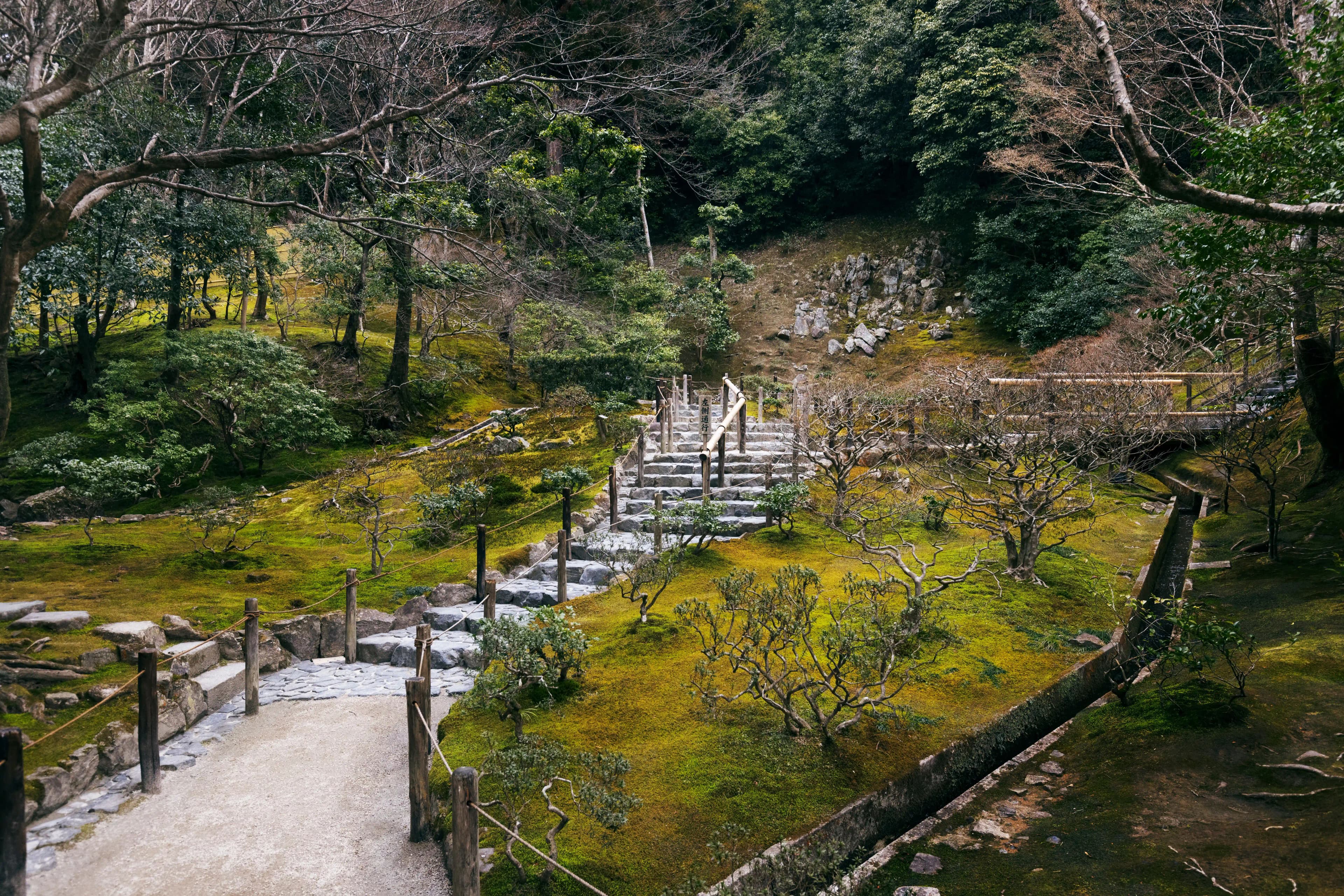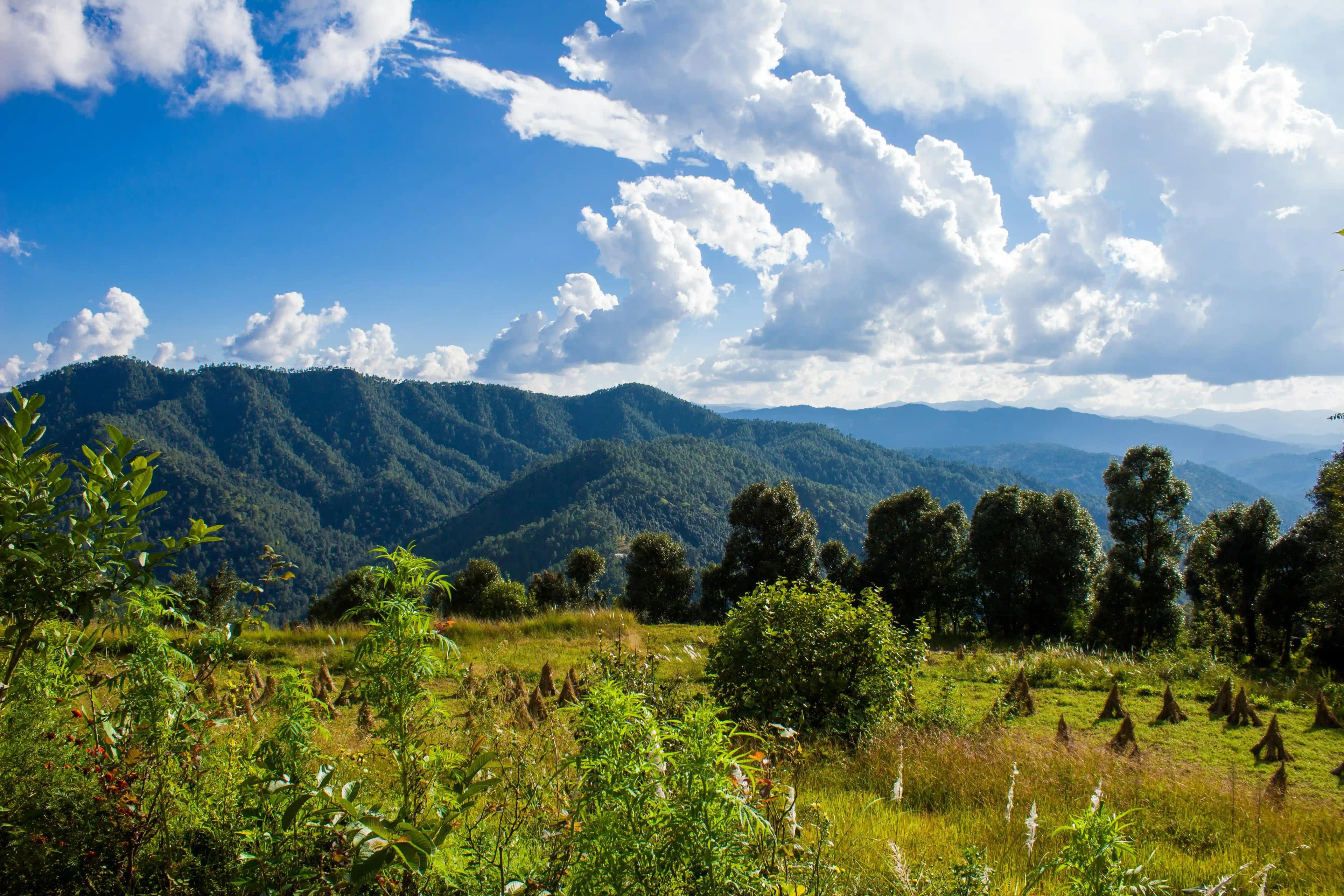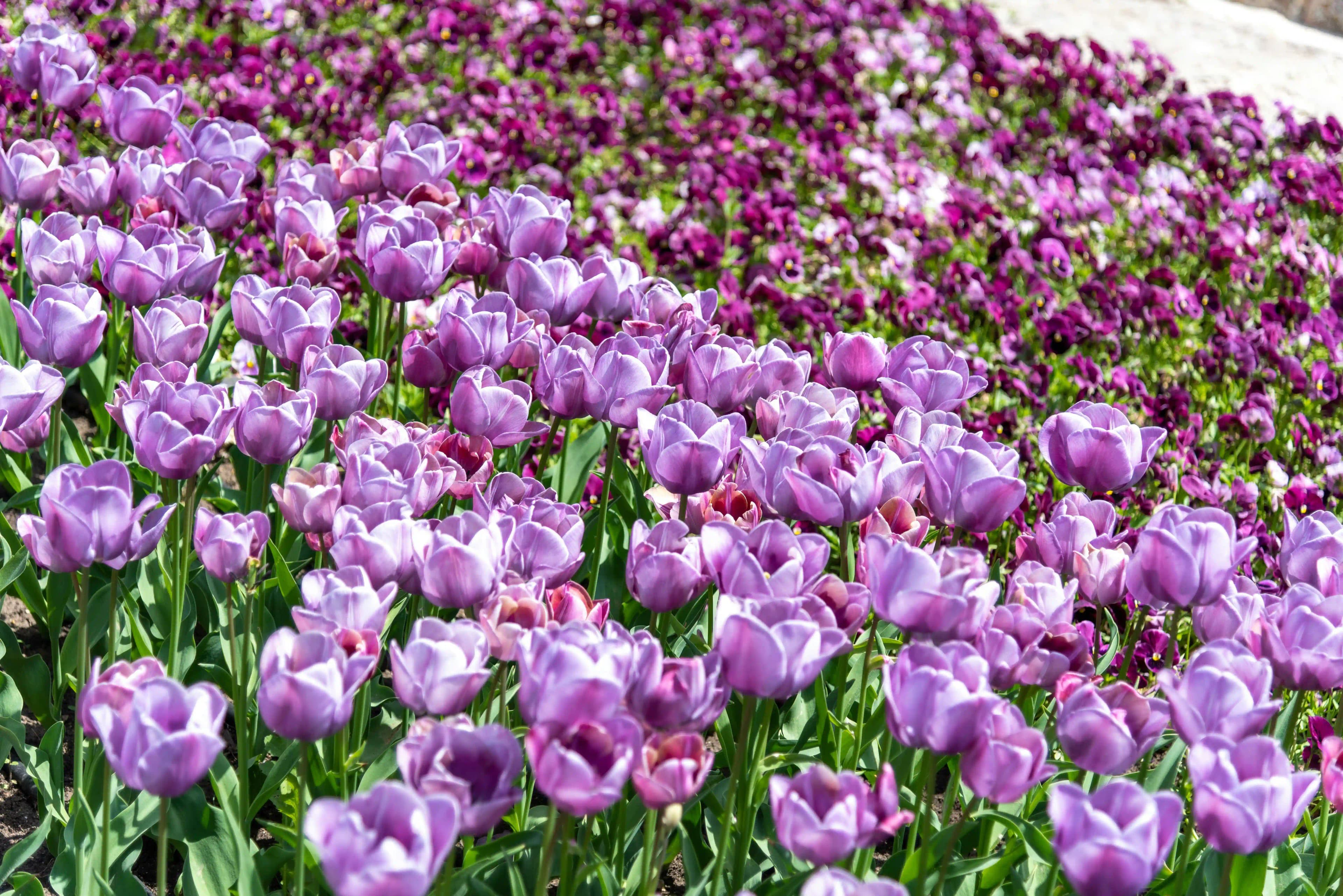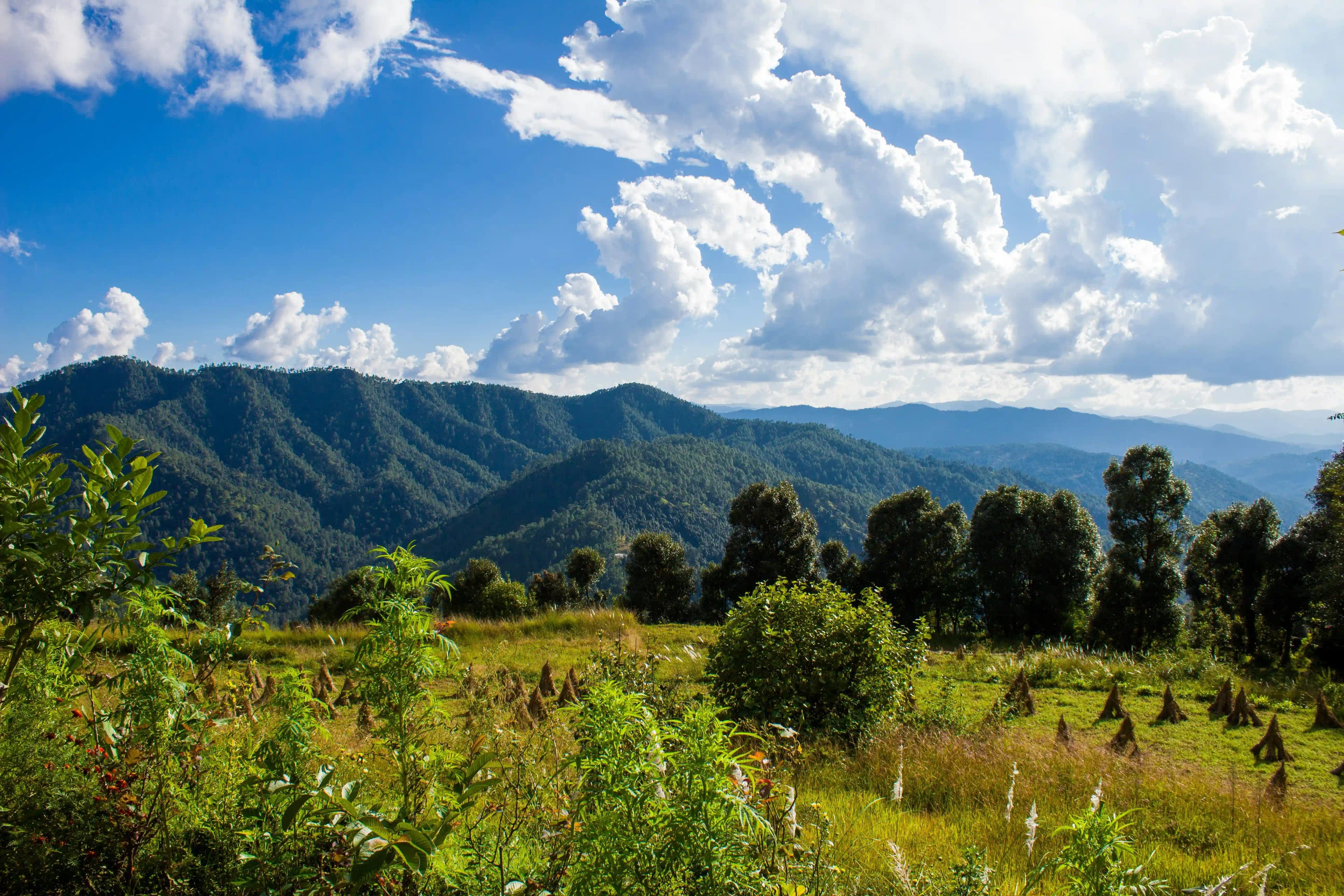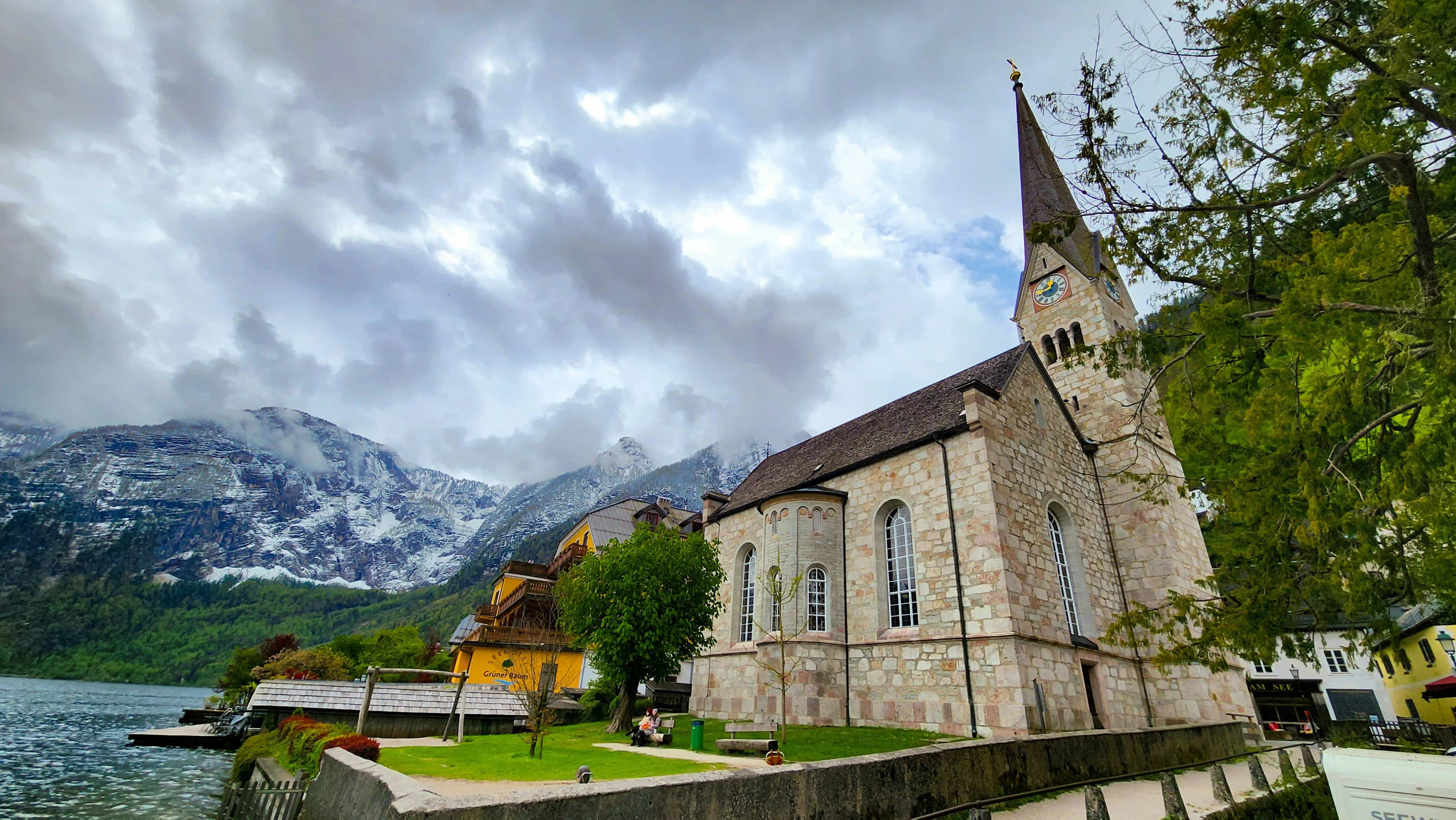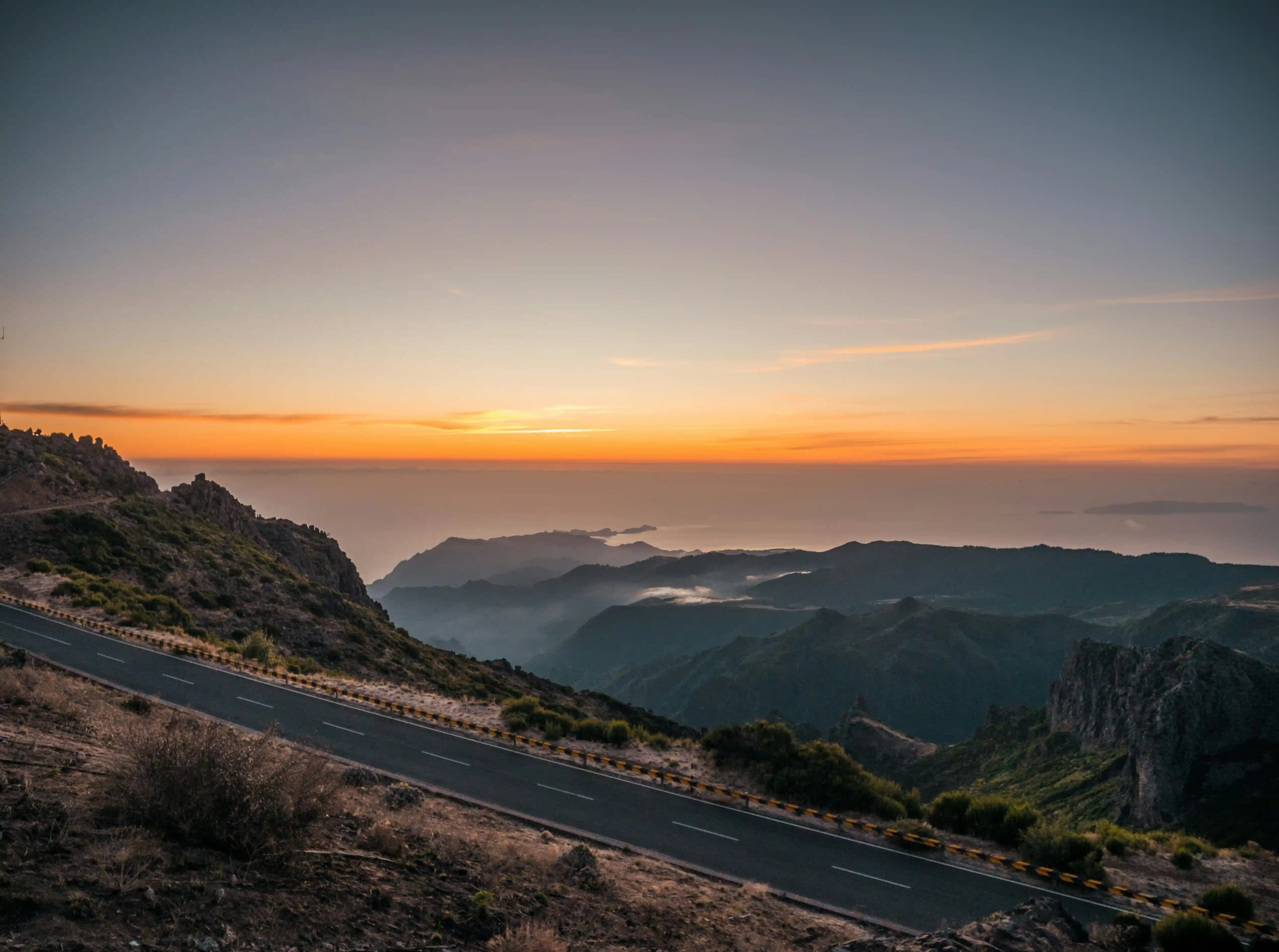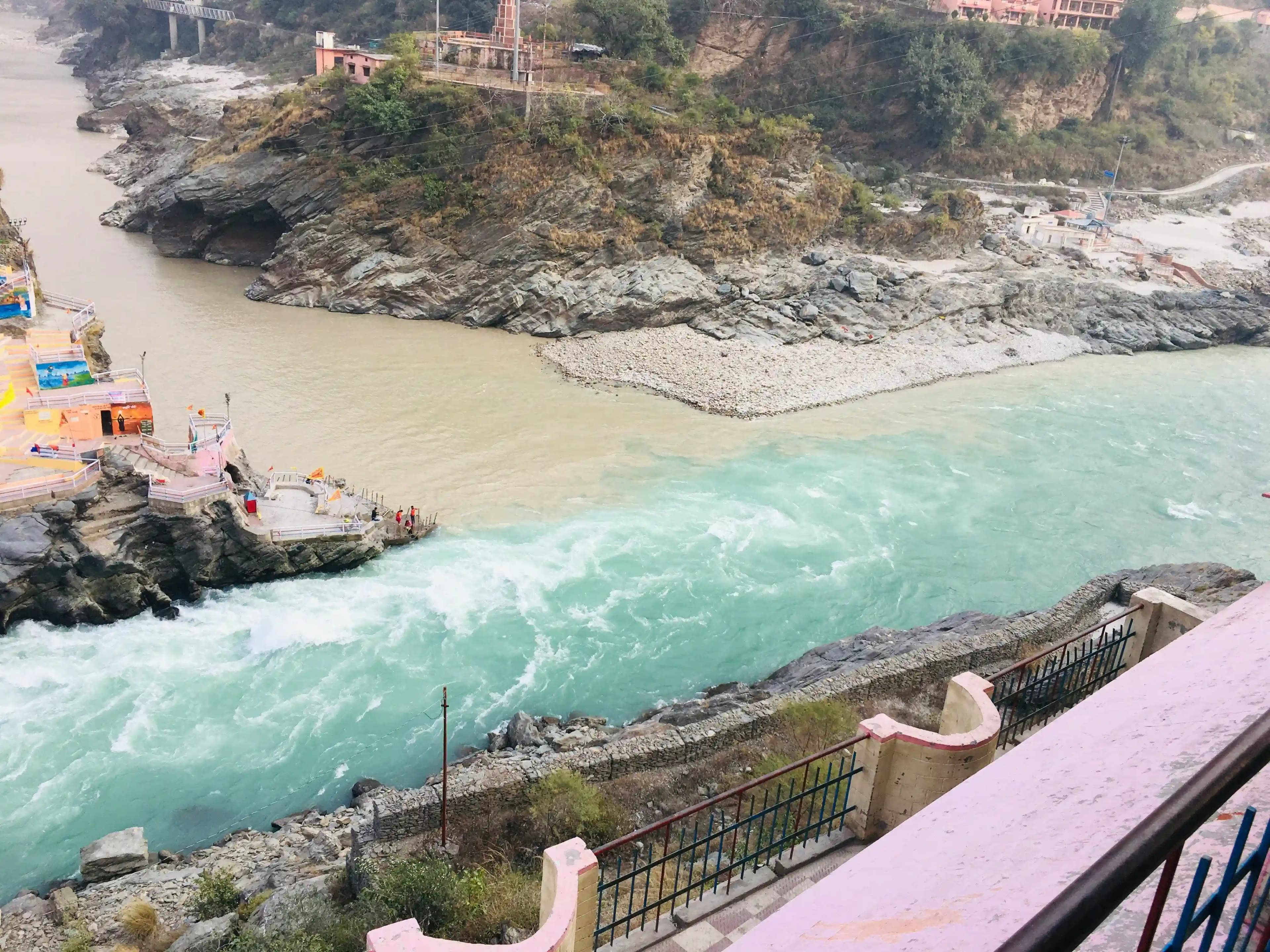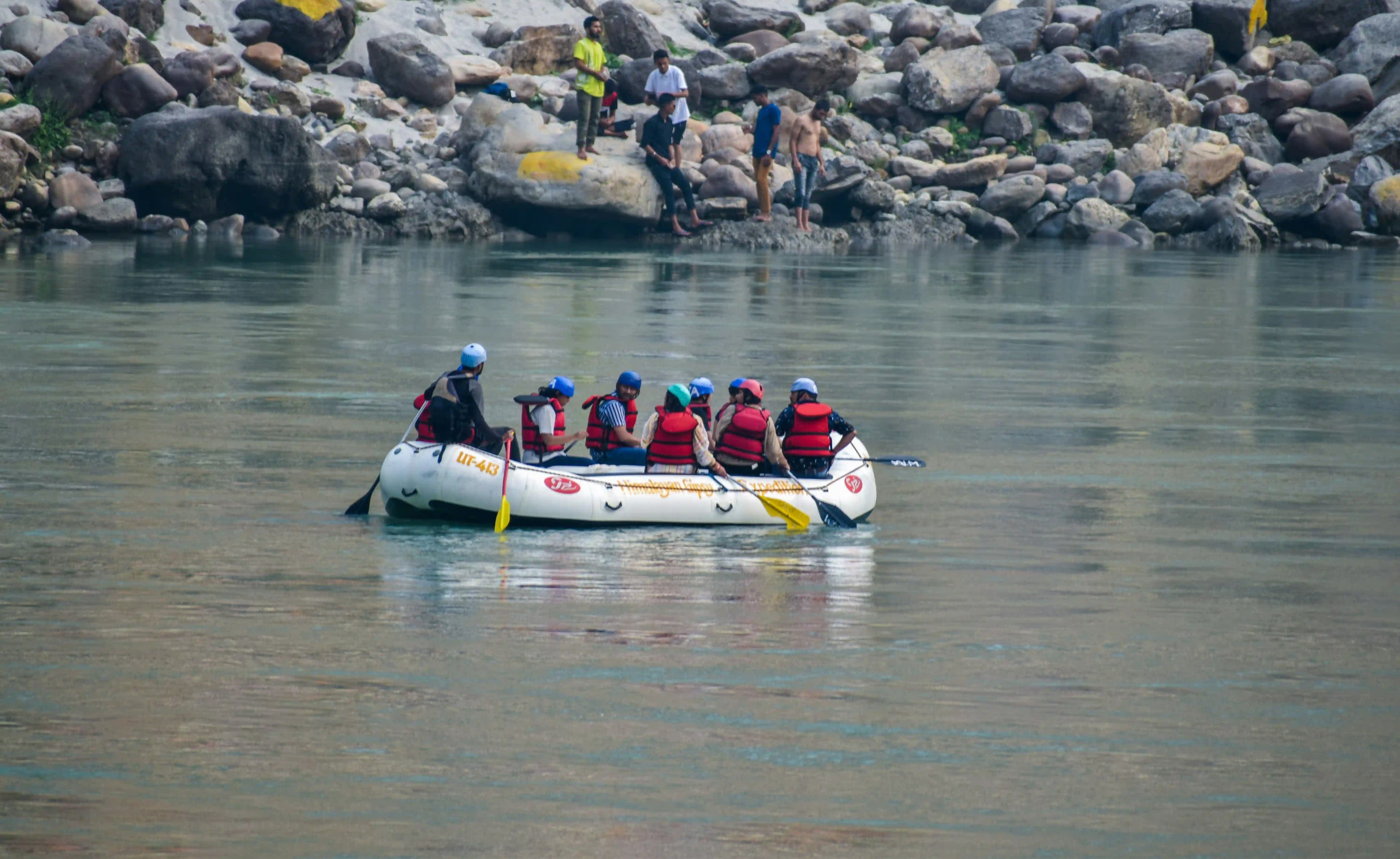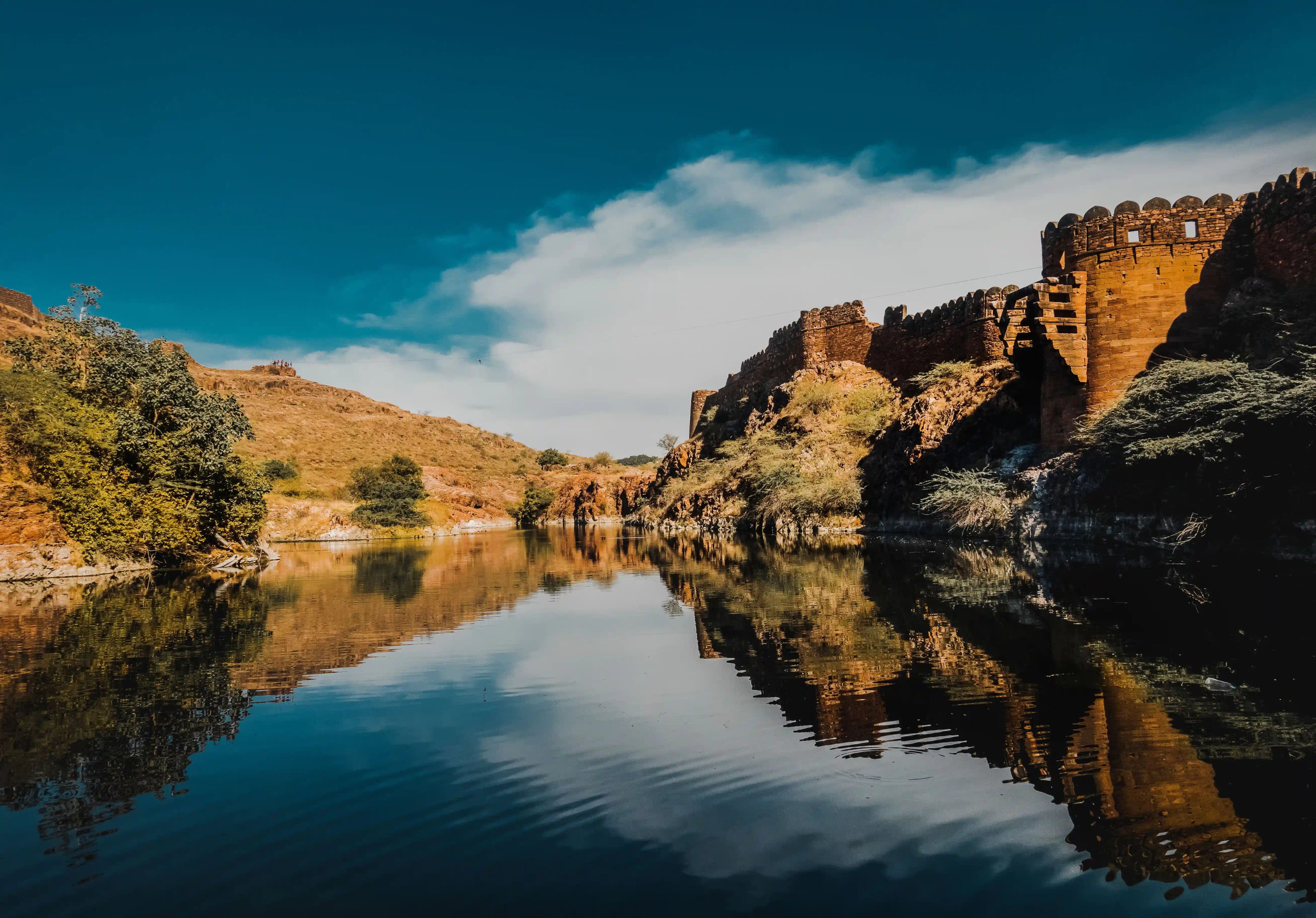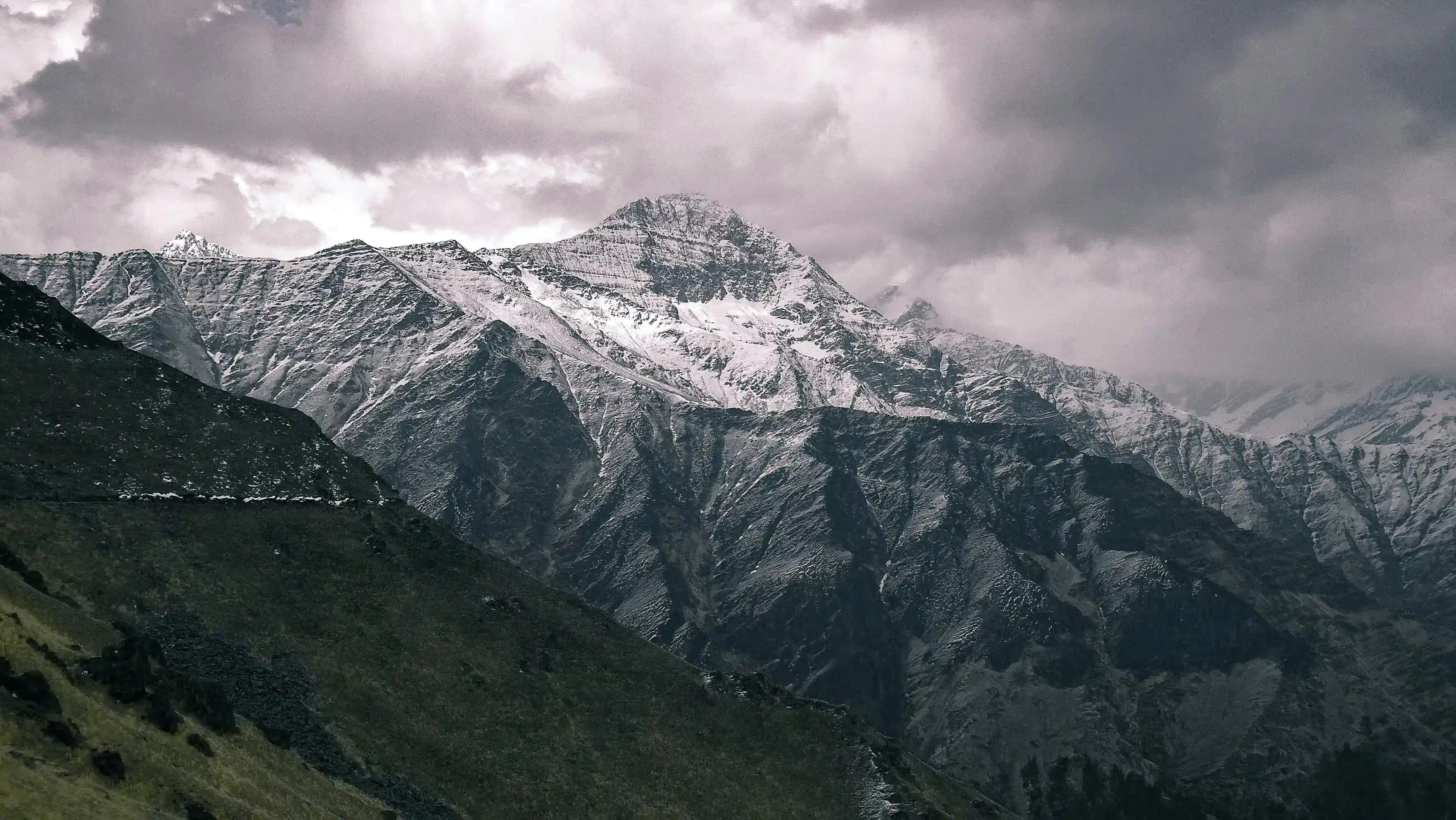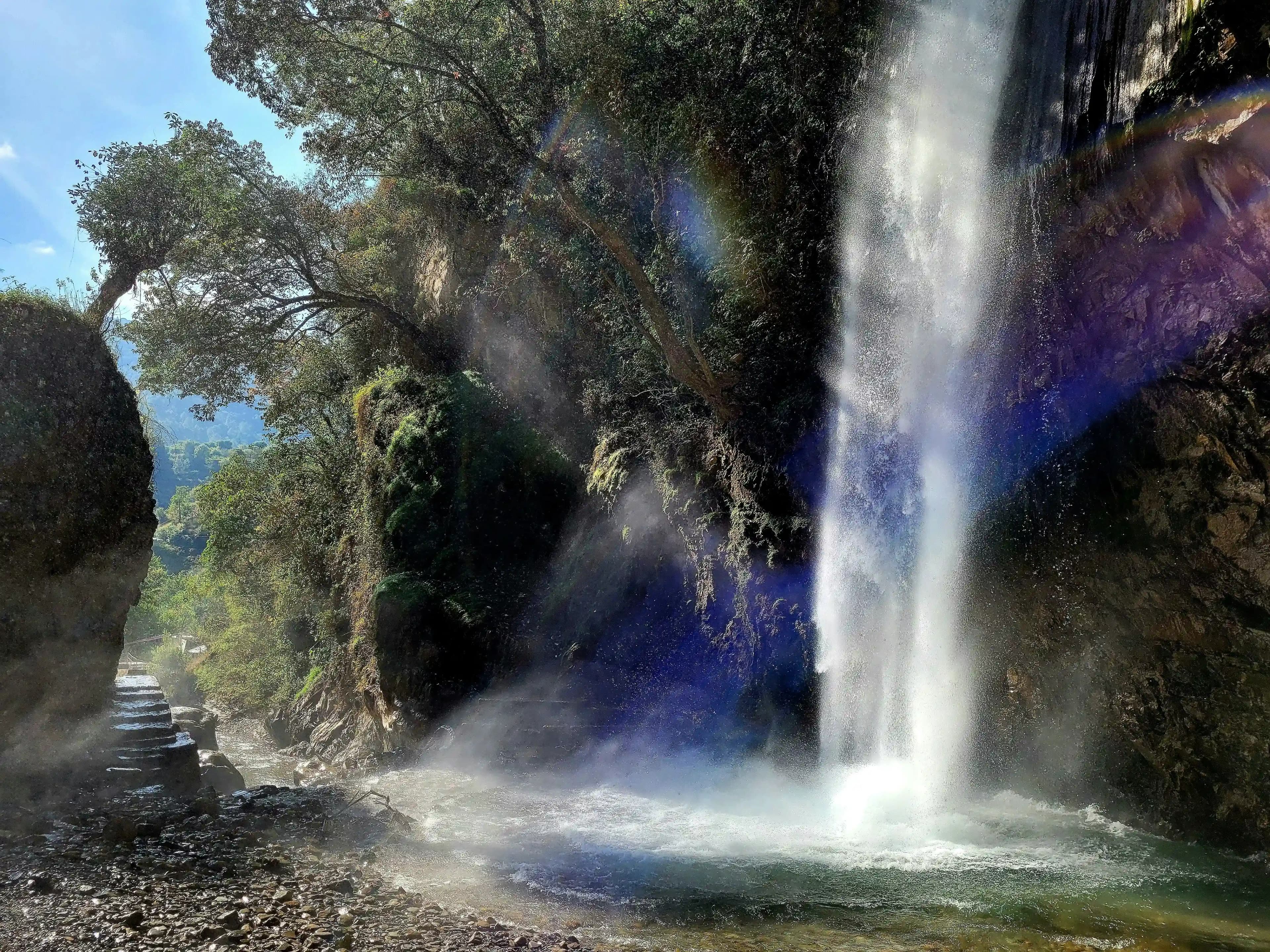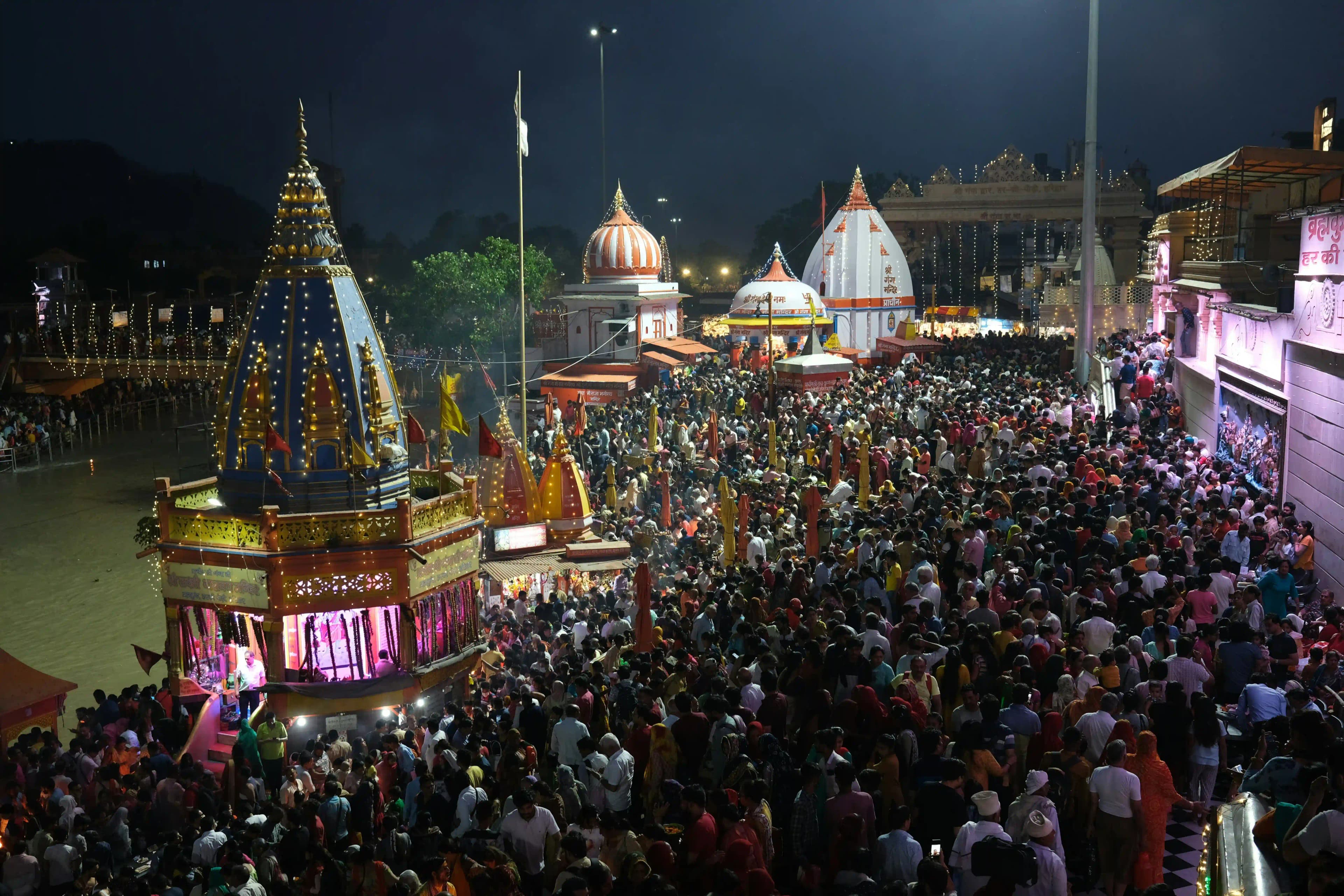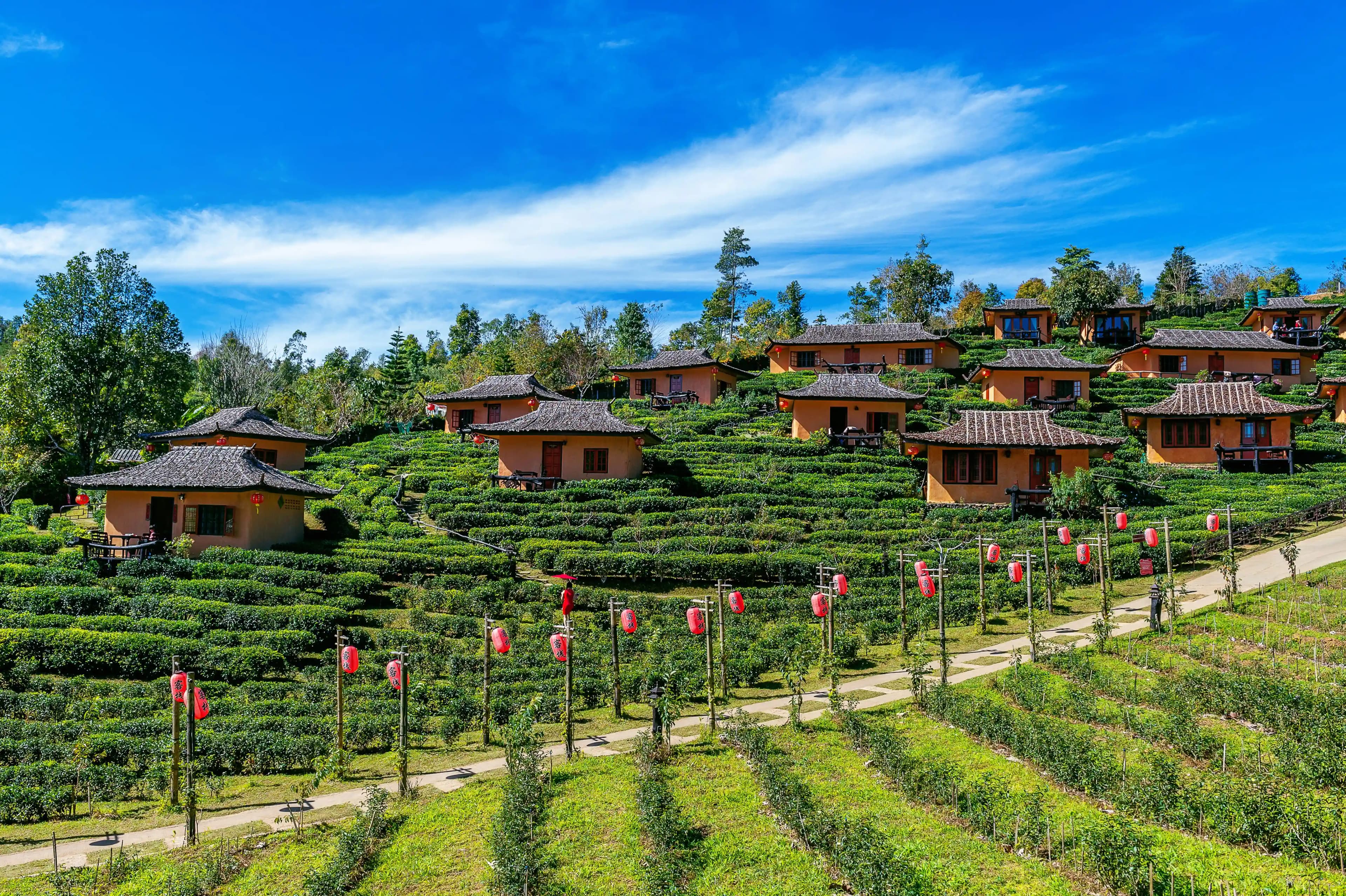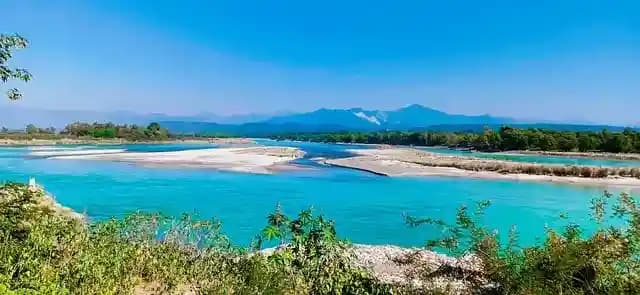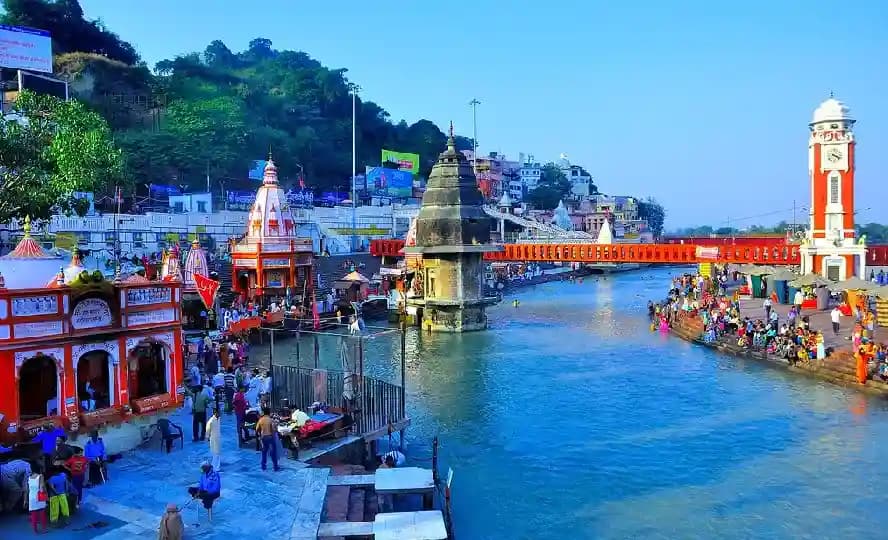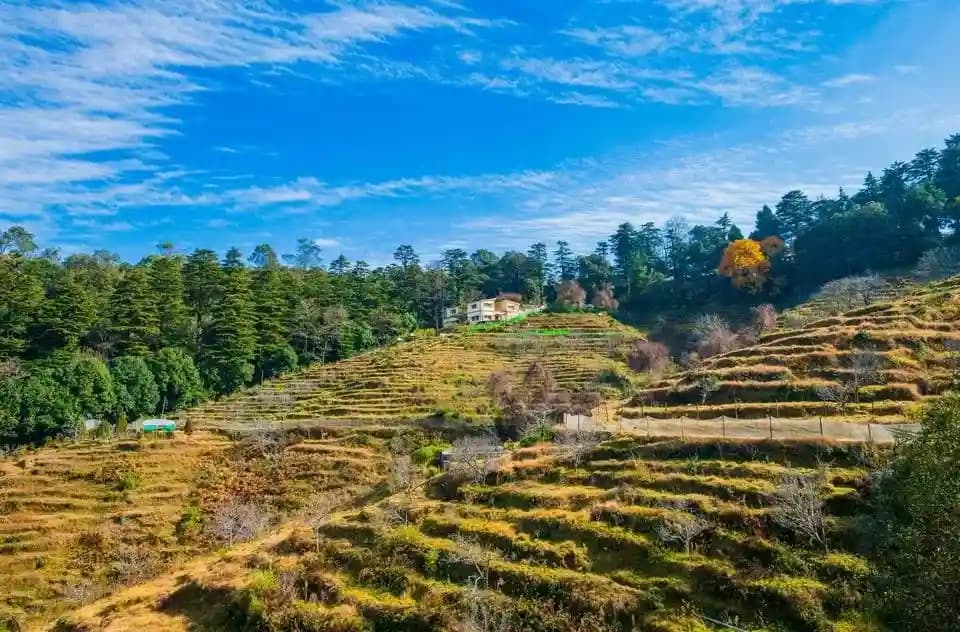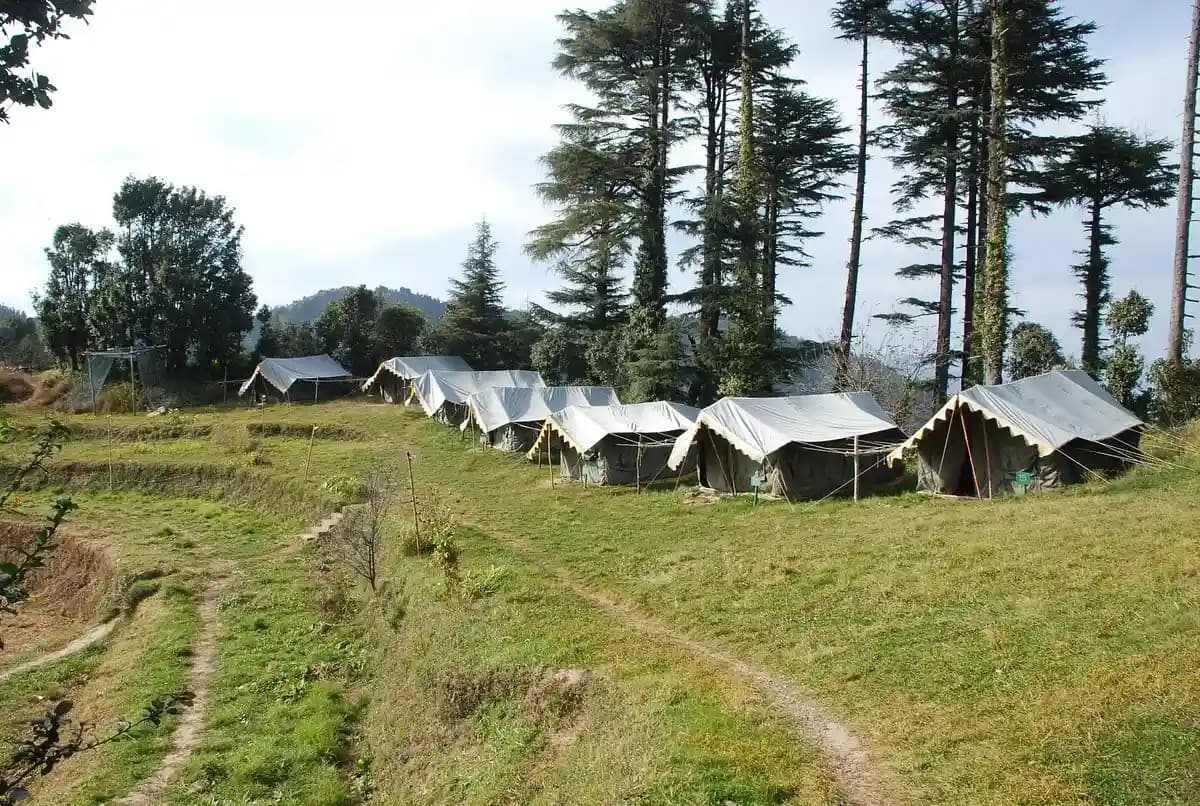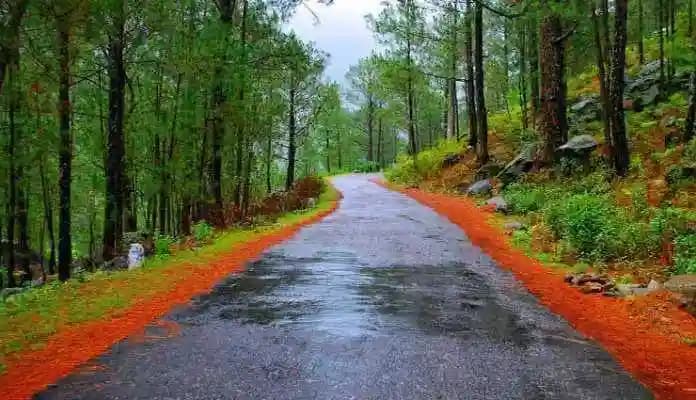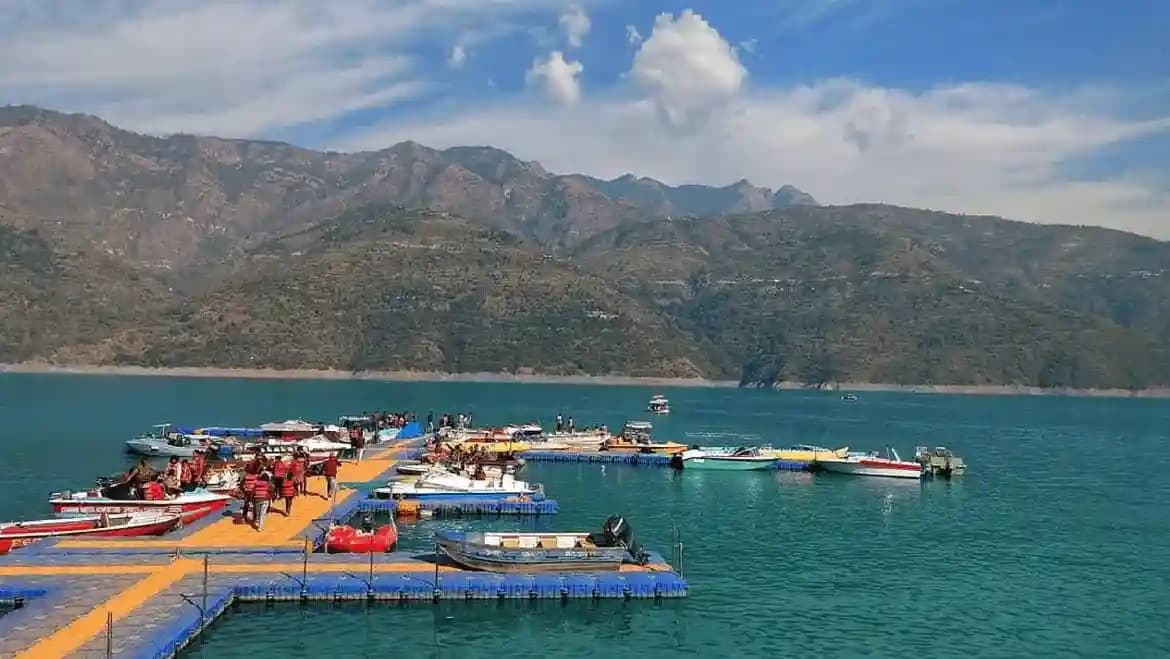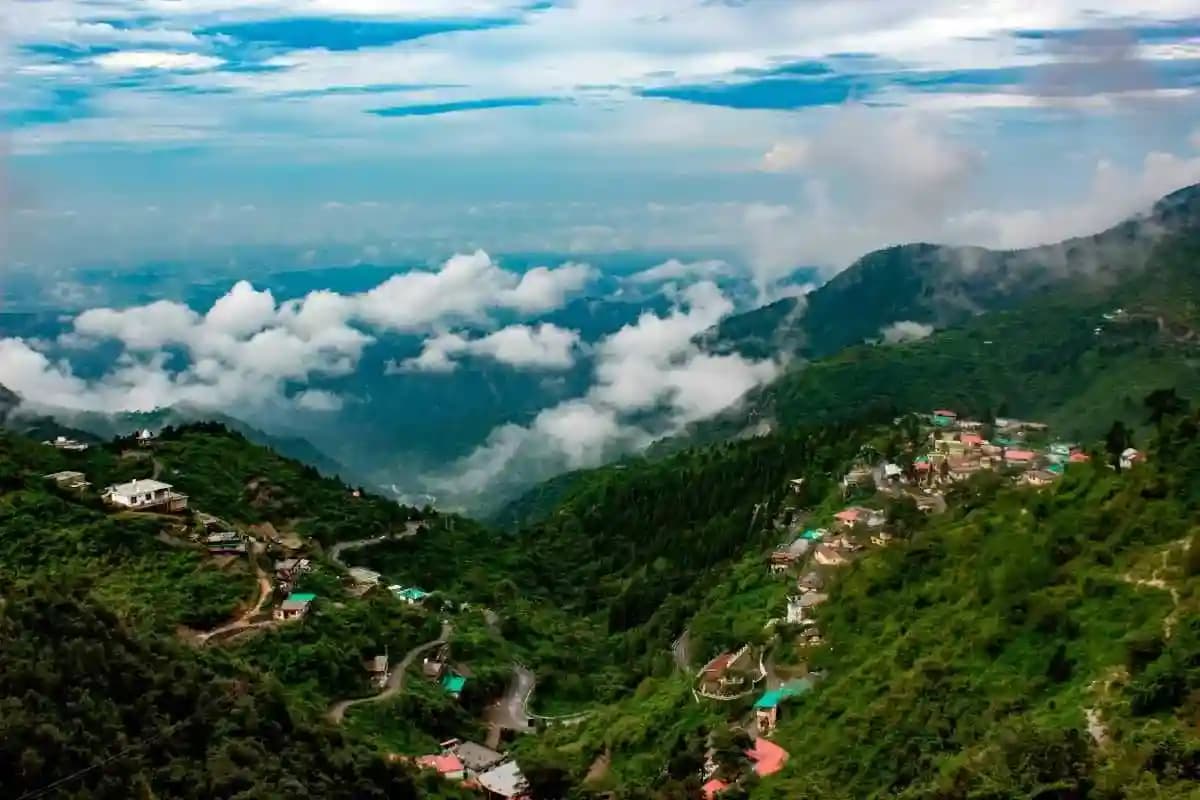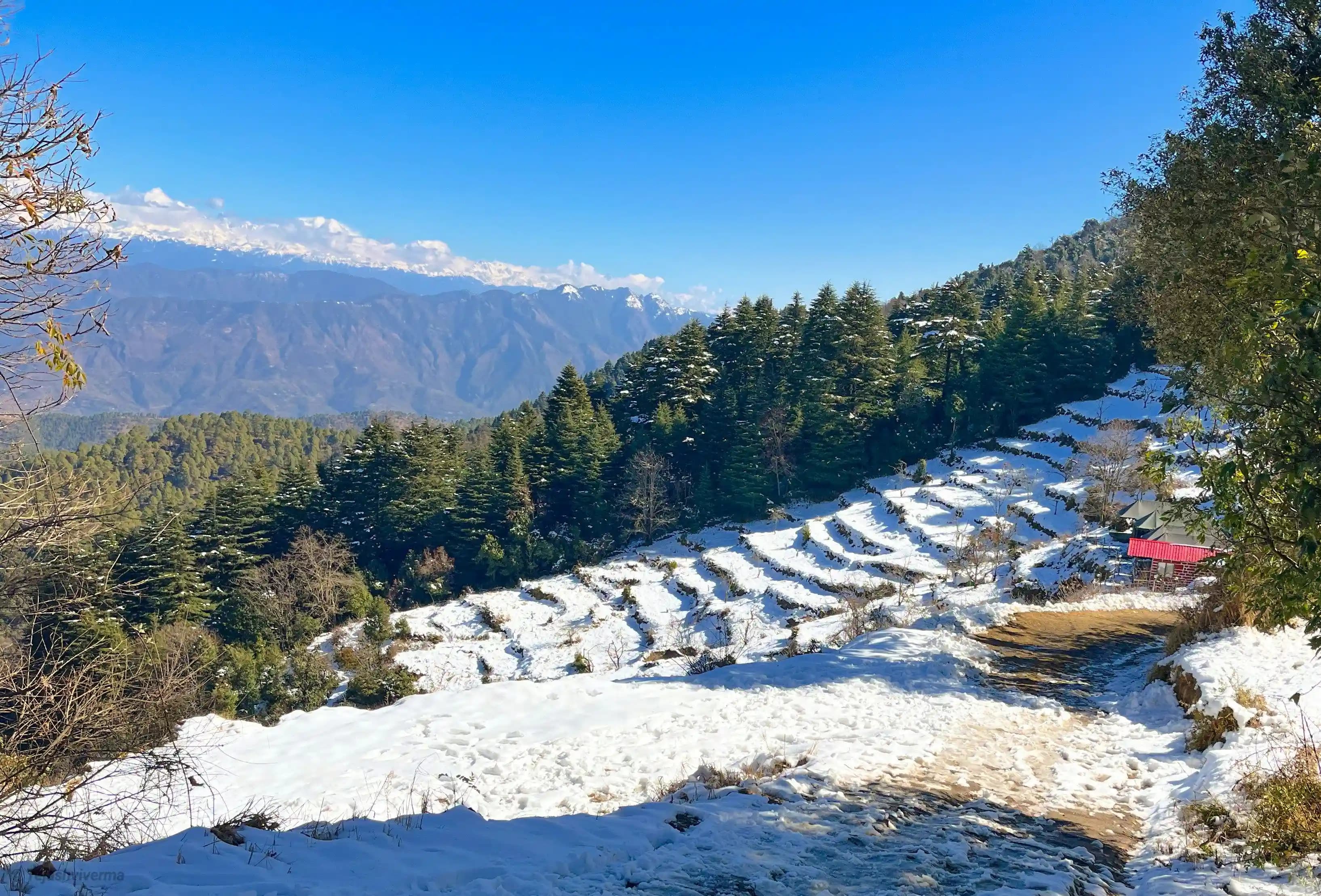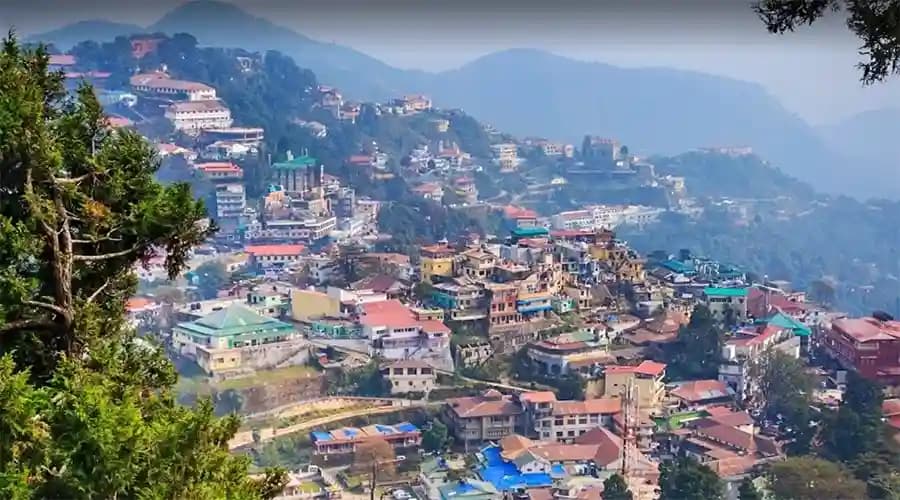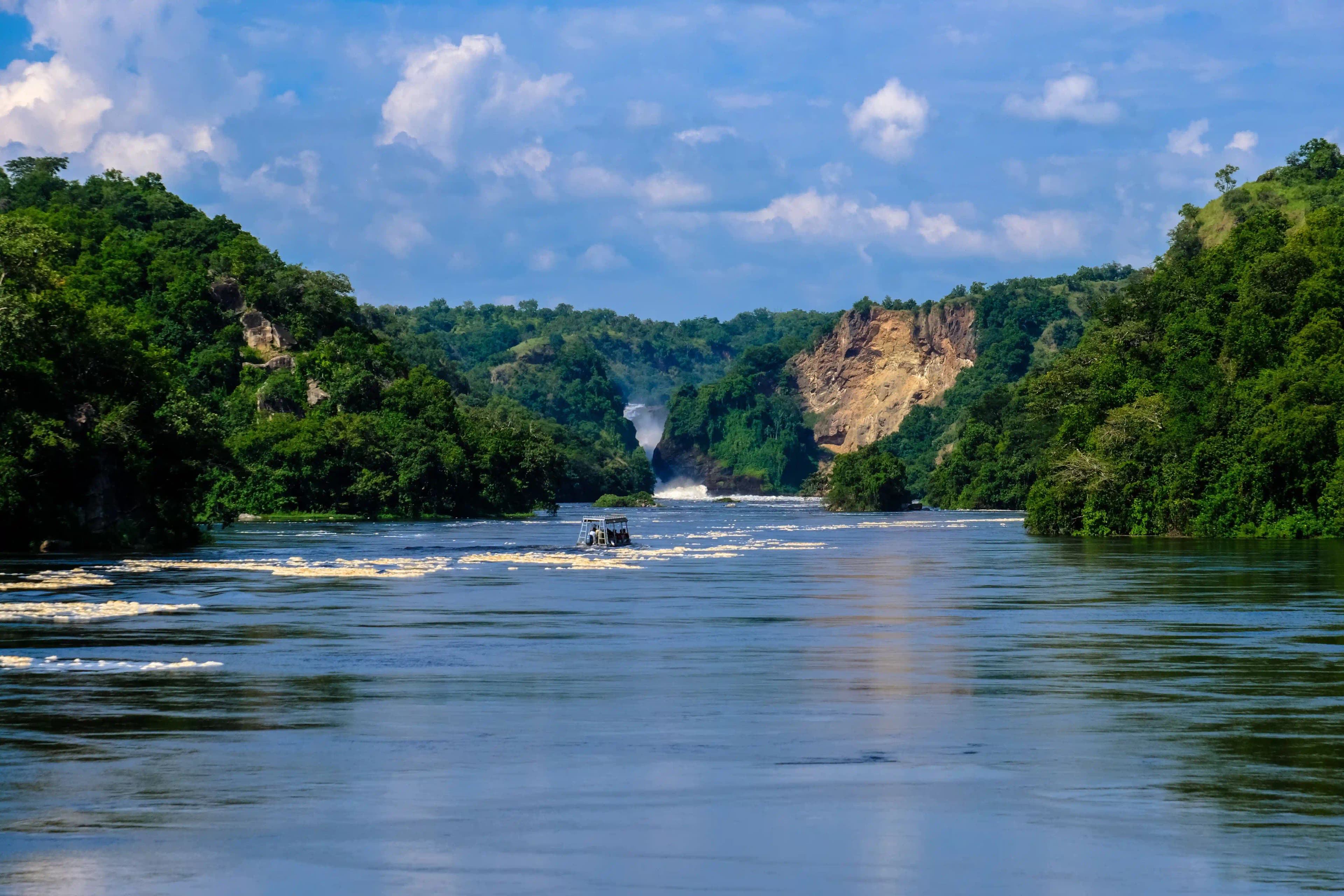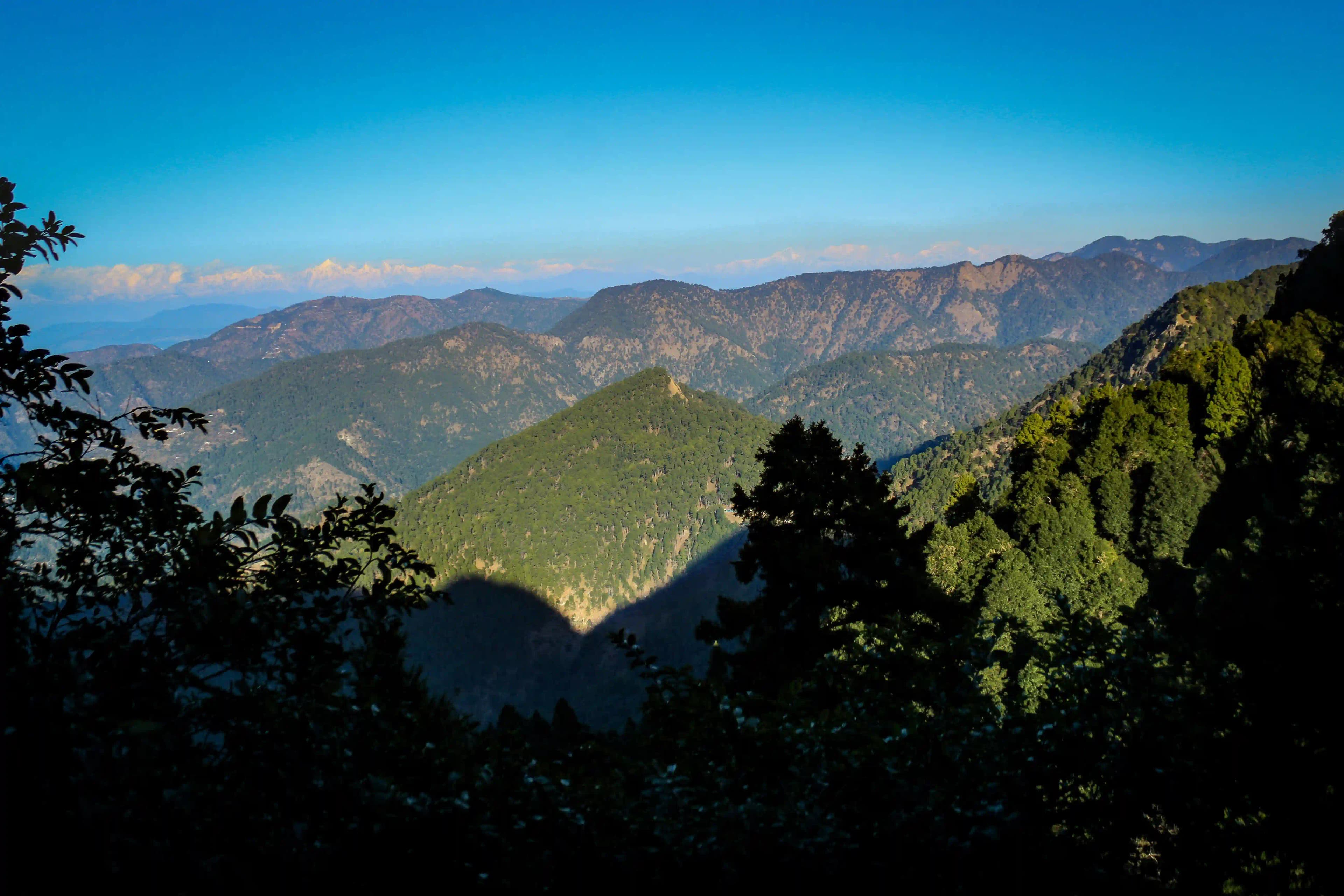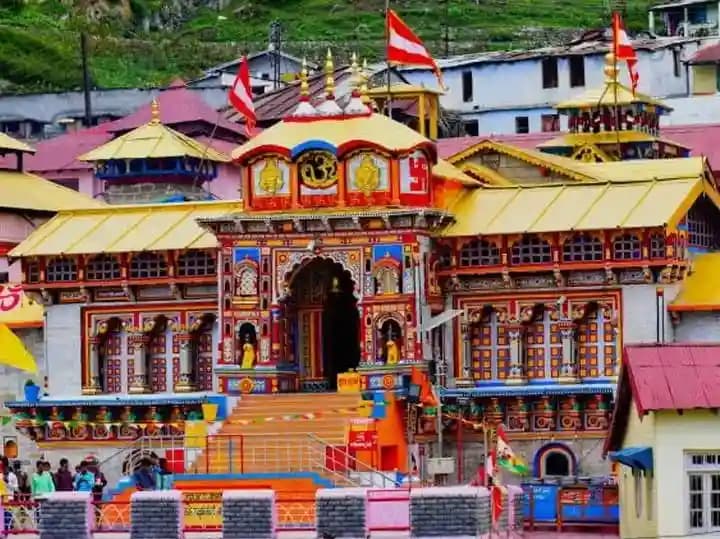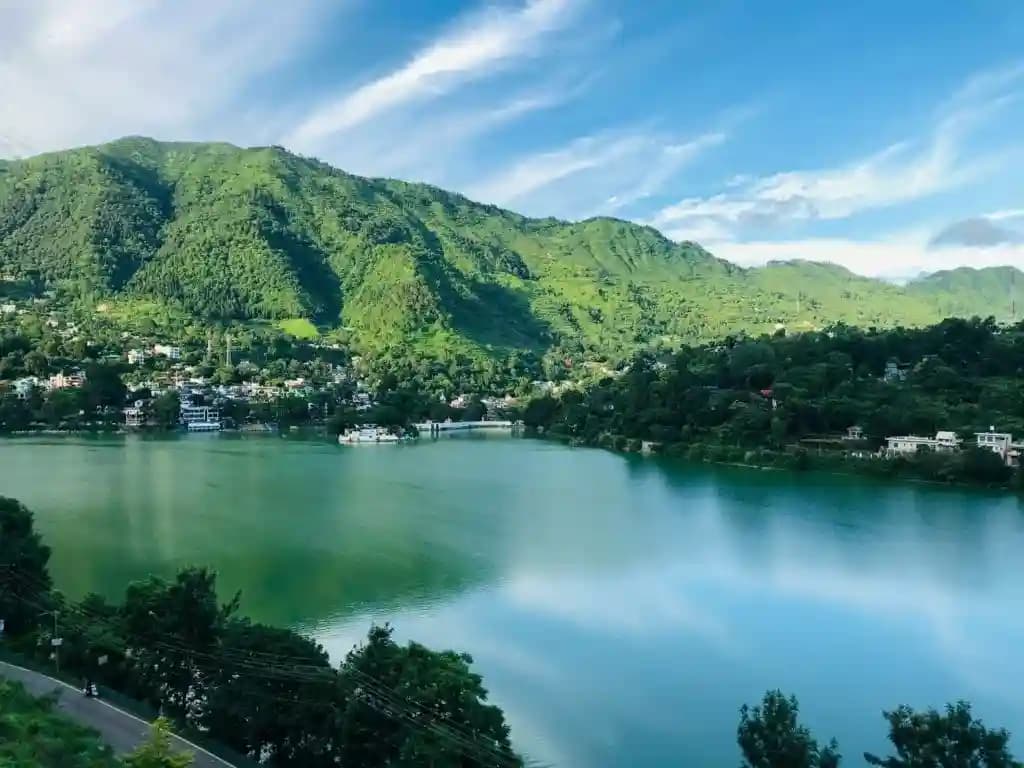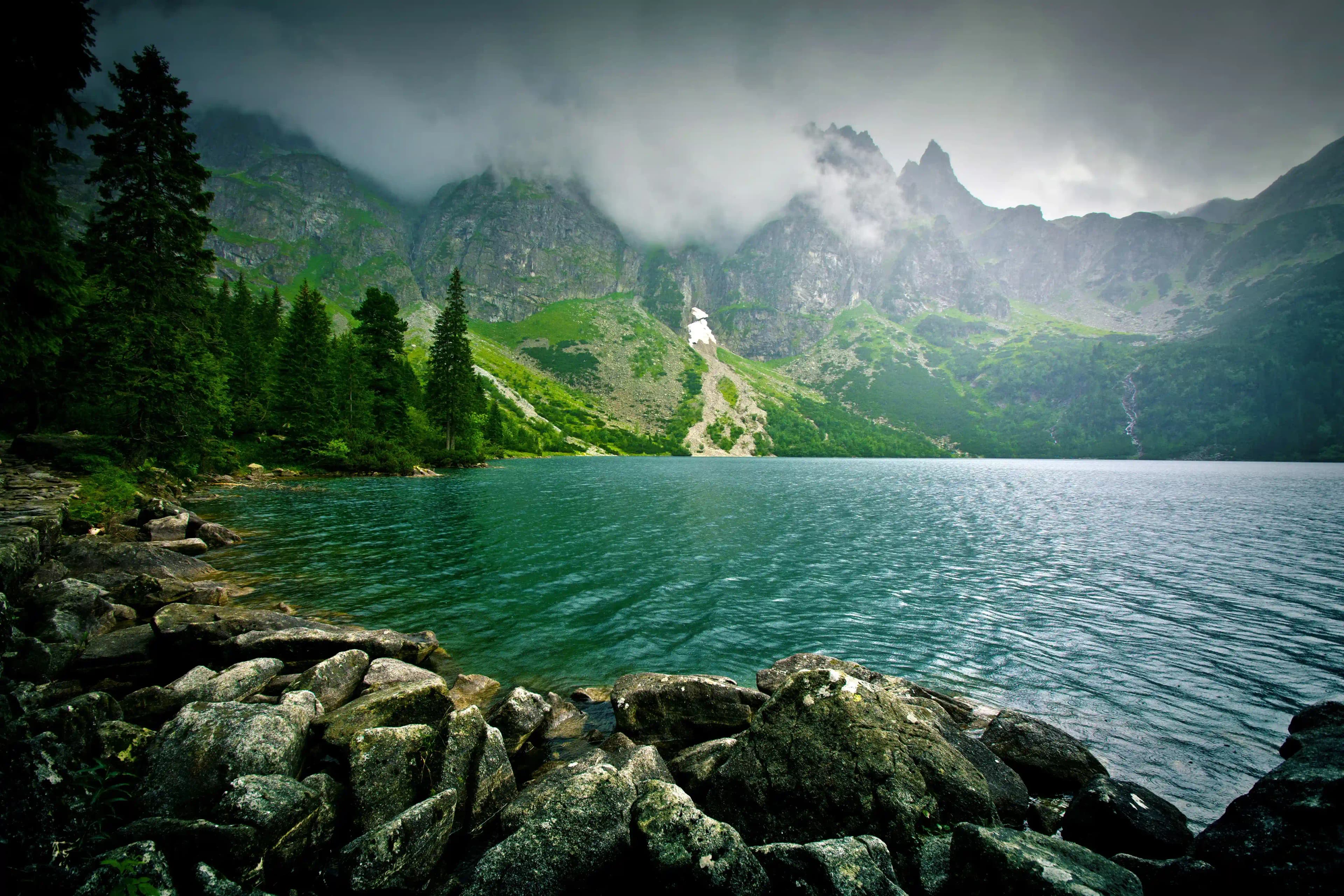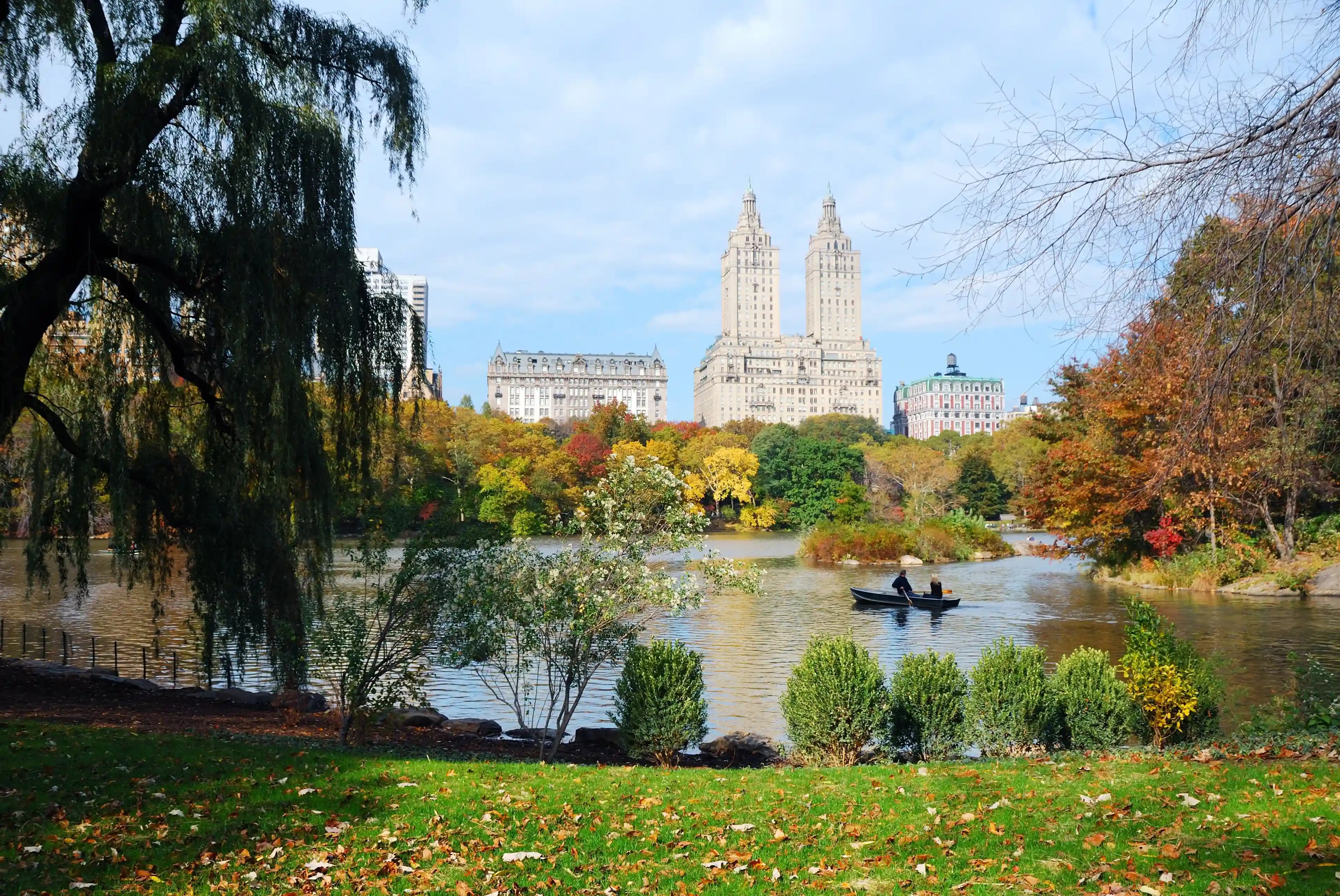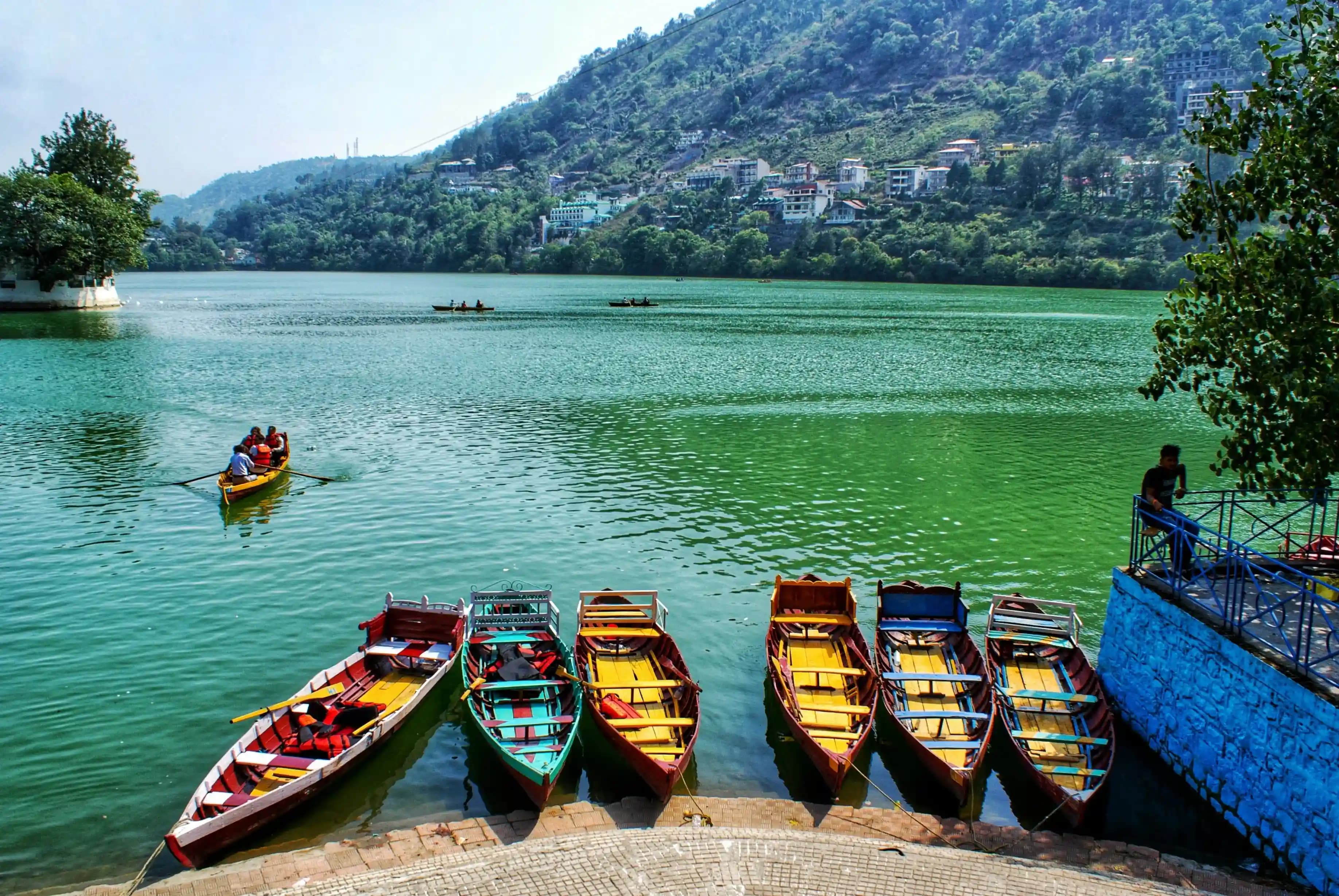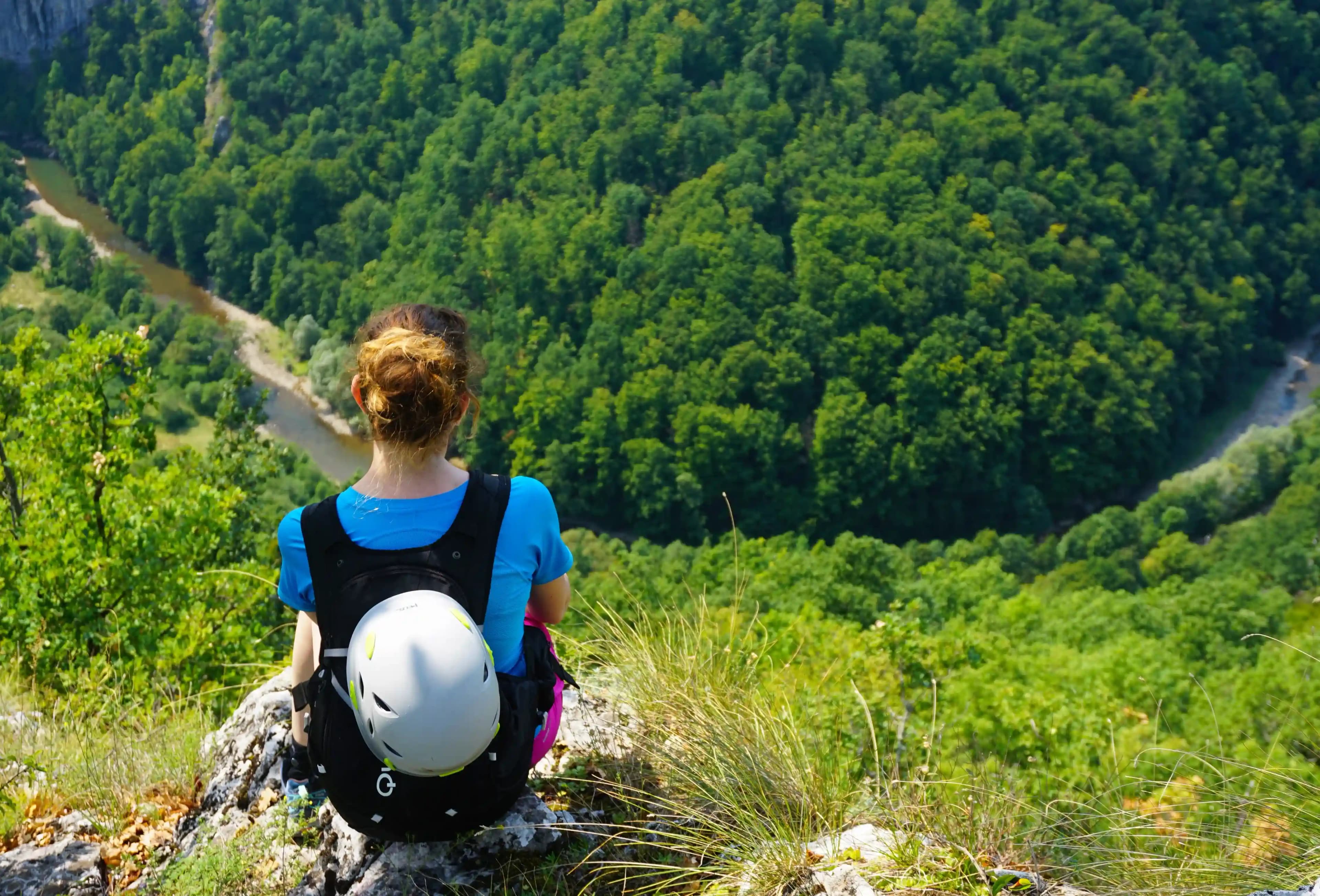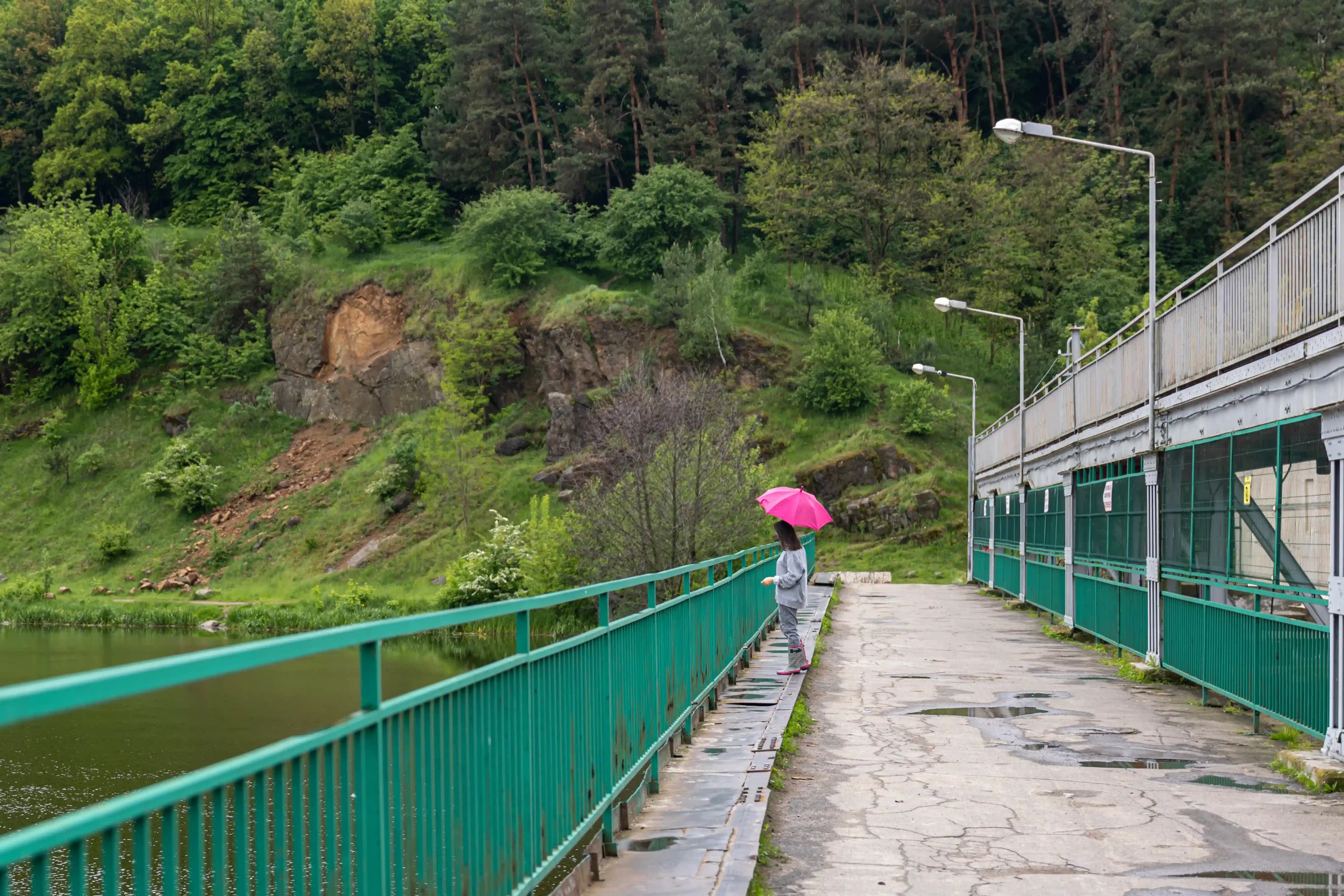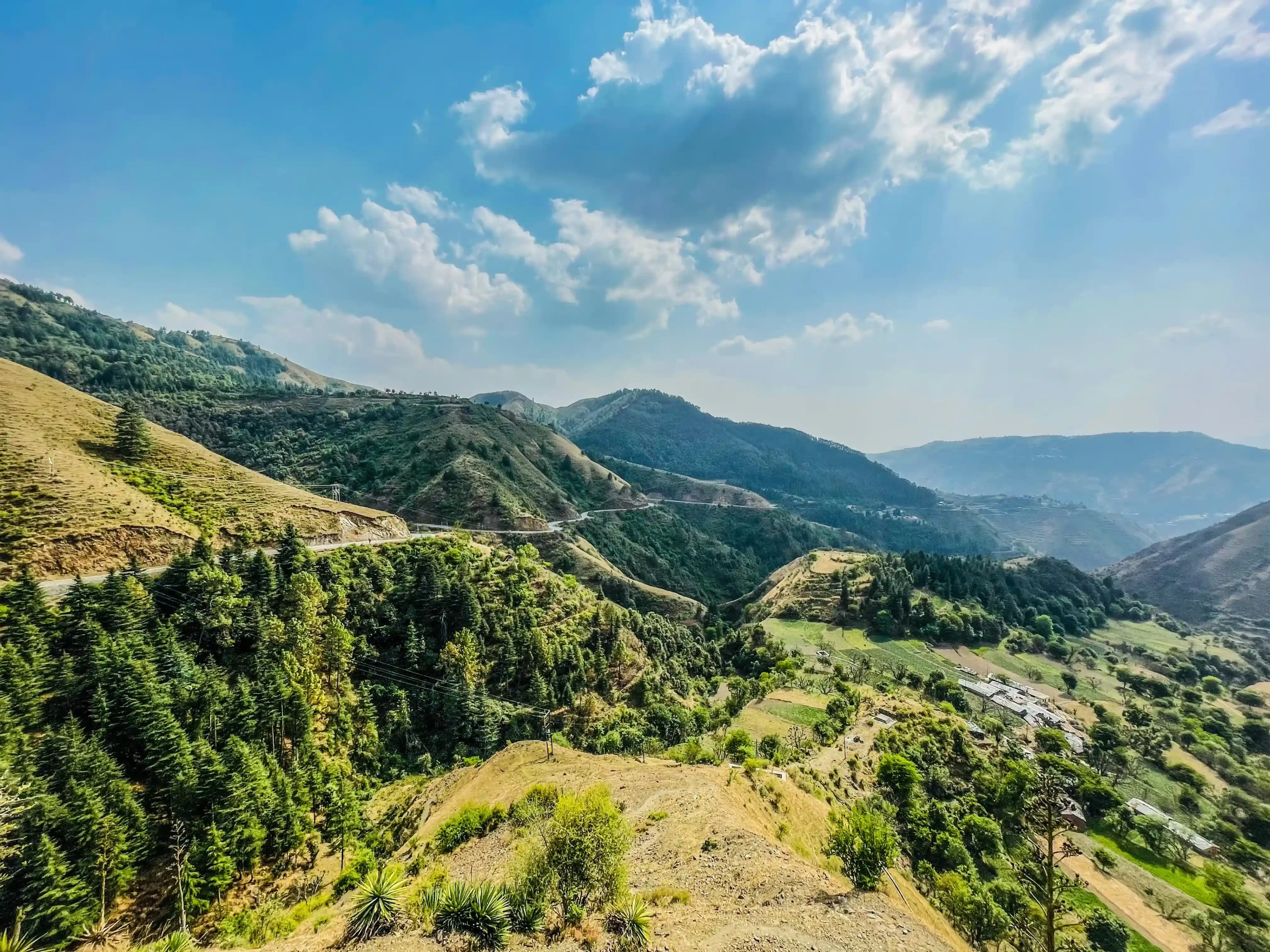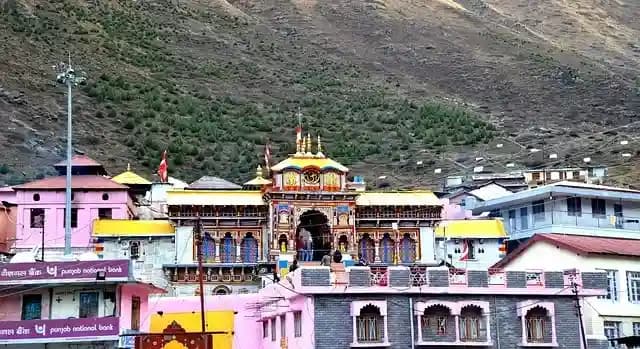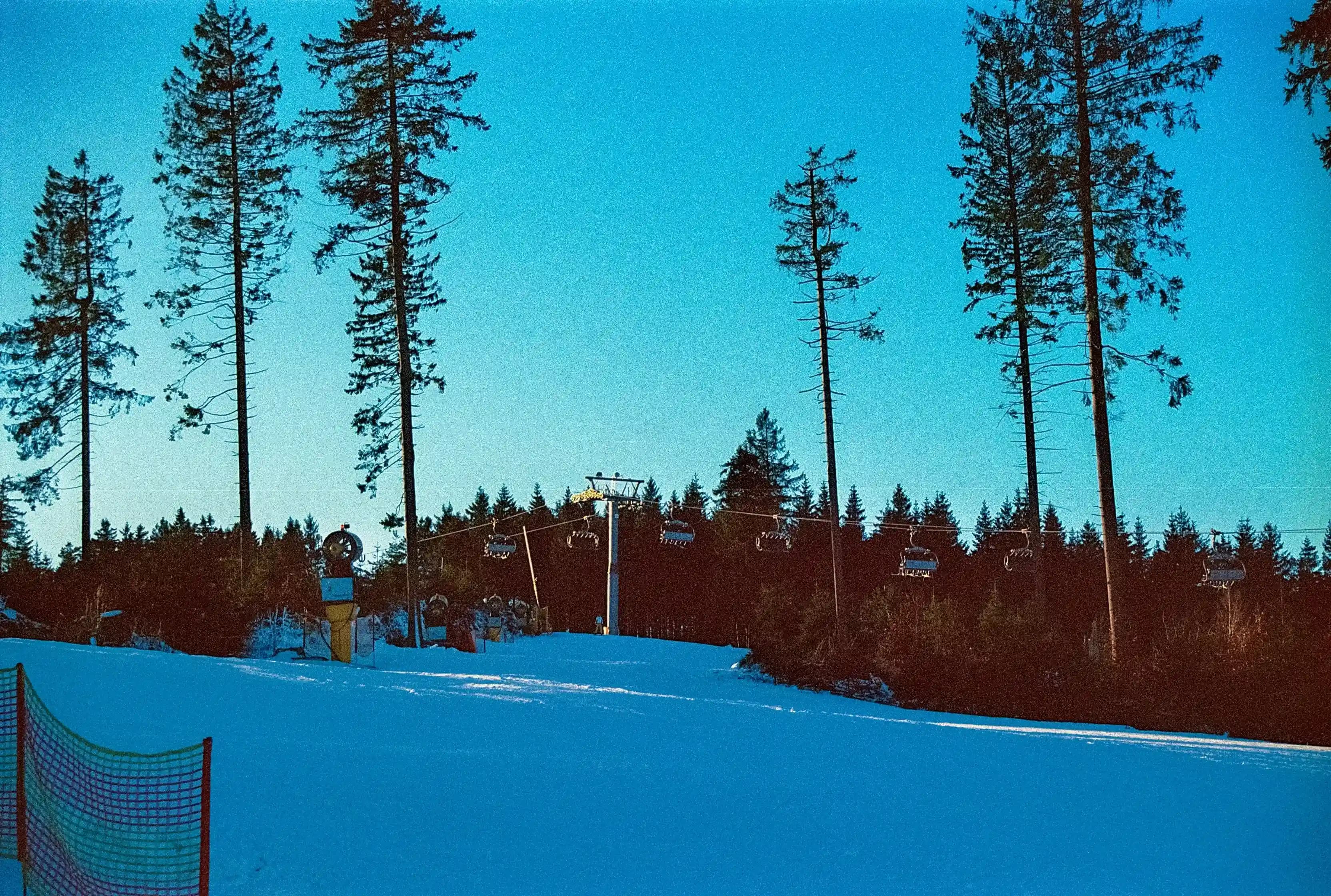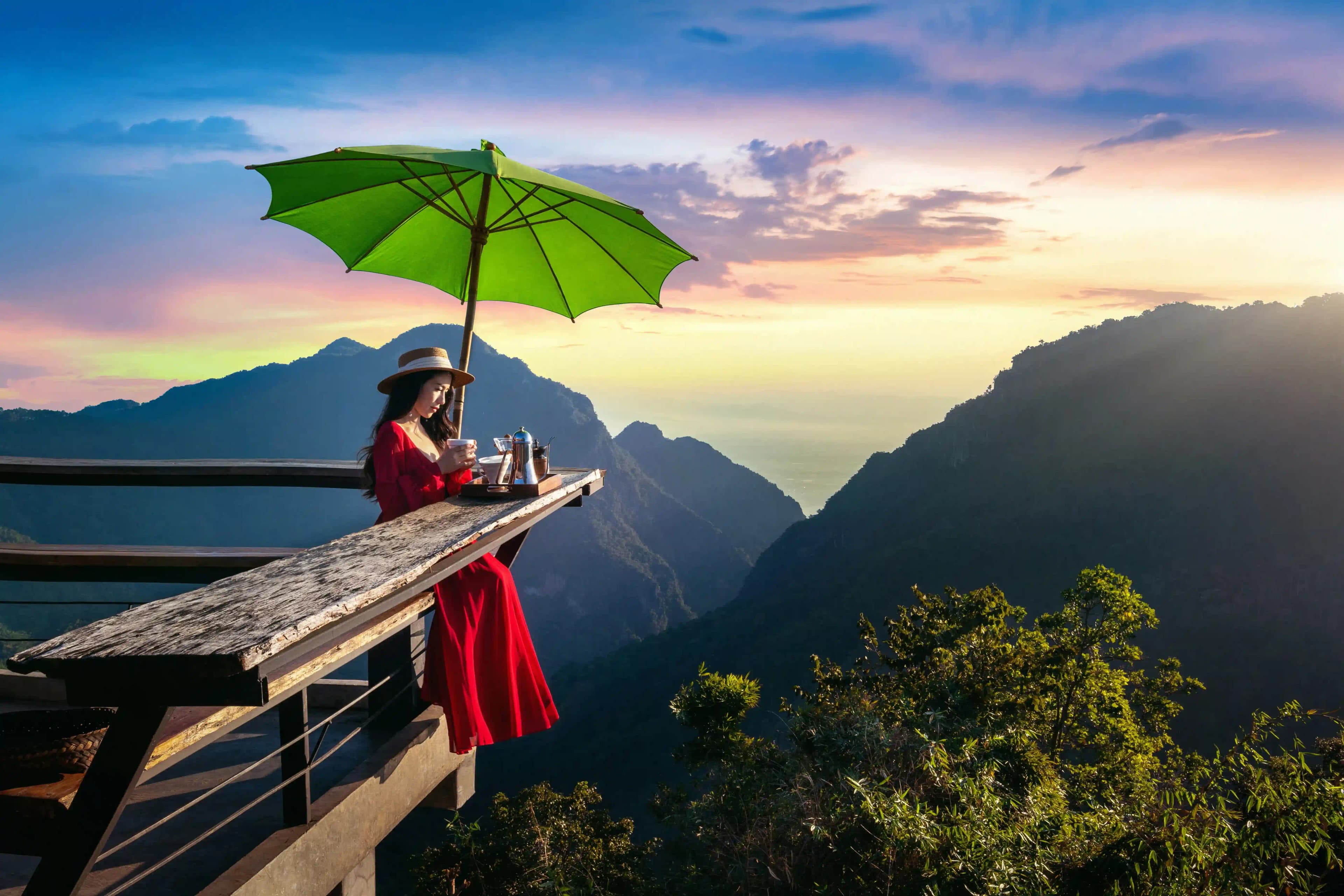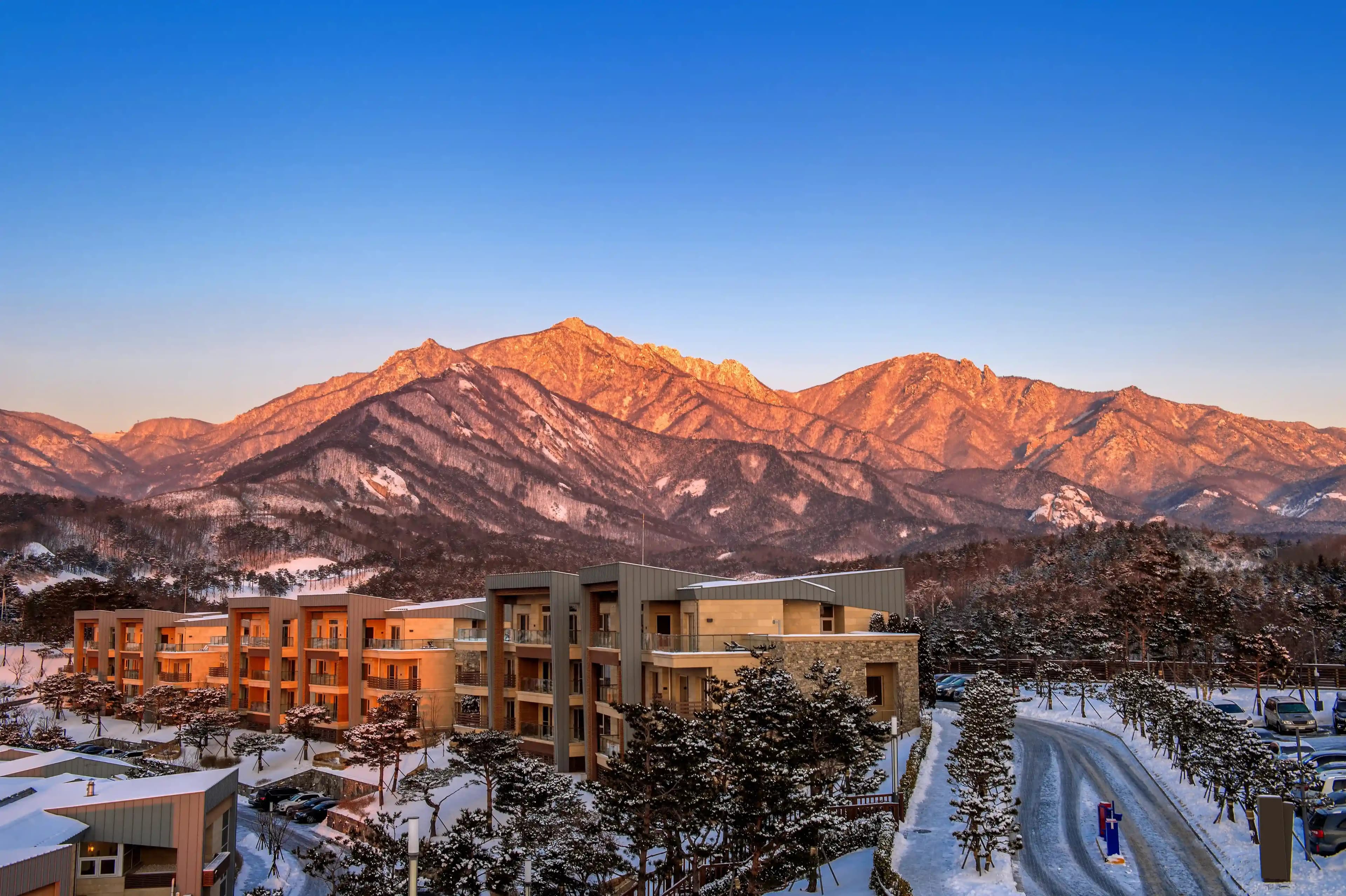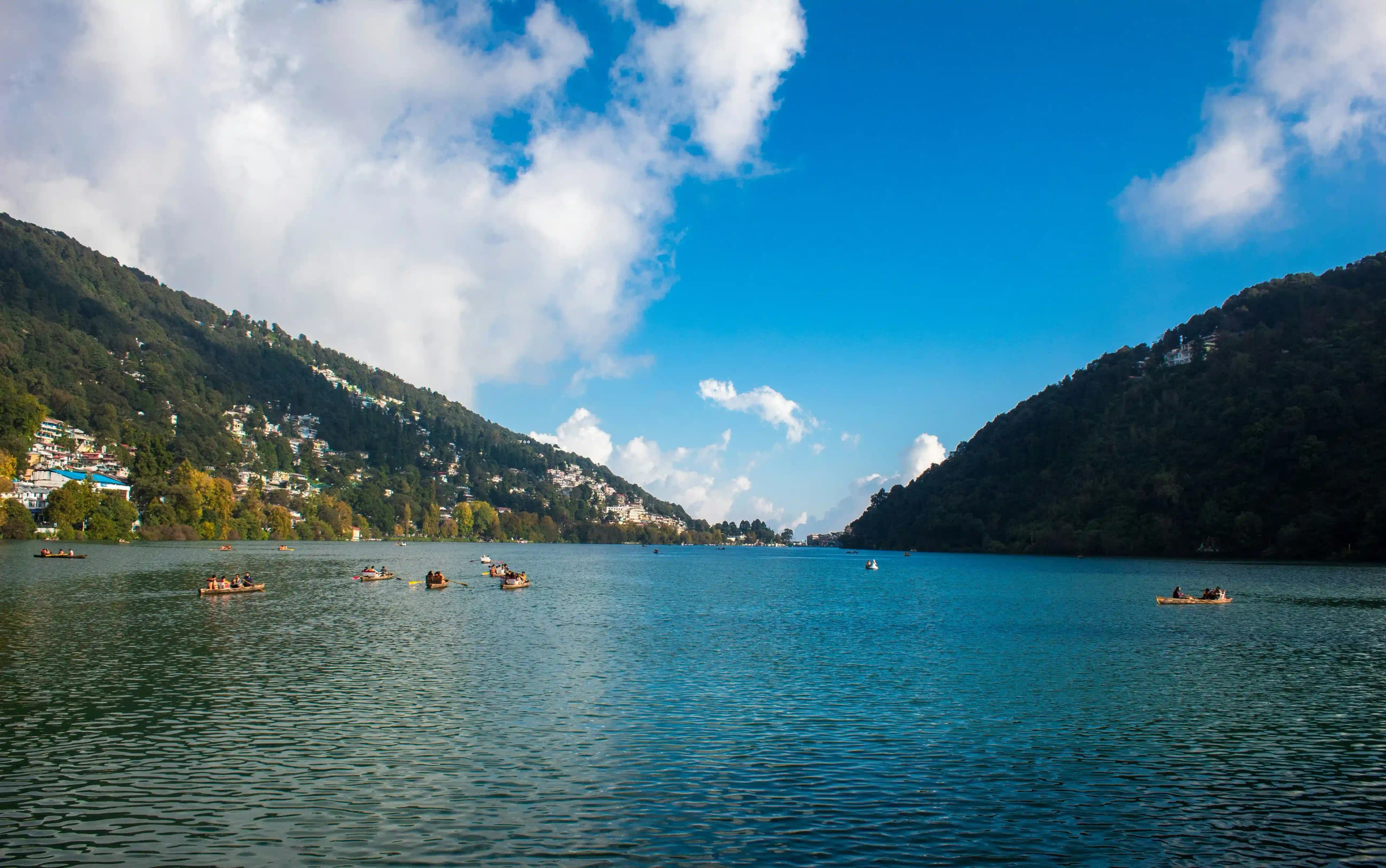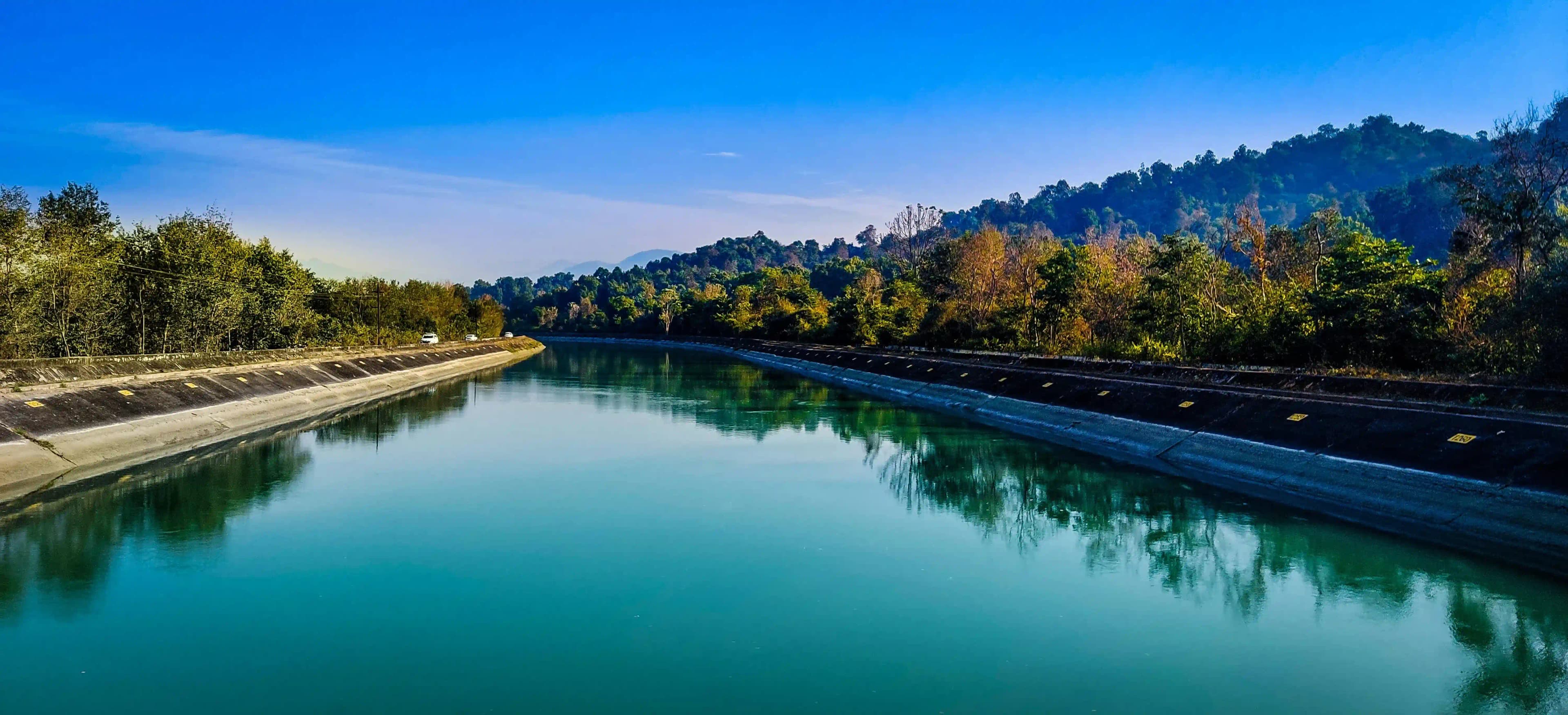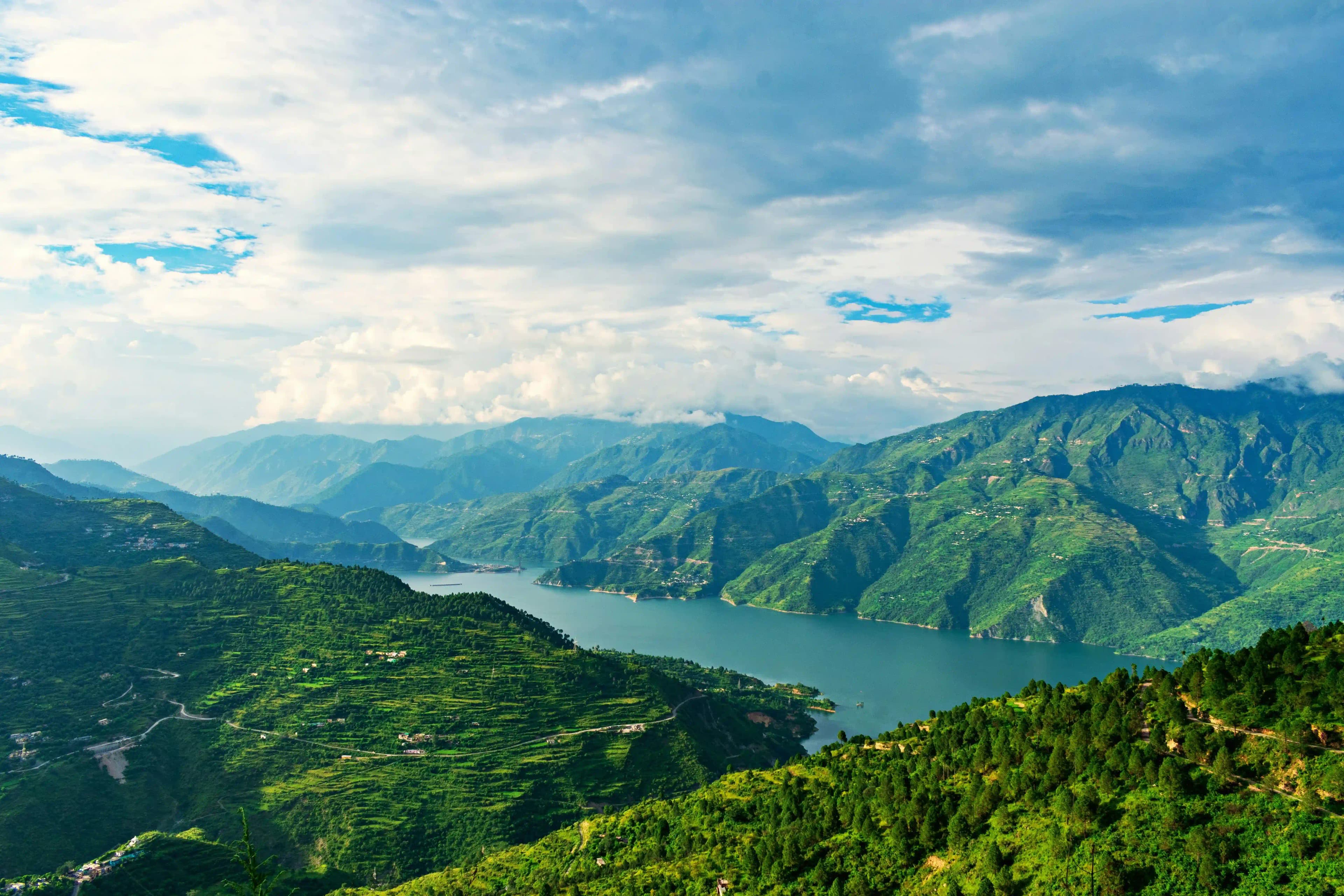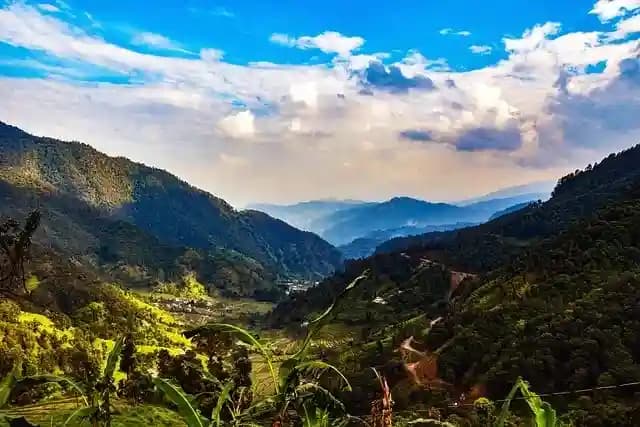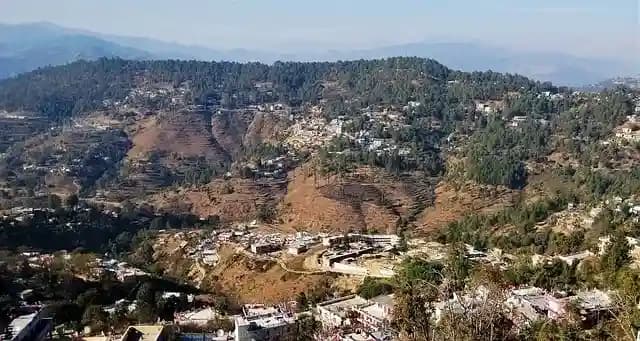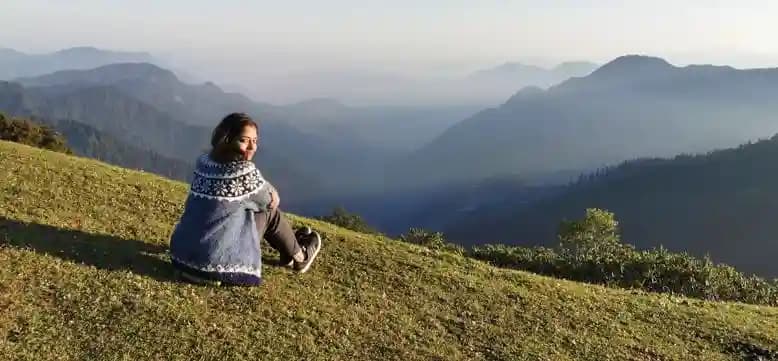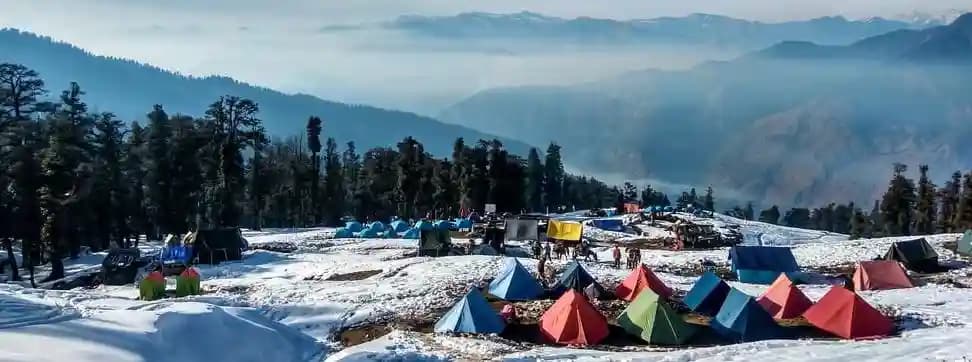A little village tucked away in the Himalayas, Kedarnath is well-known for its historic temple honoring Lord Shiva. However, the same village of temple is home to the Mandakini River. It is another natural wonder that attracts tourists from all over the world. This river is essential to both the life of the people and the experiences of visitors to Kedarnath because of its pure waters and spiritual importance. We'll go into great length on the Mandakini River, its significance to visitors, and why it's a must-see for anybody visiting Kedarnath in this blog.
Significant Reasons To Visit The Mandakini River
The Origin
The Chorabari Glacier, which is close to Kedarnath, is where the Mandakini River begins. Situated around 3,800 meters above sea level, this glacier eventually melts to form the Mandakini. The river finally merges with the Alaknanda River after passing through the natural environment at Rudraprayag, experience this devine view in the Uttarakhand tour.
The Marvelous Scenery
Witnessing the Mandakini River make its way from the glacier to the plains is a wonderful sight. With magnificent views around every corner, the river flows through calm fields, rough rivers, and lush green valleys. It's the ideal location for nature enthusiasts and photographers since the sound of the rushing streams creates a calming background music. The charming scenery is made better by the riverbanks' scattering of historic temples, charming towns, and terraced farms.
Myths And Legends
Hindu legend holds that the Ganges and the Mandakini River are connected. It is said that Lord Shiva allowed the Ganges to pass through his matted hair, forming many streams, including the Mandakini. The river's holiness is increased by its link to the Ganges, making it a crucial component of the Kedarnath pilgrimage.
Religious Significance
For Hindus, the Mandakini River has massive spiritual importance. It is respected and bathing in its waters is thought to bring about spiritual purity and sin-cleansing. The river is strongly linked to the Kedarnath Temple, a popular pilgrimage site and one of the twelve Jyotirlingas. Before entering the temple, pilgrims frequently take a ceremonial clean in the Mandakini, which they believe gets them ready for the holy experience.
Adventures & Spiritual Journeys
The Mandakini River is mostly attractive to tourists because of its spiritual and religious importance. Every year, hundreds of pilgrims come to the Kedarnath Temple, which is located next to the river. The walk to the temple, which is usually done on foot, goes by the river and offers beautiful scenery and spiritual comfort. A very affecting mood is created by the sound of the river, prayer chants, and temple bell ringing.
Nature And Wildlife
The natural diversity of the Mandakini River valley is abundant. Several types of plants and animals could possibly be found in the 975 square kilometer Kedarnath Wildlife Sanctuary. Visitors can spot a wide variety of bird species as well as creatures including the snow leopard, musk deer, and Himalayan black bear. There are plenty of chances for photography, nature hikes, and bird watching along the riverbanks and in the neighboring woodlands, making it a perfect tourist spot.
Camping And Adventure
Trekking enthusiasts will find bliss in the Mandakini River area. One of the most well-liked treks is to Kedarnath Temple, which combines adventure and spiritual tourism. The track, which begins in Gaurikund, spends much of its length following the river, offering hikers breathtaking views and the energetic force of the moving water. There are many hiking trails in the area that provide outstanding views of the Mandakini River and the surrounding hills. One such trail is the trip to Vasuki Tal.
Environmental Challenges
The Mandakini River is a significant and beautiful river, but it also suffers many environmental problems. Issues including trash, pollution, and demand on local resources have arisen as a result of the growing number of tourists. The 2013 cloudburst-induced severe floods and the ensuing Mandakini overflow highlighted the area's vulnerability to natural calamities. Because of the extensive damage caused by these floods, more effective disaster management techniques and sustainable tourism practices are required.
Best Time To Visit Kedarnath River
May to October is the best time to visit Kedarnath and the Mandakini River. The trekking paths are accessible and the weather is good during this time of year. The monsoon season, which lasts from July to September, can be dangerous because of the potential for floods and landslides. Heavy snowfall throughout the winter months renders the area unsuitable.
Conclusion
A gem in Kedarnath's crown, the Mandakini River is known for its spiritual importance and crystal-clear waters. The Mandakini River has much to offer everyone, regardless of your interests—pilgrims seeking spiritual comfort, nature lovers seeking pleasant settings, or adventurers seeking exhilarating adventures. It is one of the best places to visit in Kedarnath because of its beauty as well as its significance in culture and religion.
But it's important to keep in mind that exceptional beauty carries a great deal of responsibility. It is our responsibility as visitors to protect the area's natural and cultural assets. We can guarantee that the Mandakini River flows beautifully, captivating and inspiring future generations, by engaging in sustainable tourism and honoring the local environment and culture.
Now that all of your stuff is set, put on your hiking boots, and get ready for an adventure along the beautiful Mandakini River. It offers an adventure that will linger with you even after you've left its gentle shores, one that is both visually stunning and spiritually enlightening.
